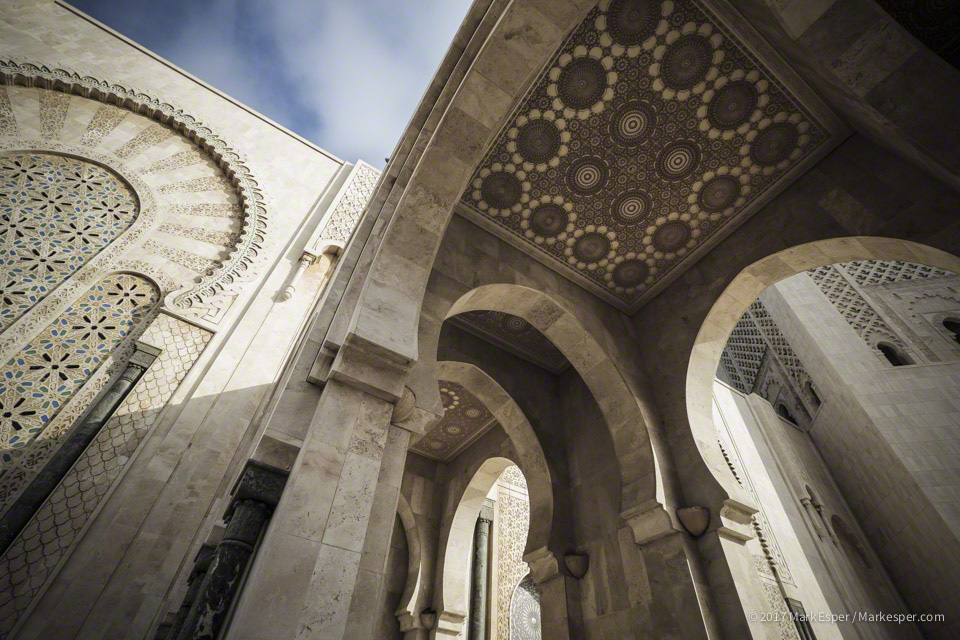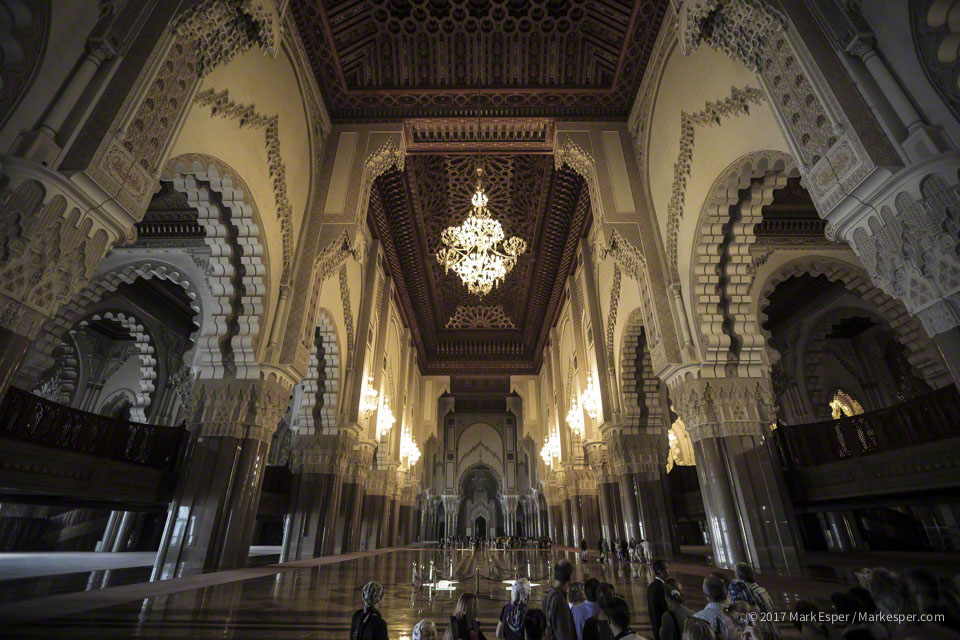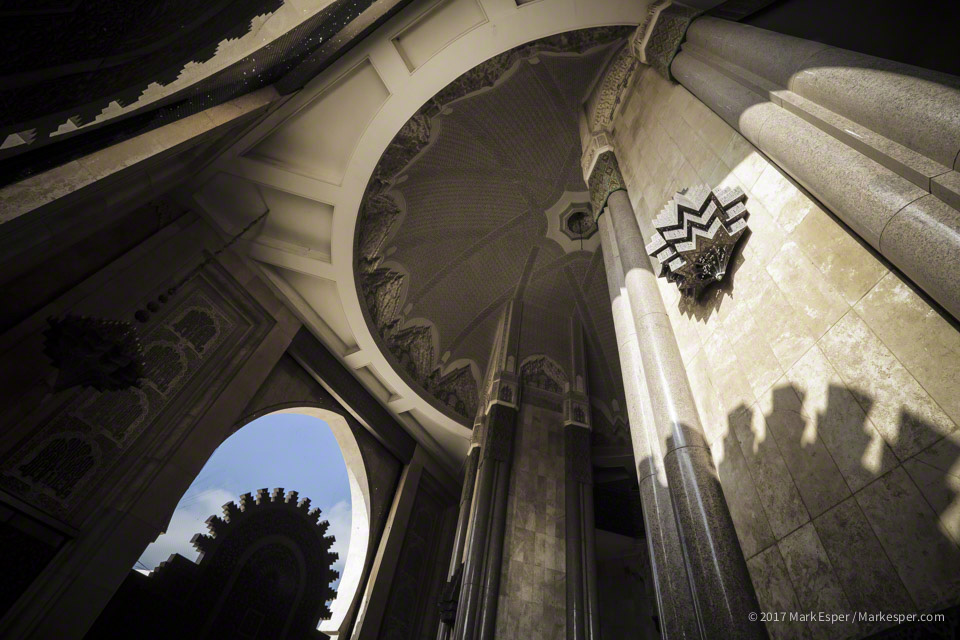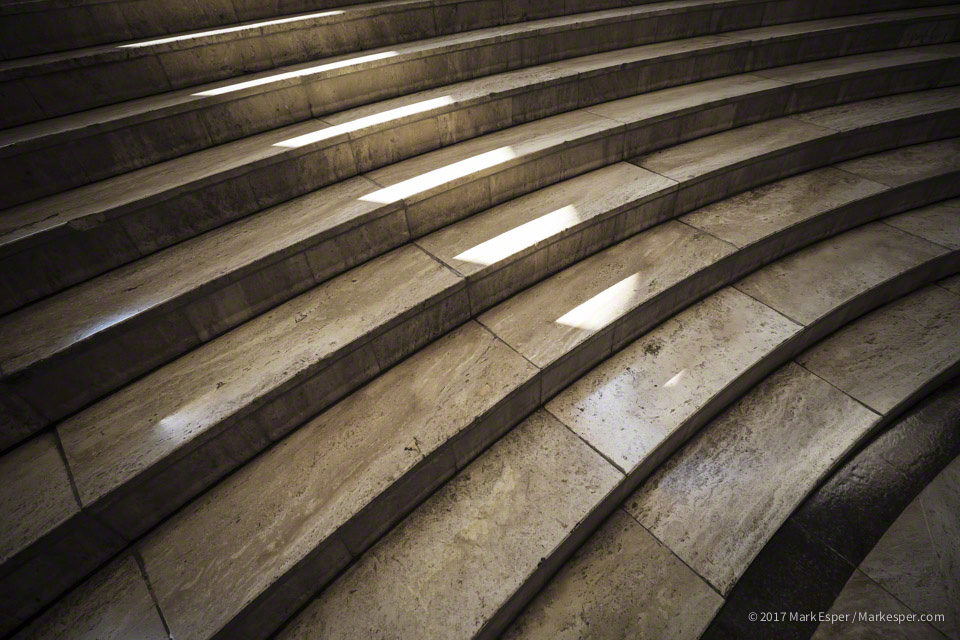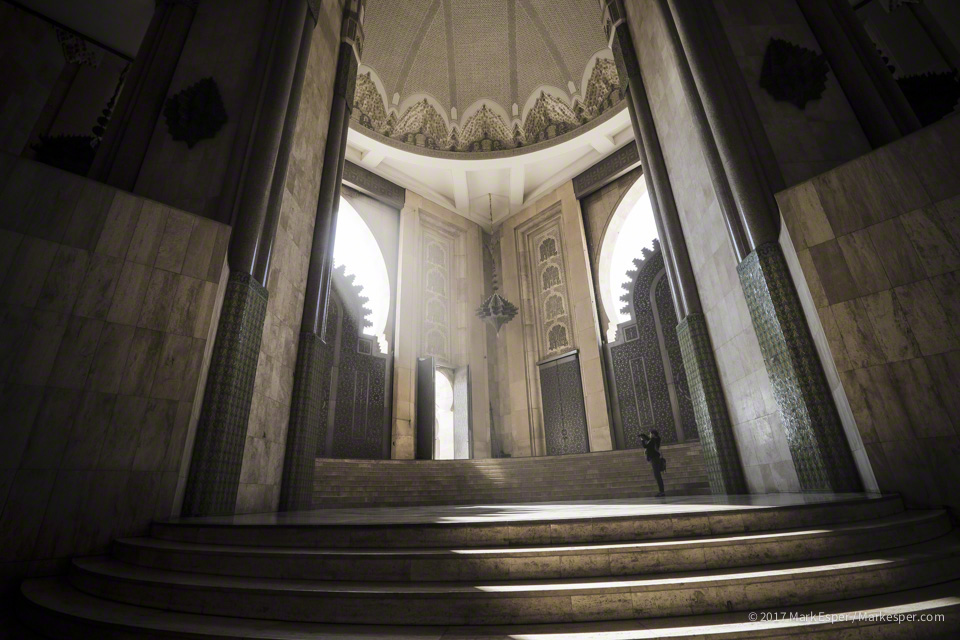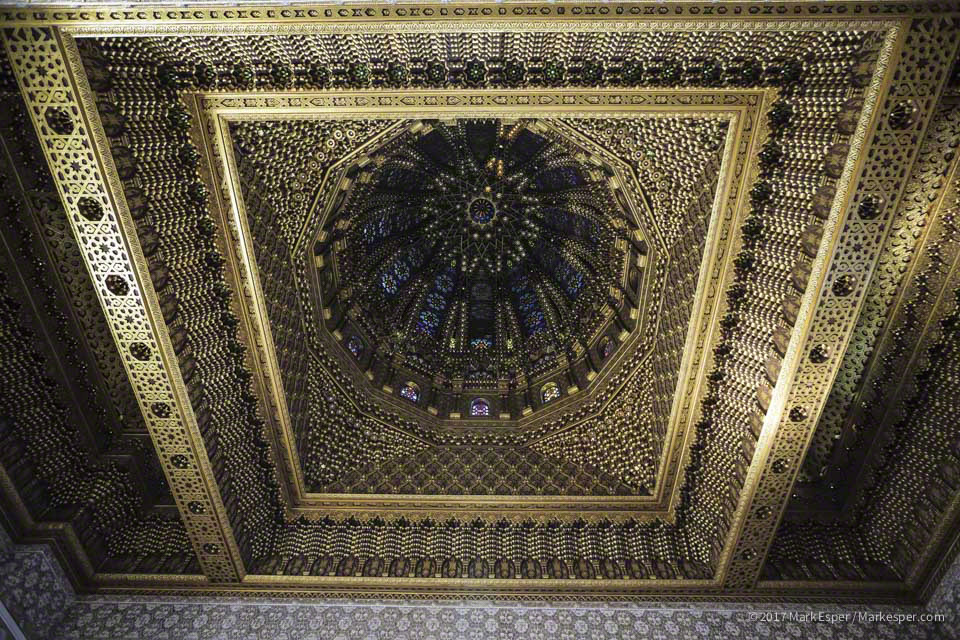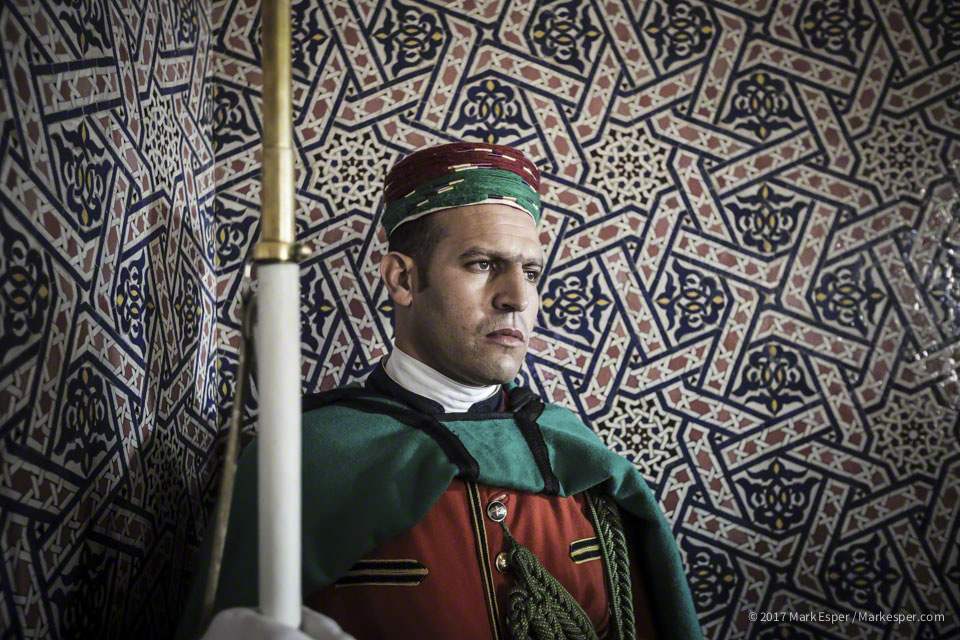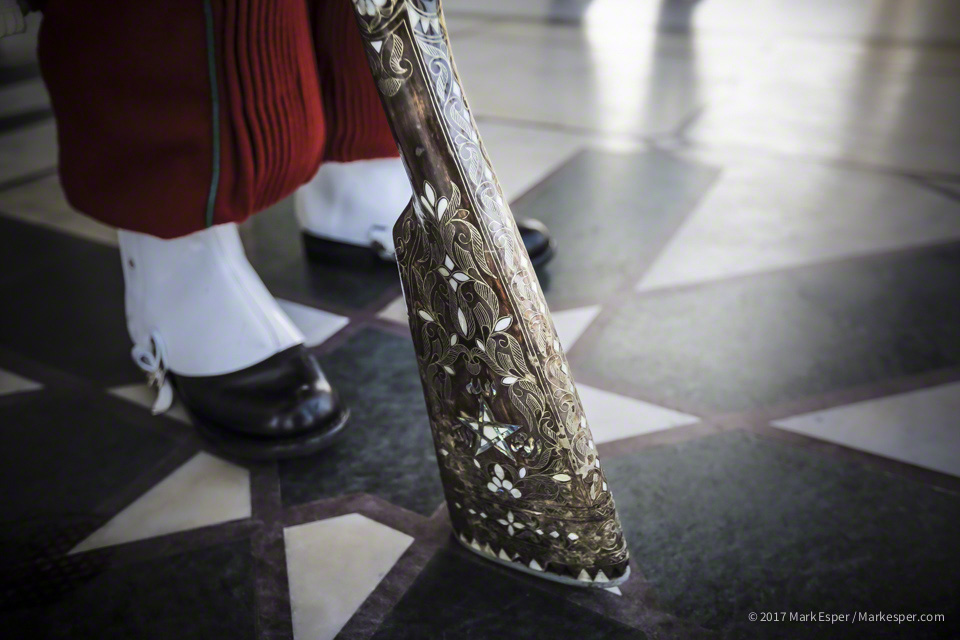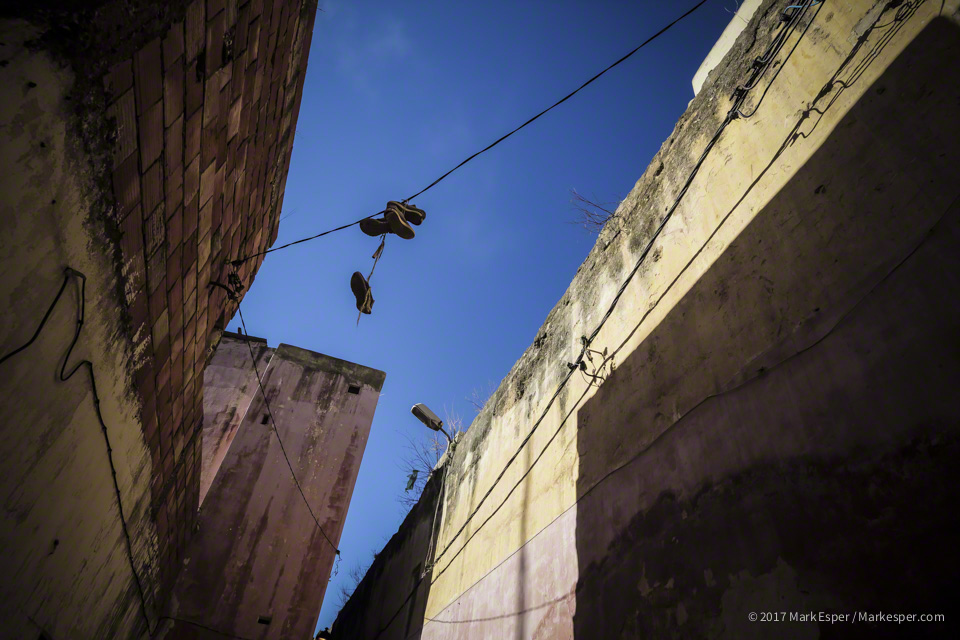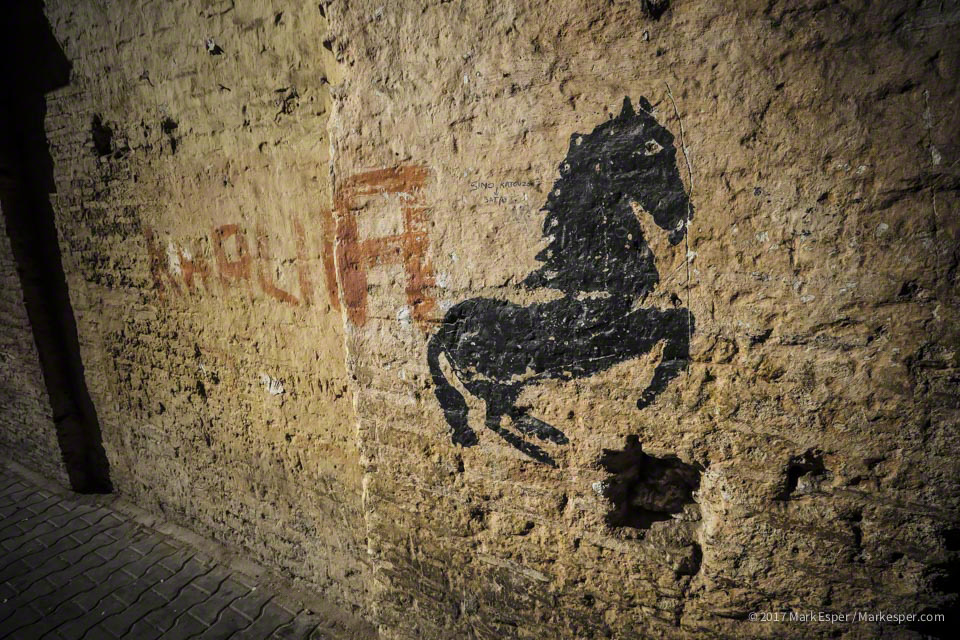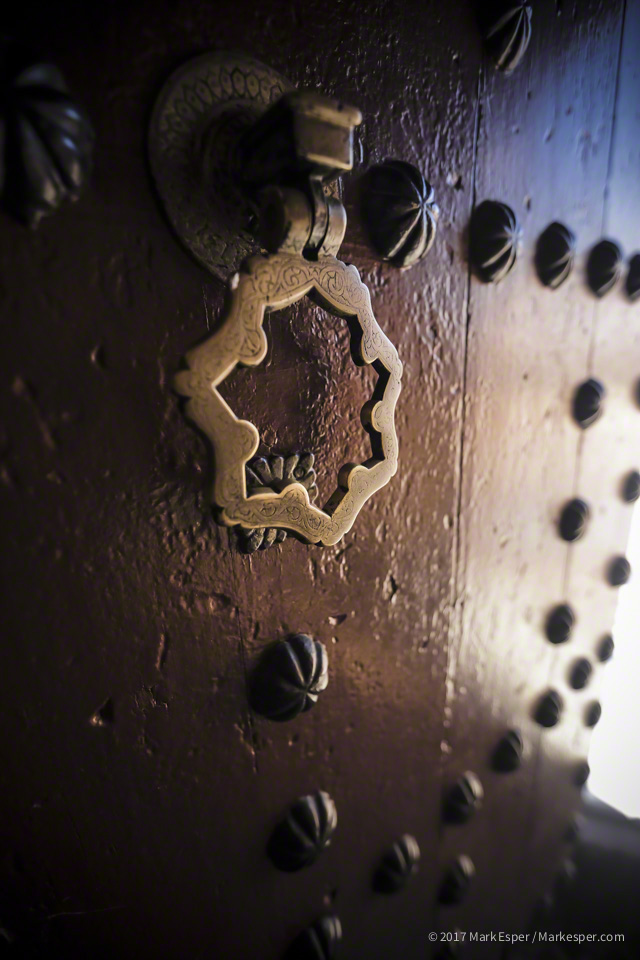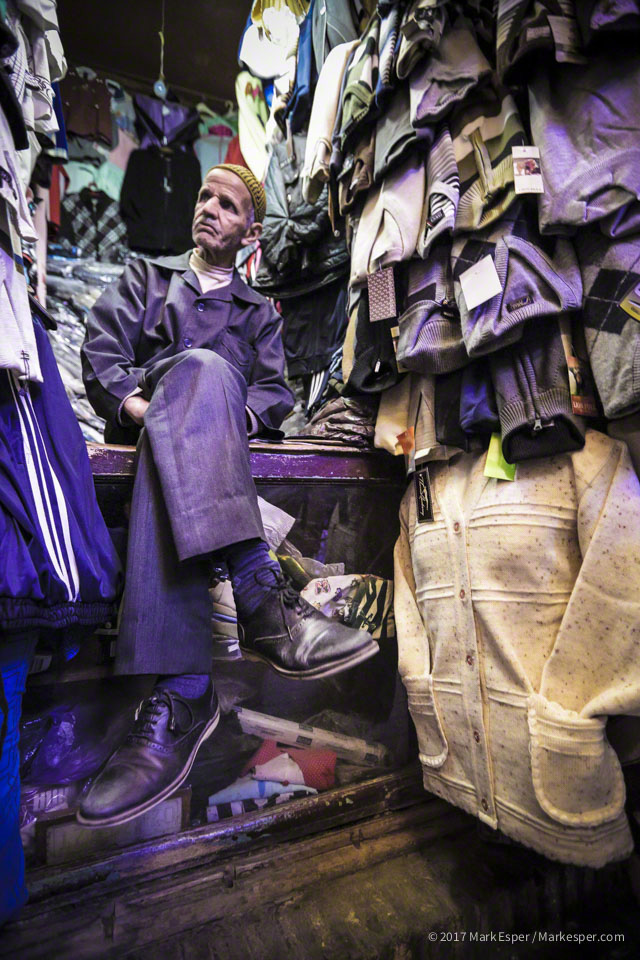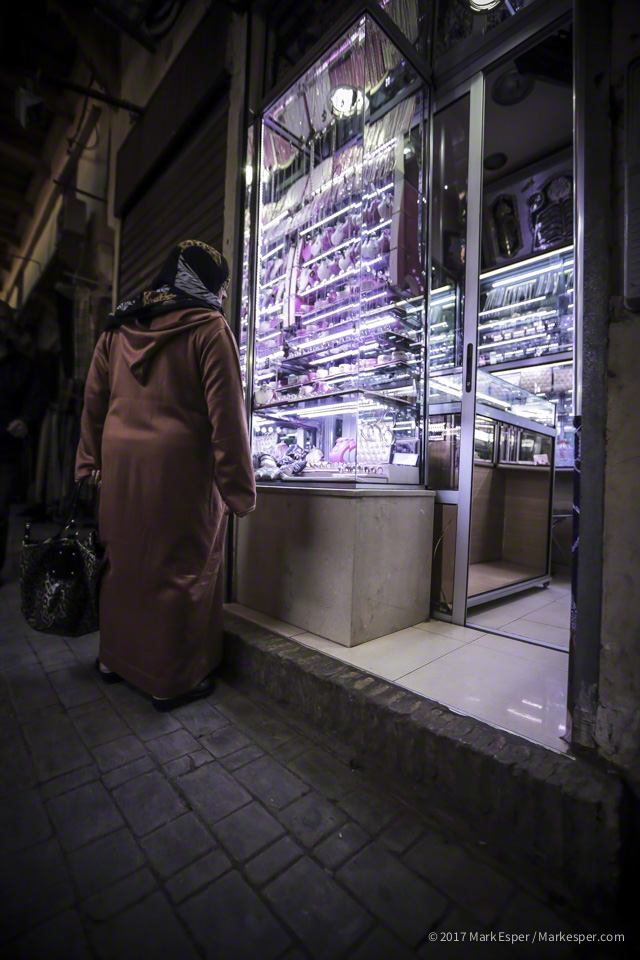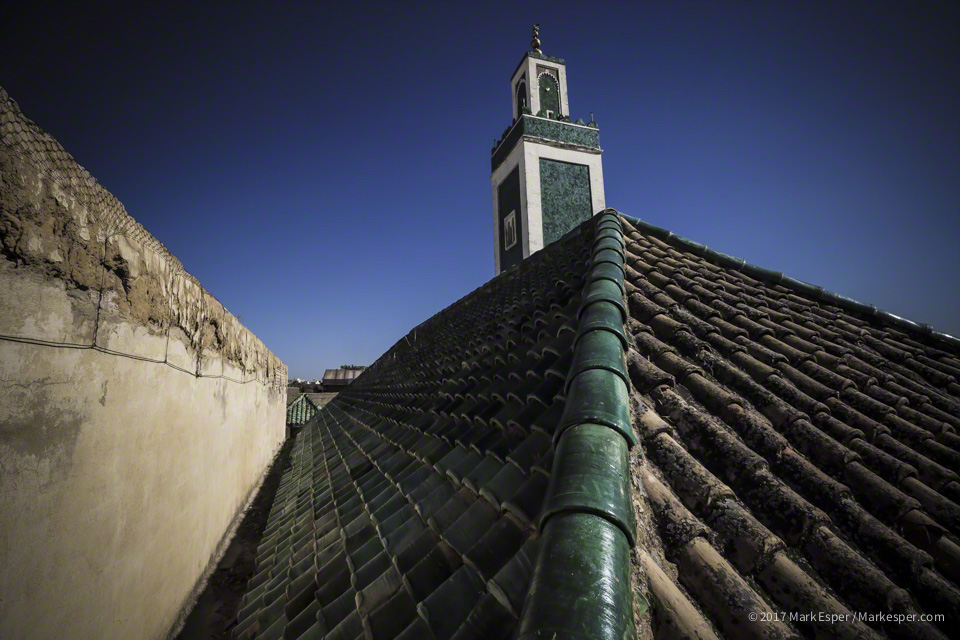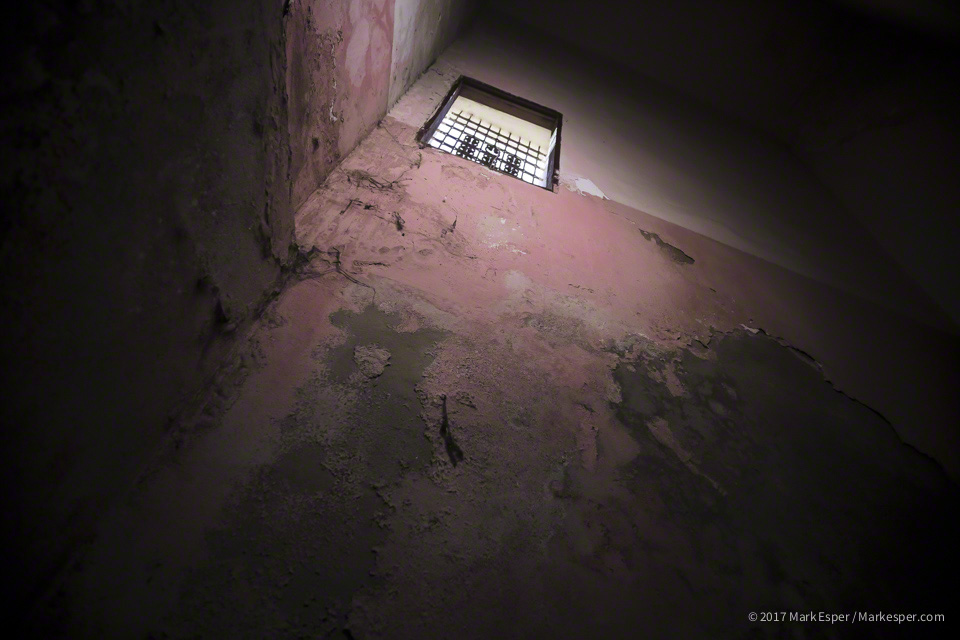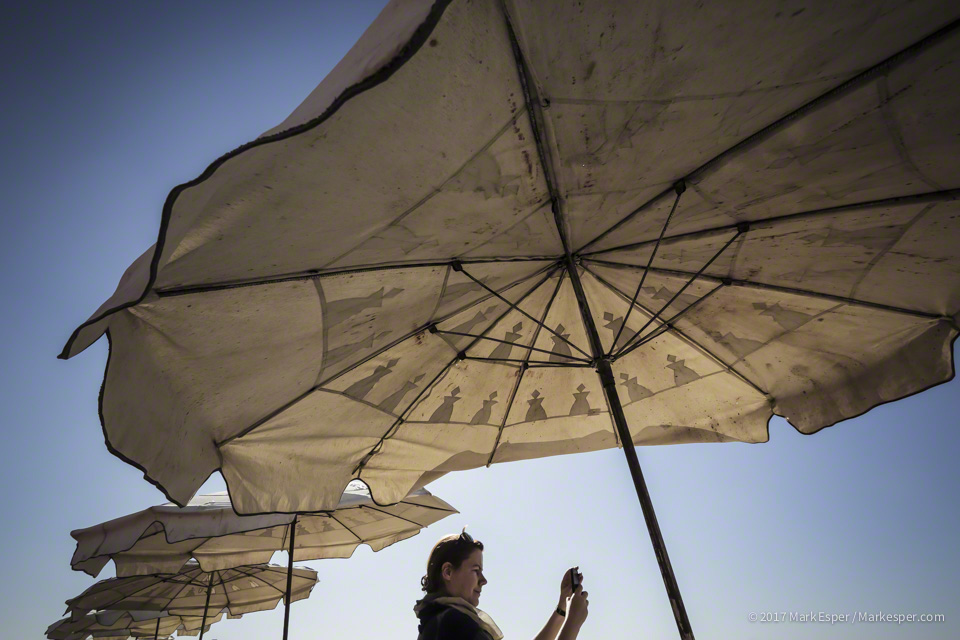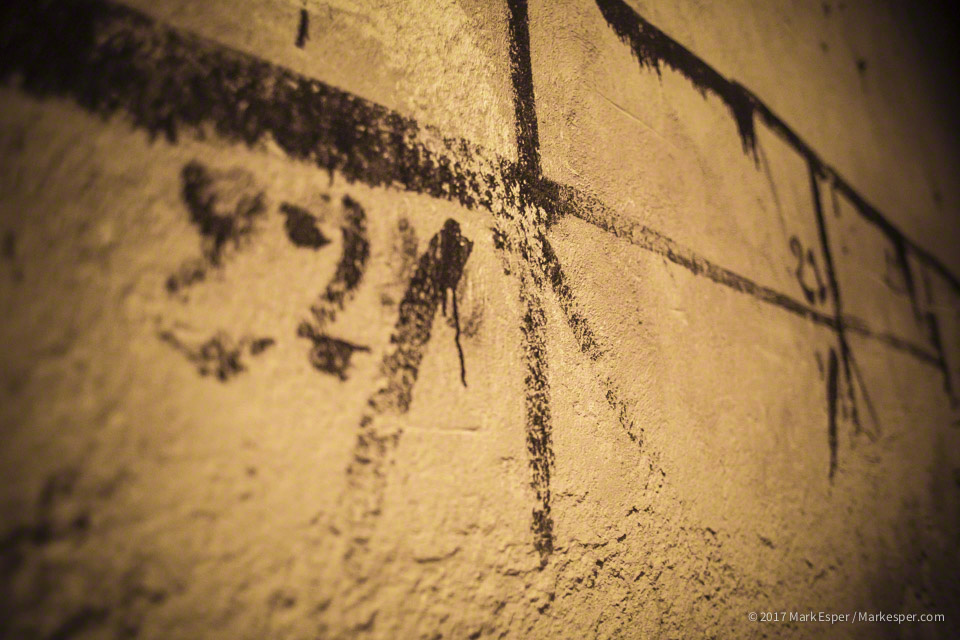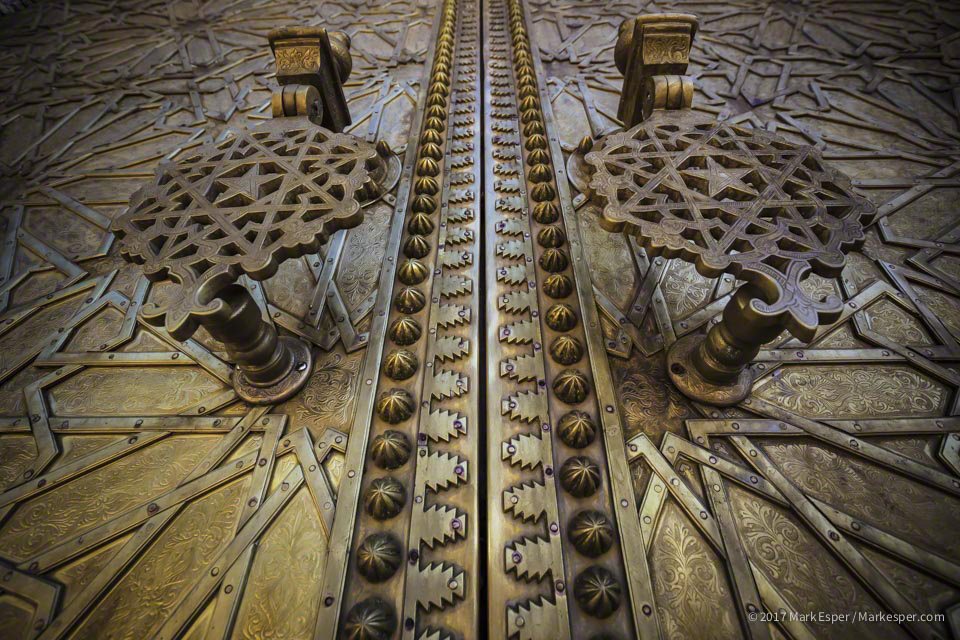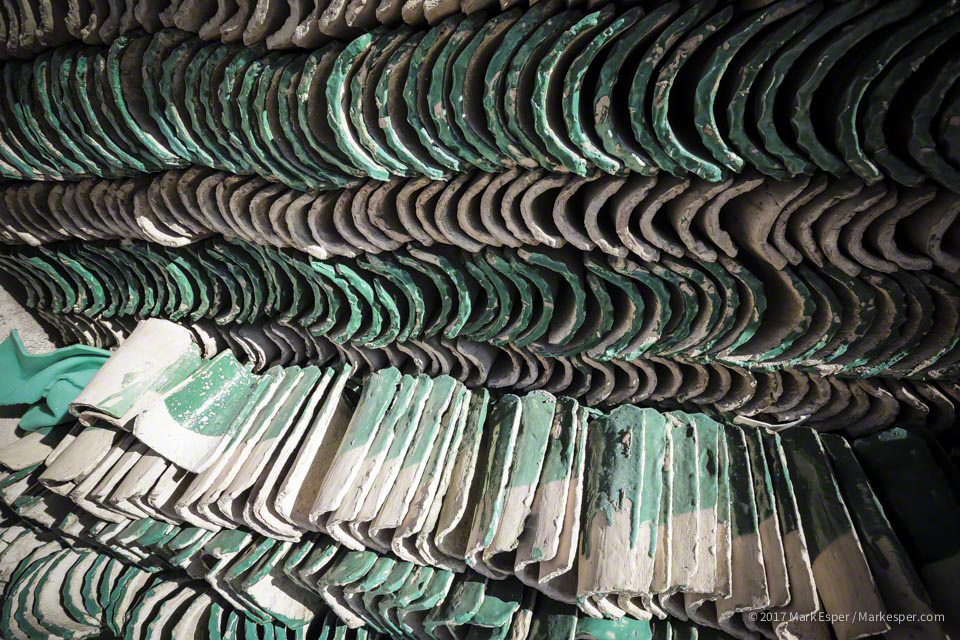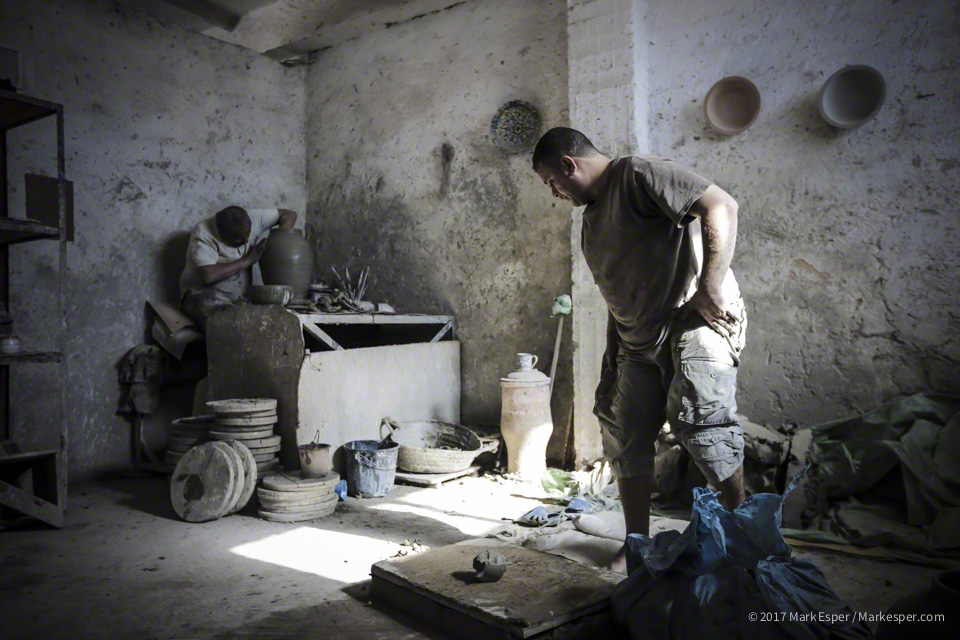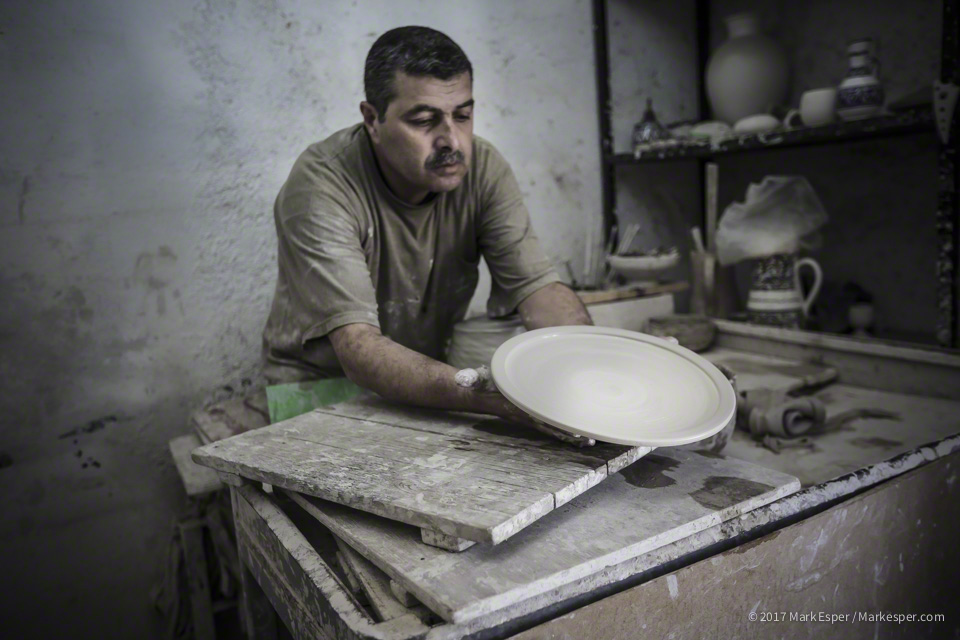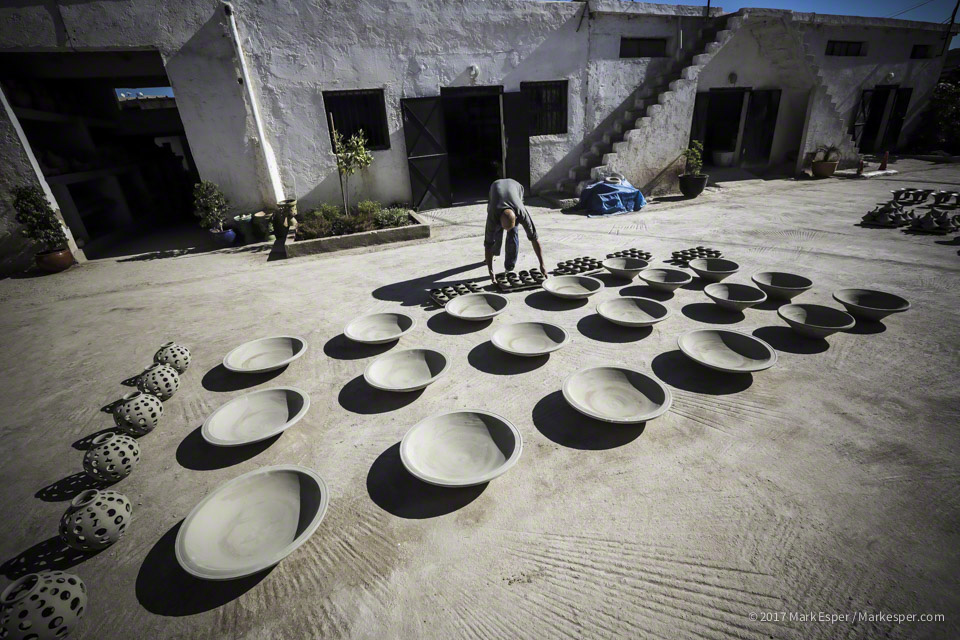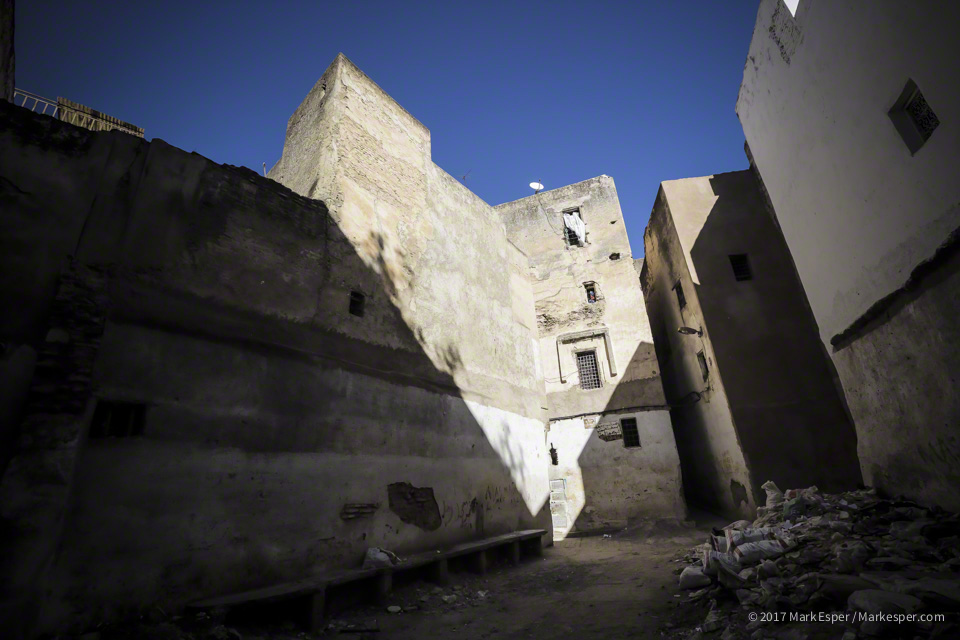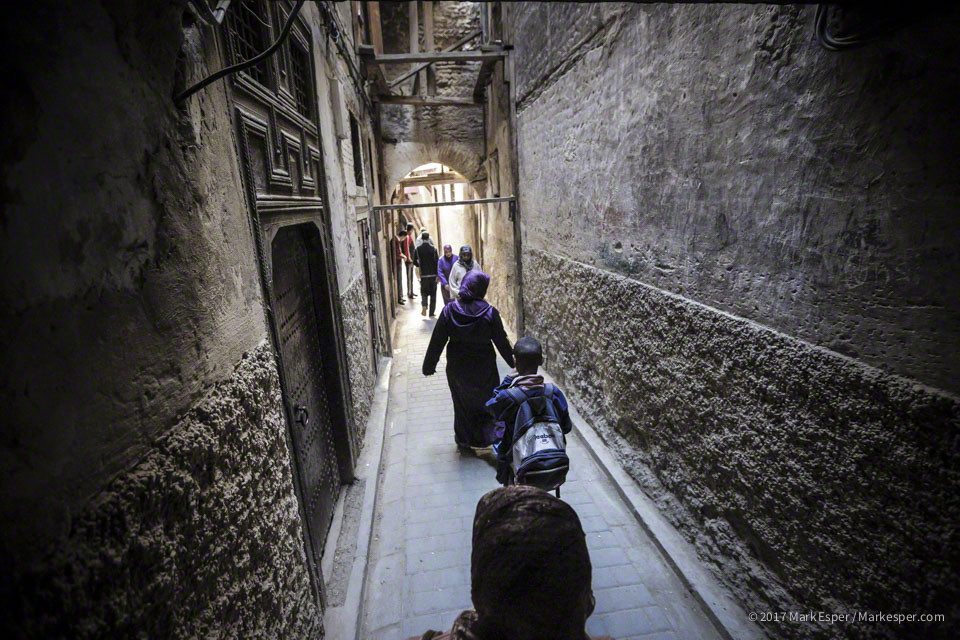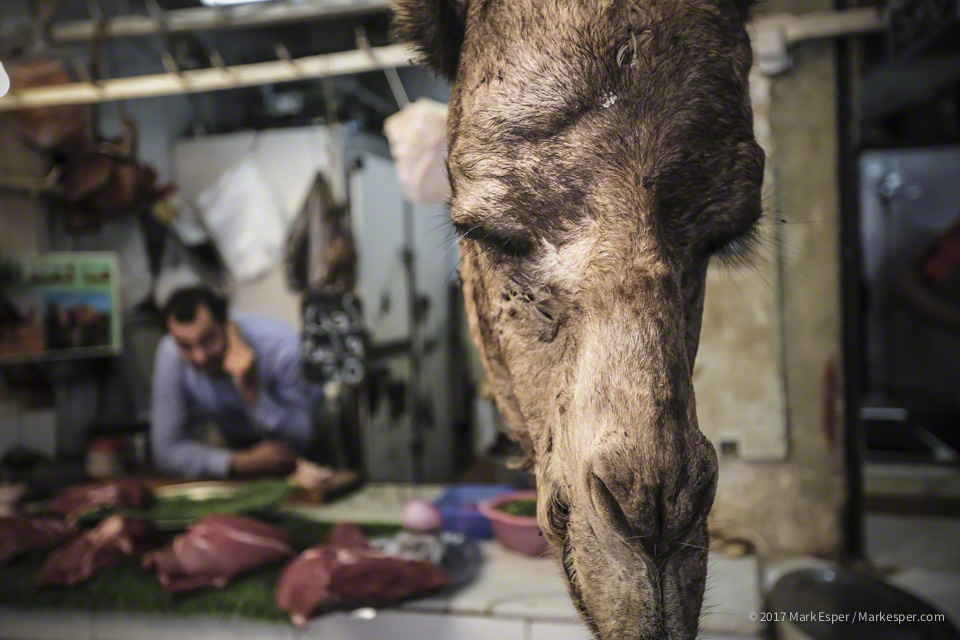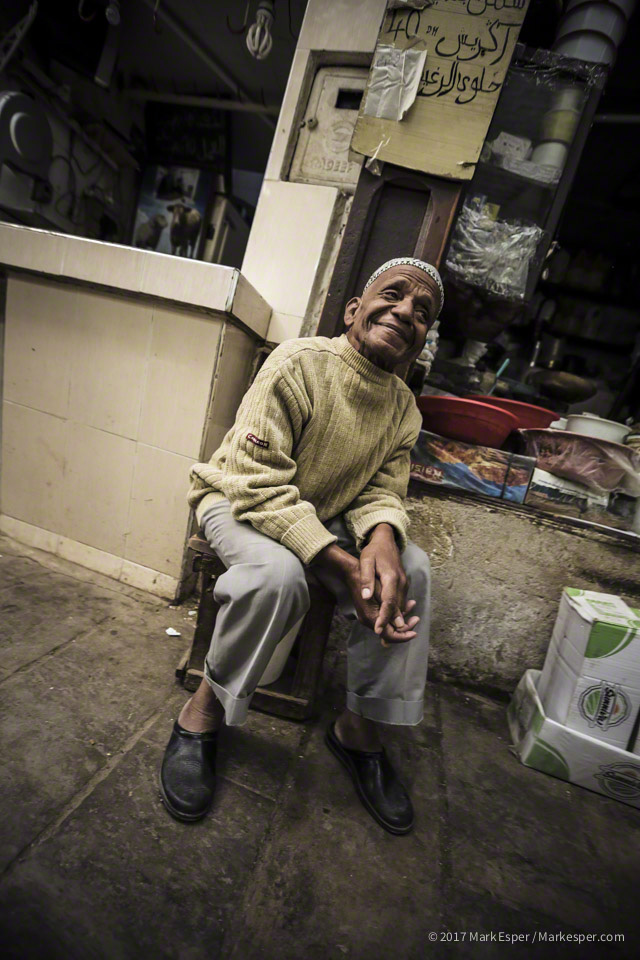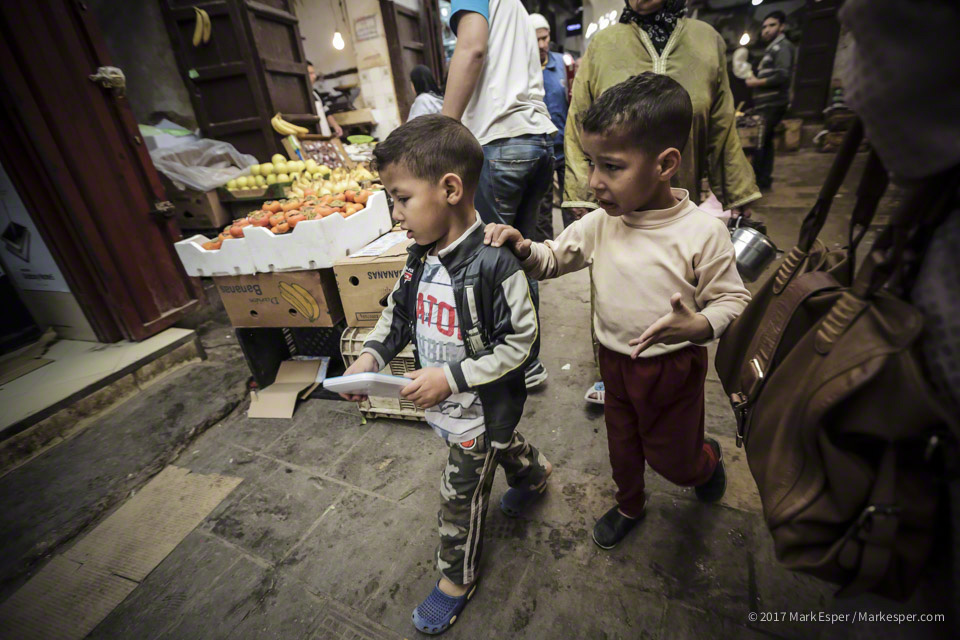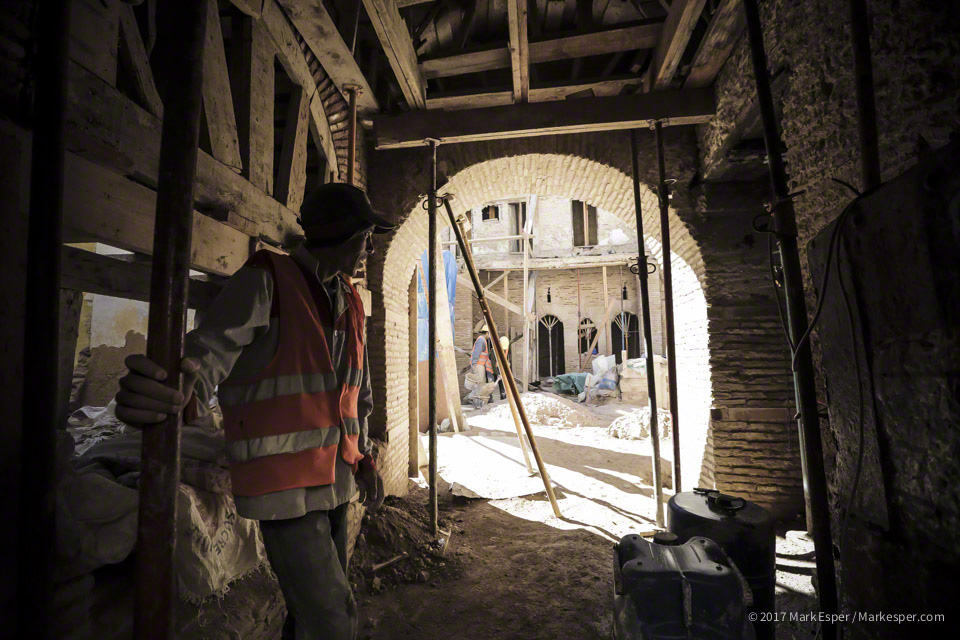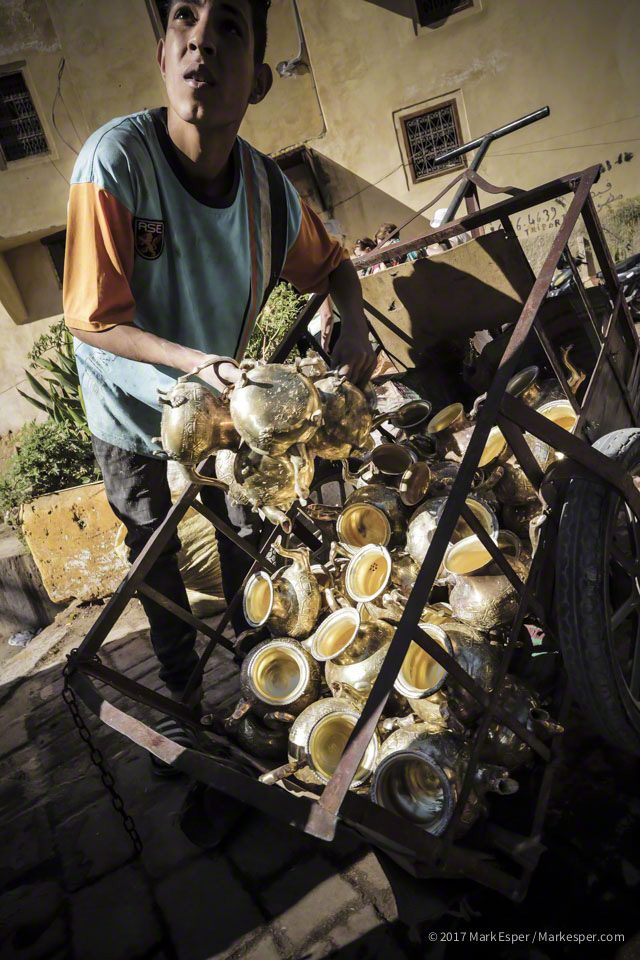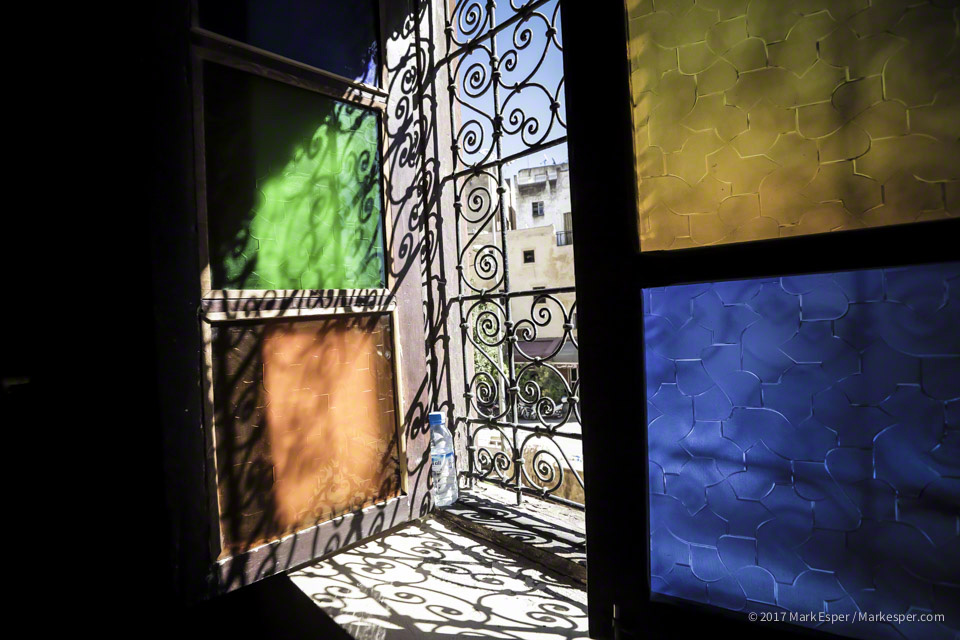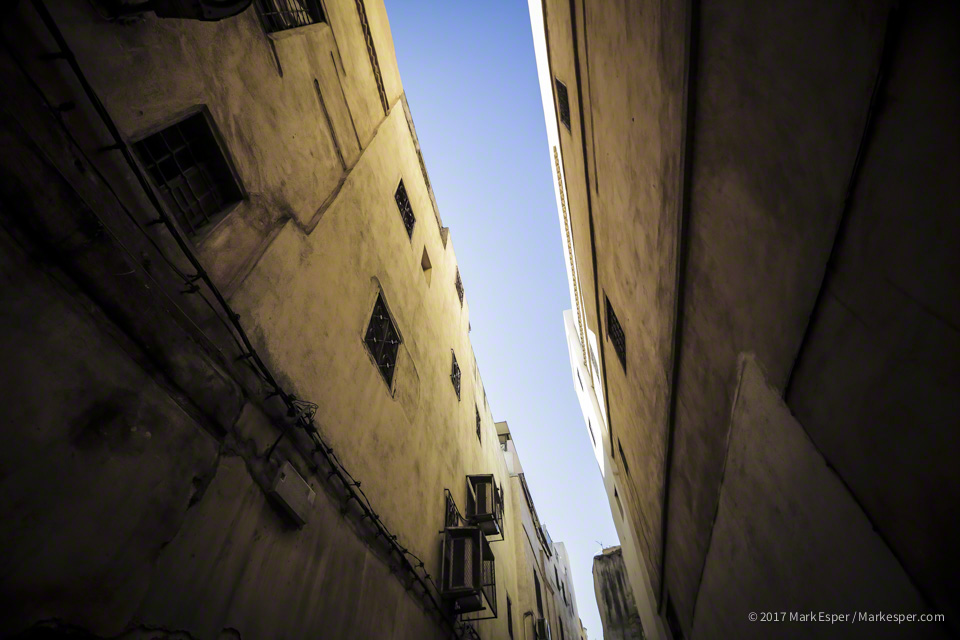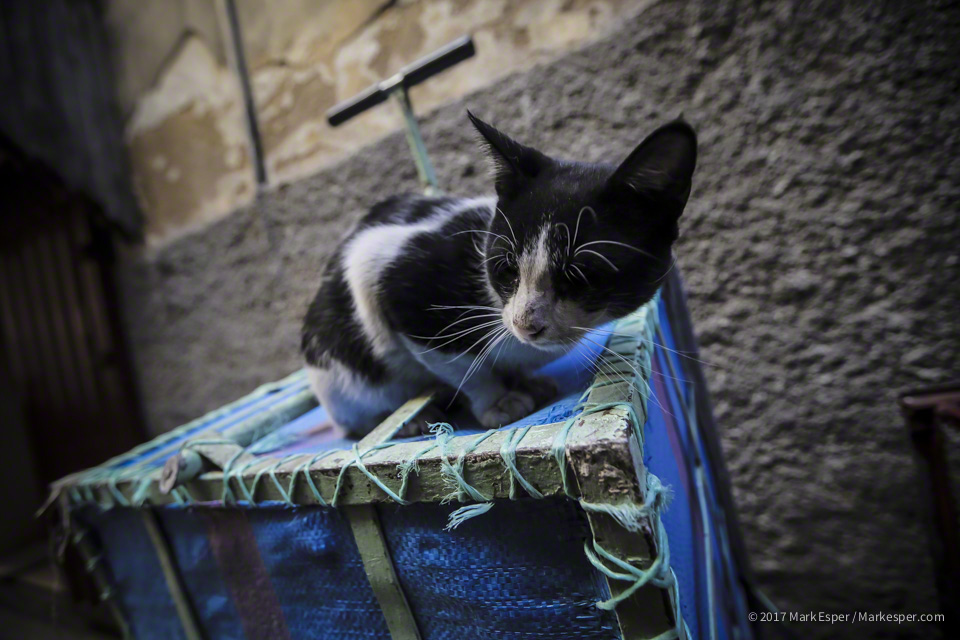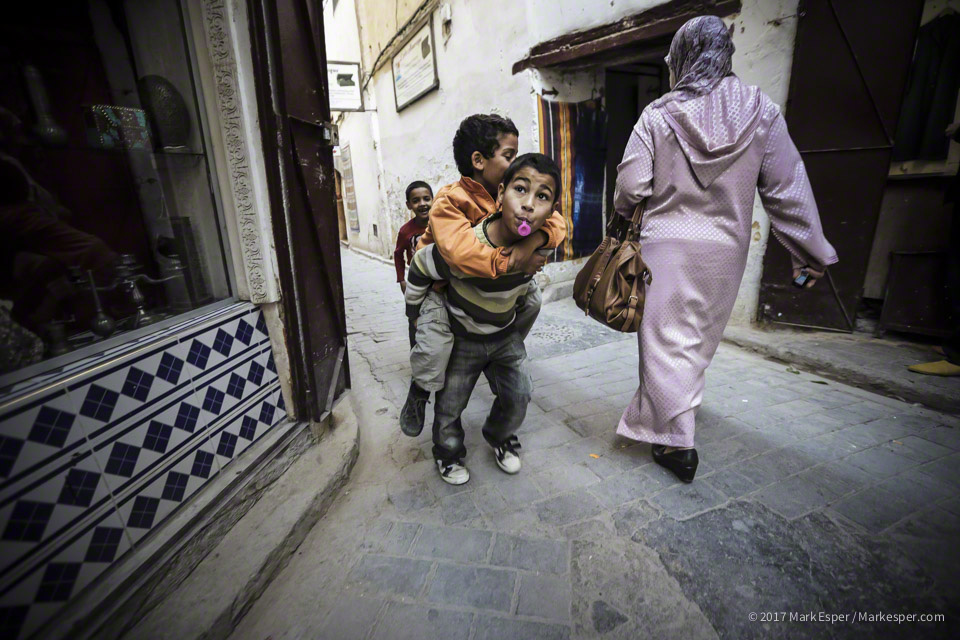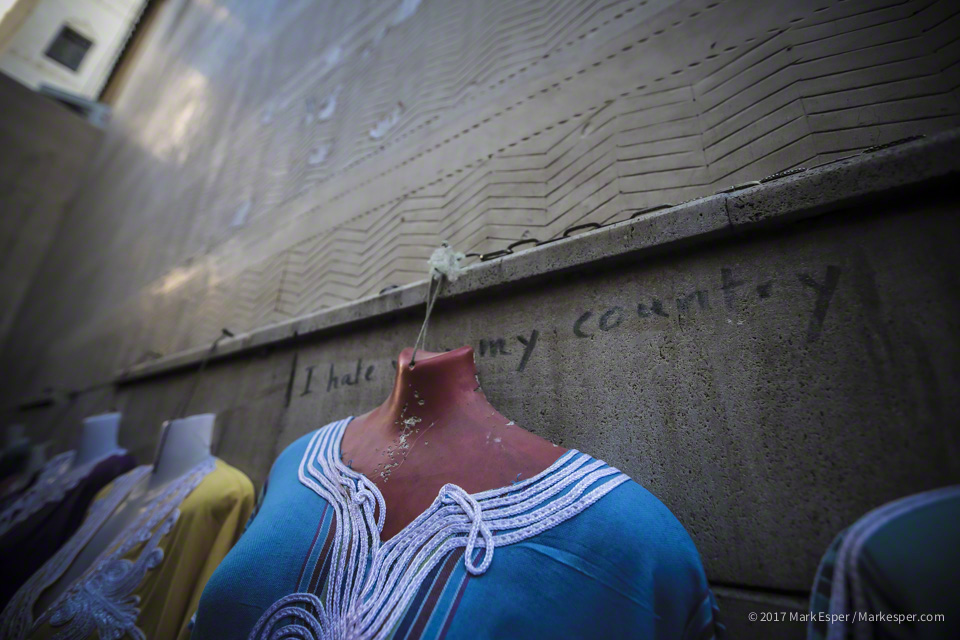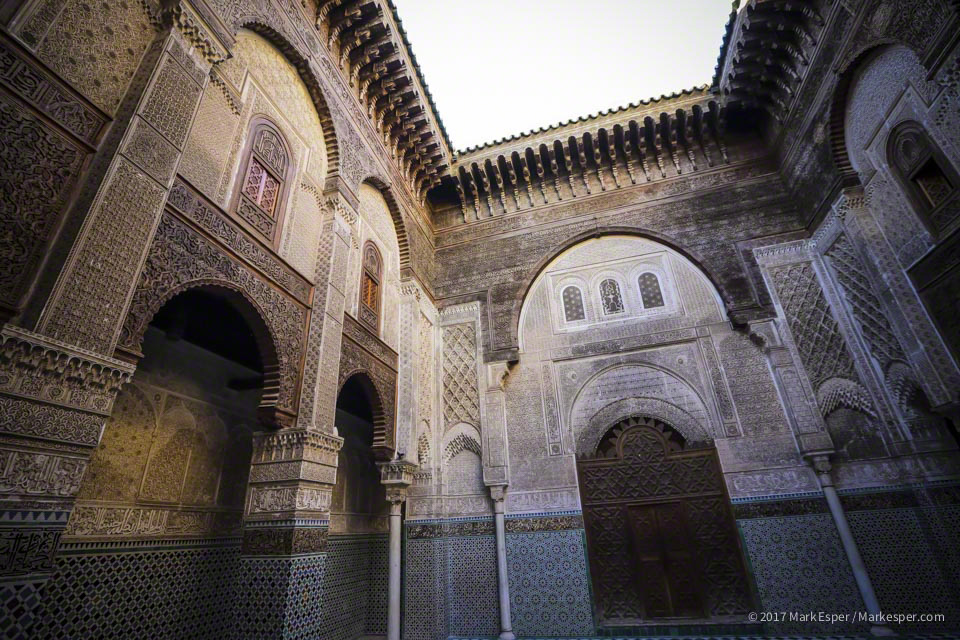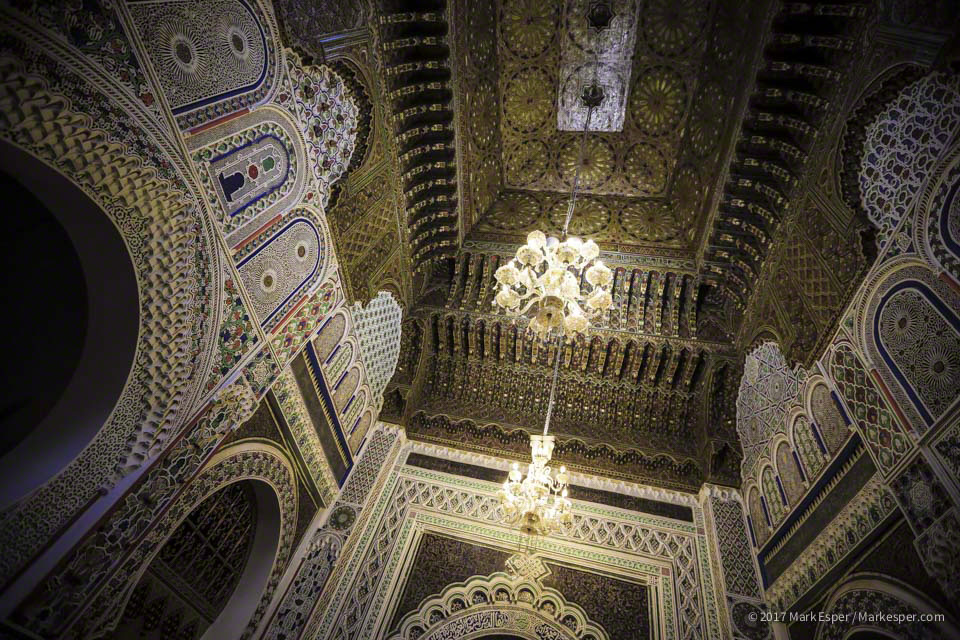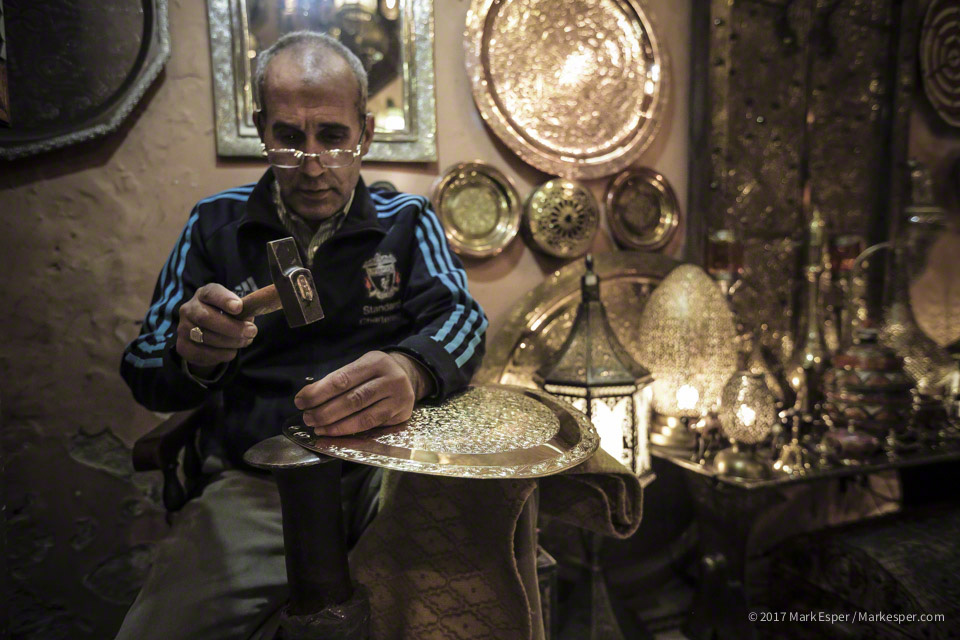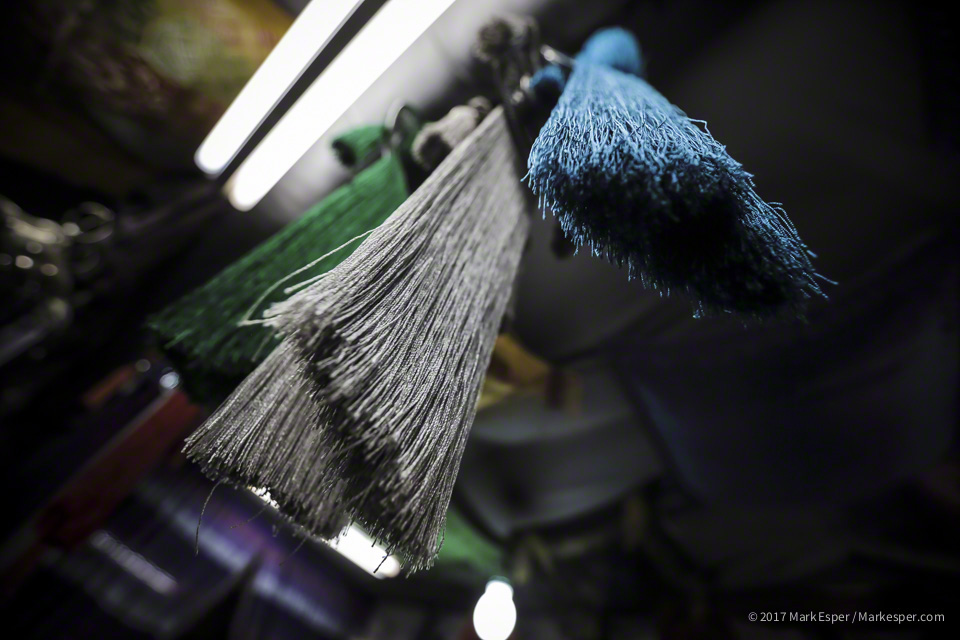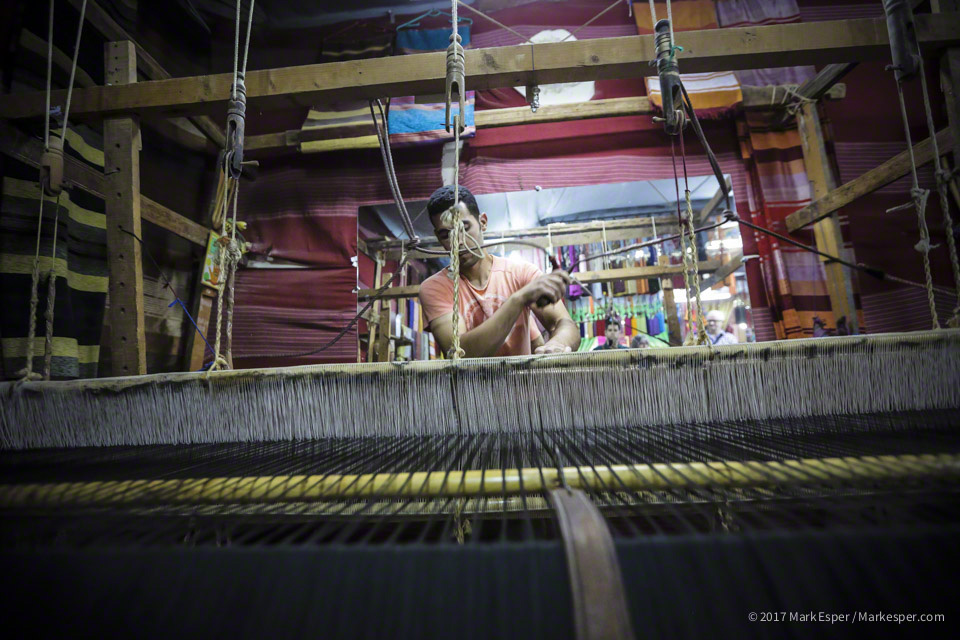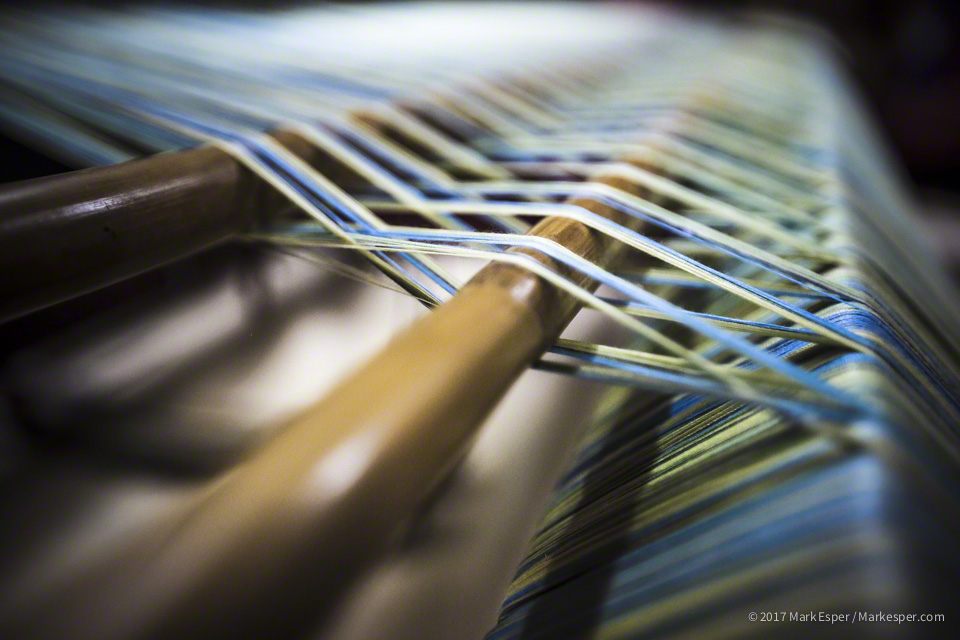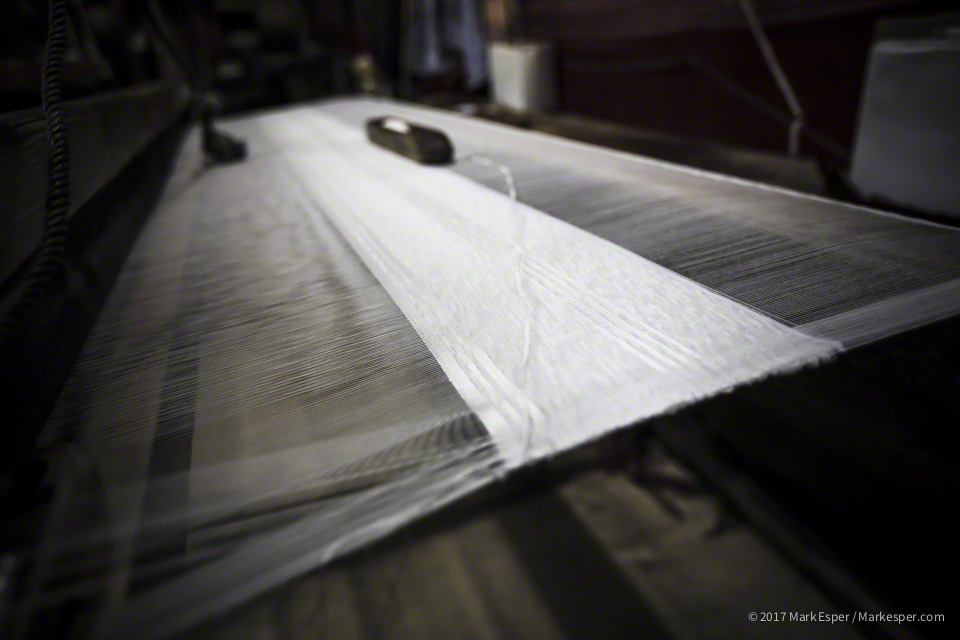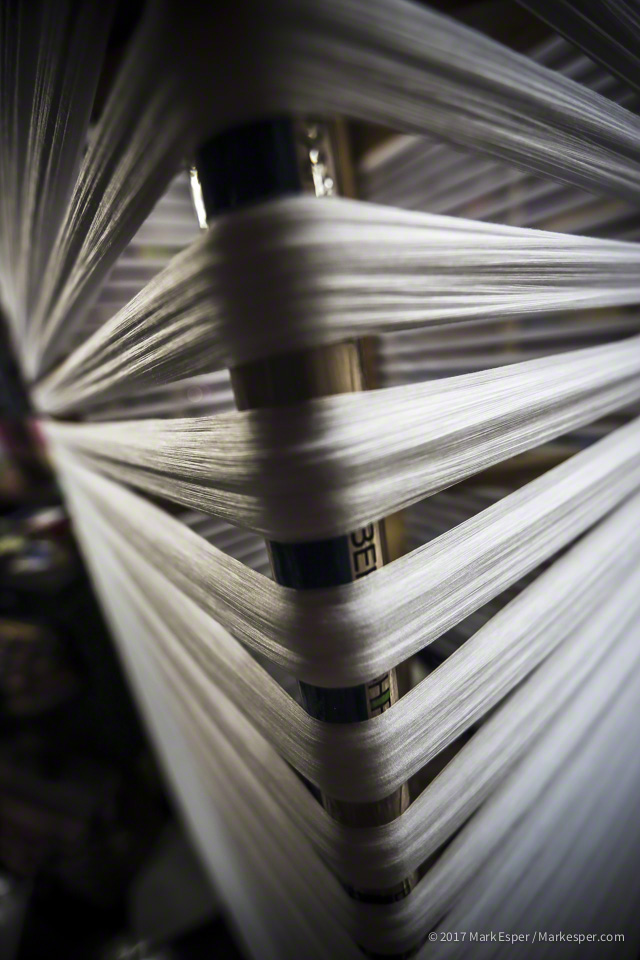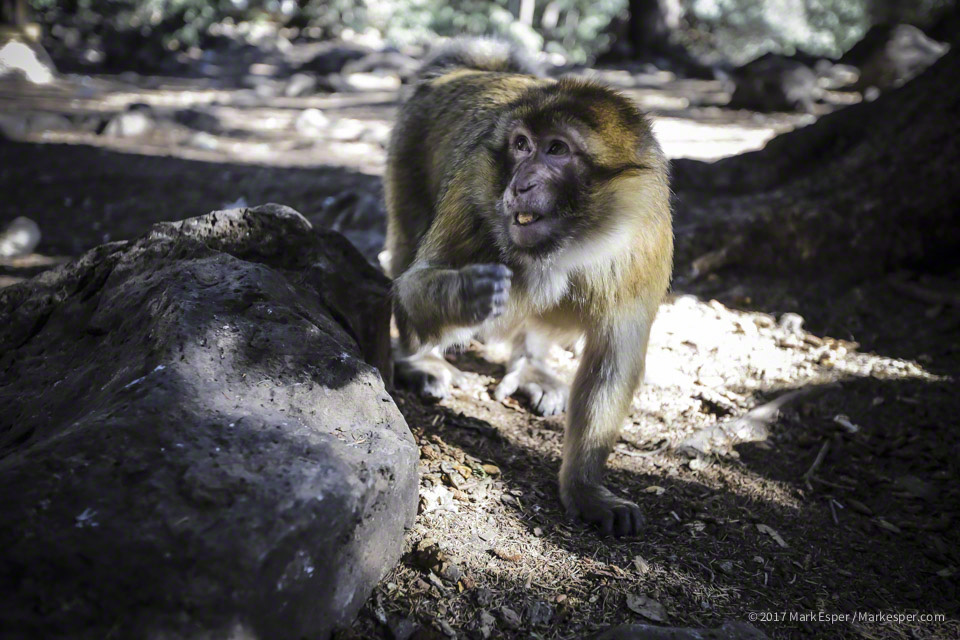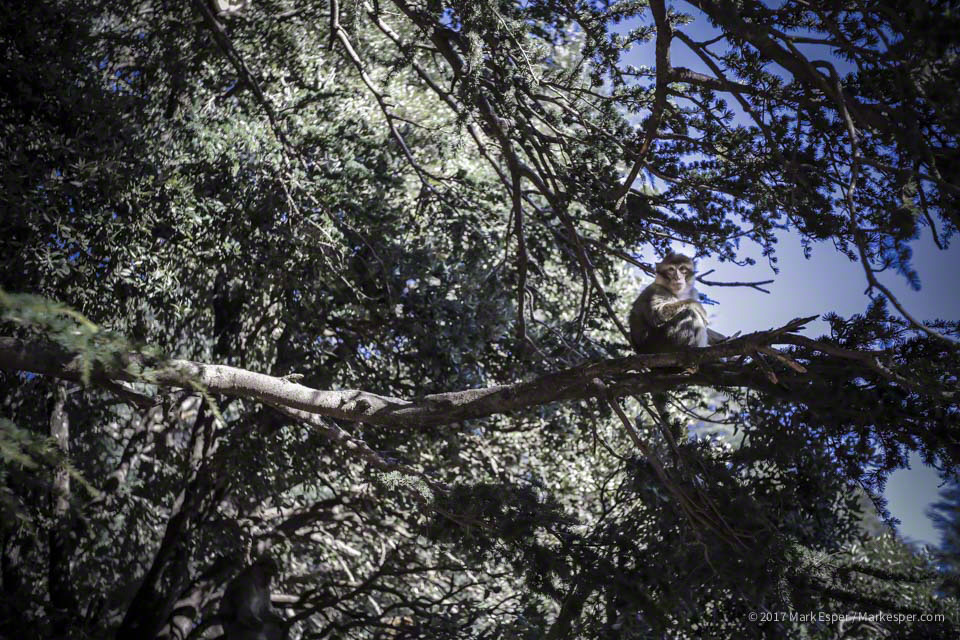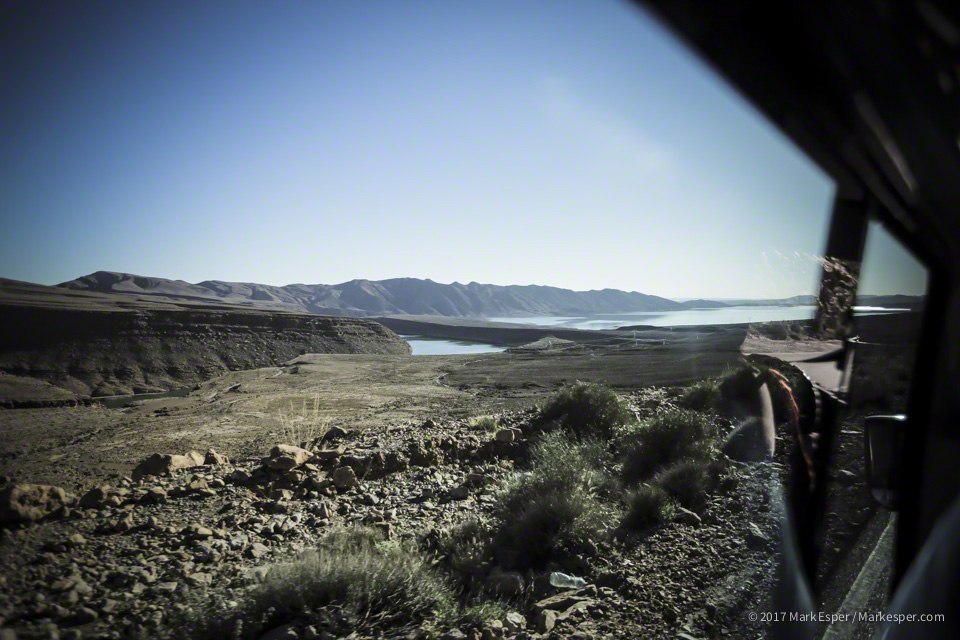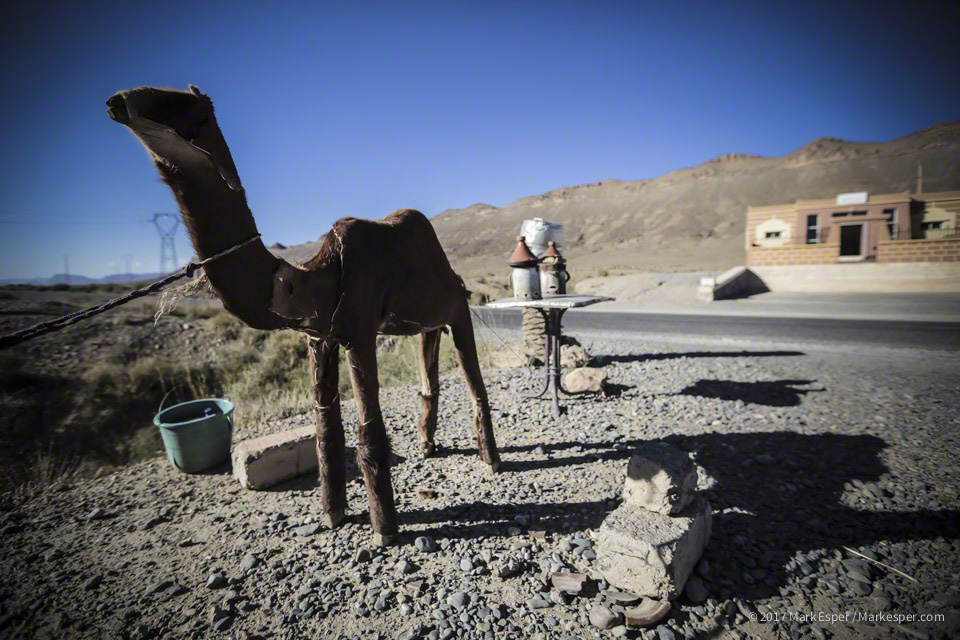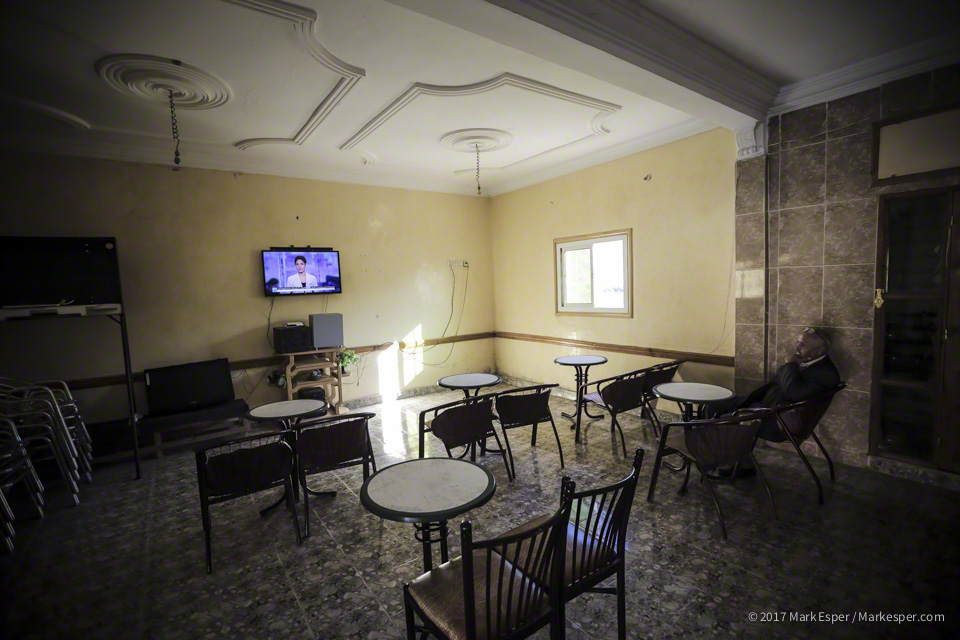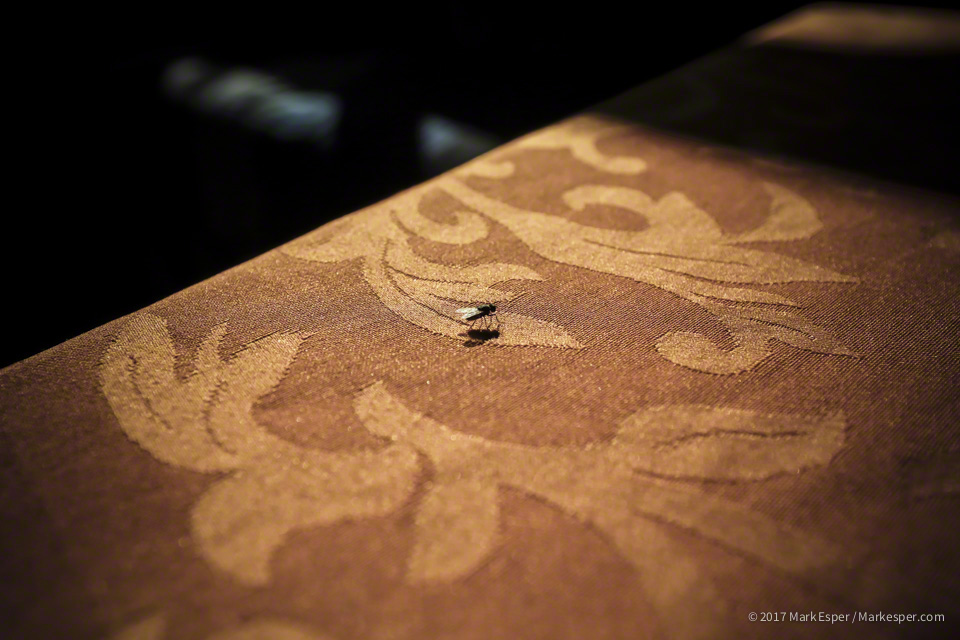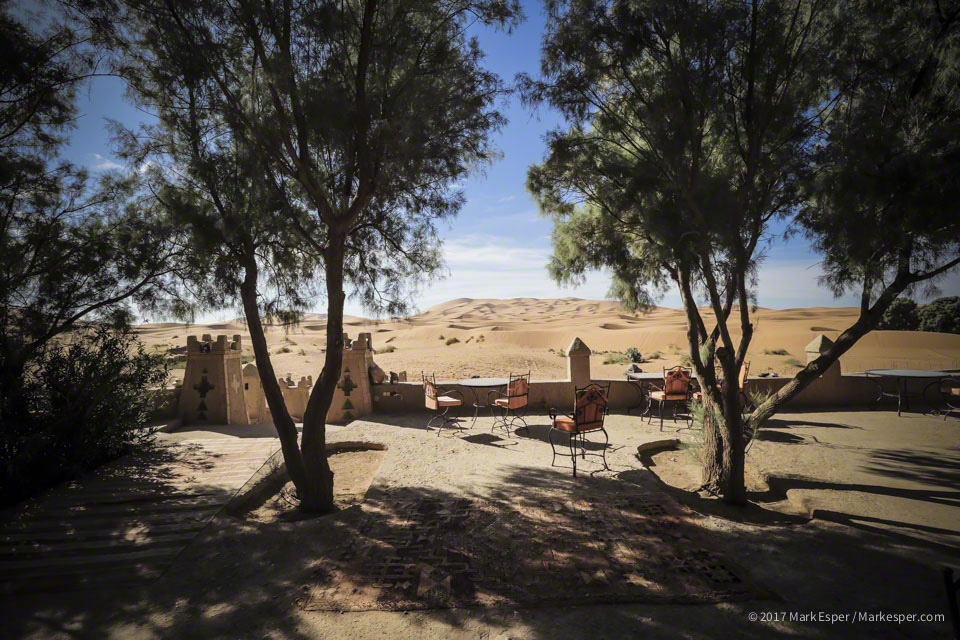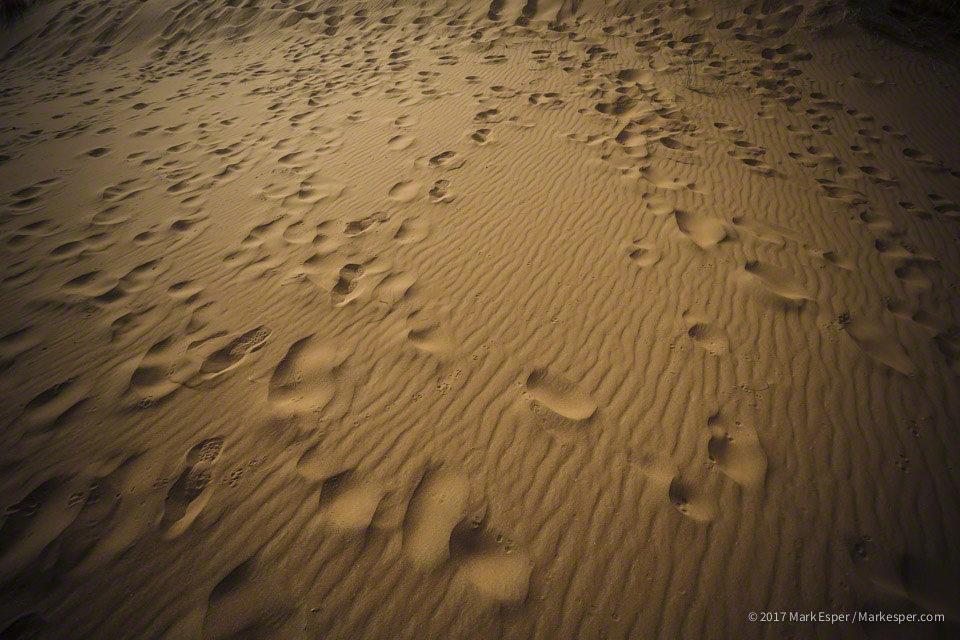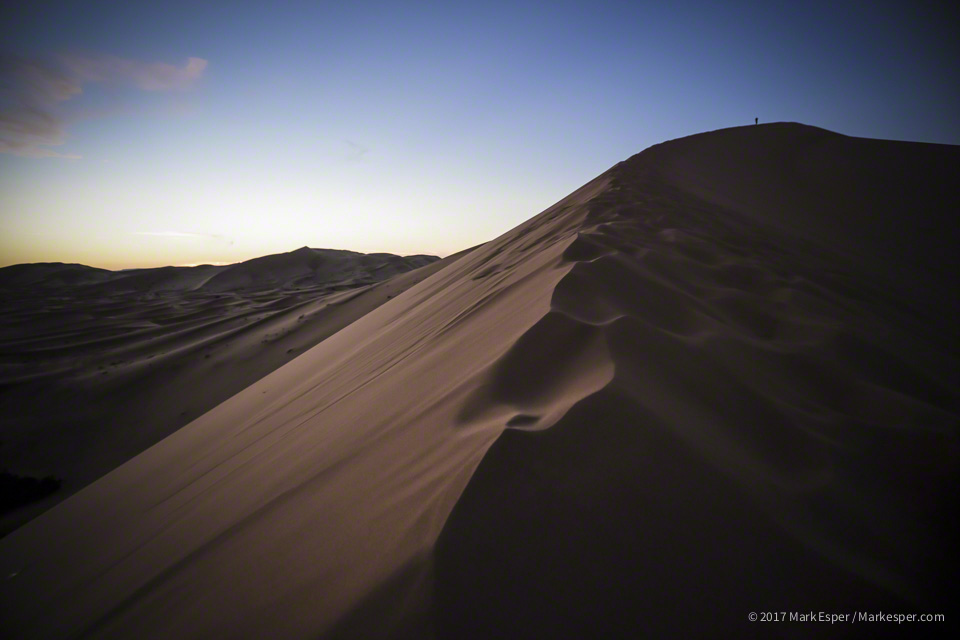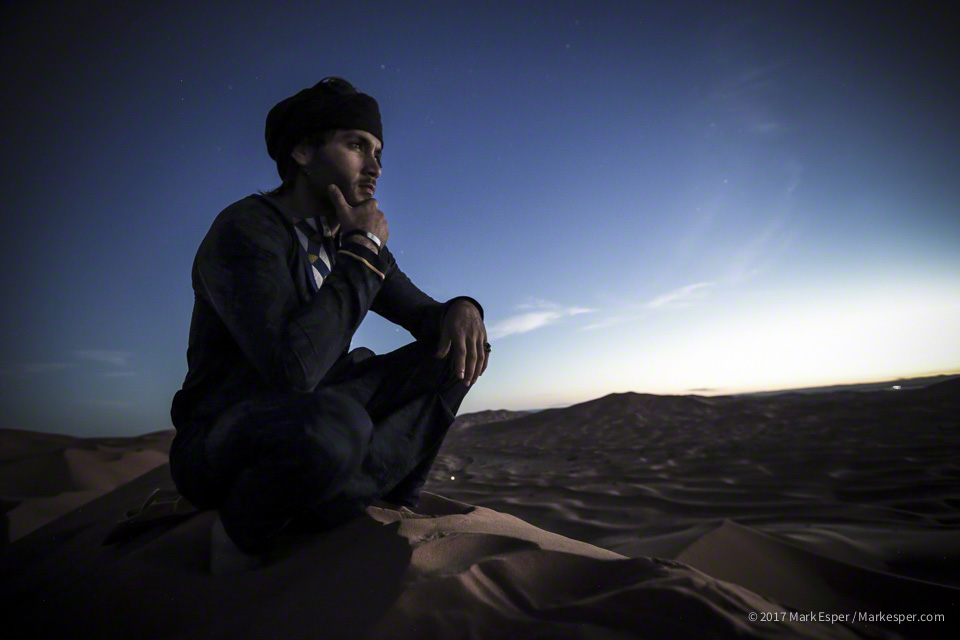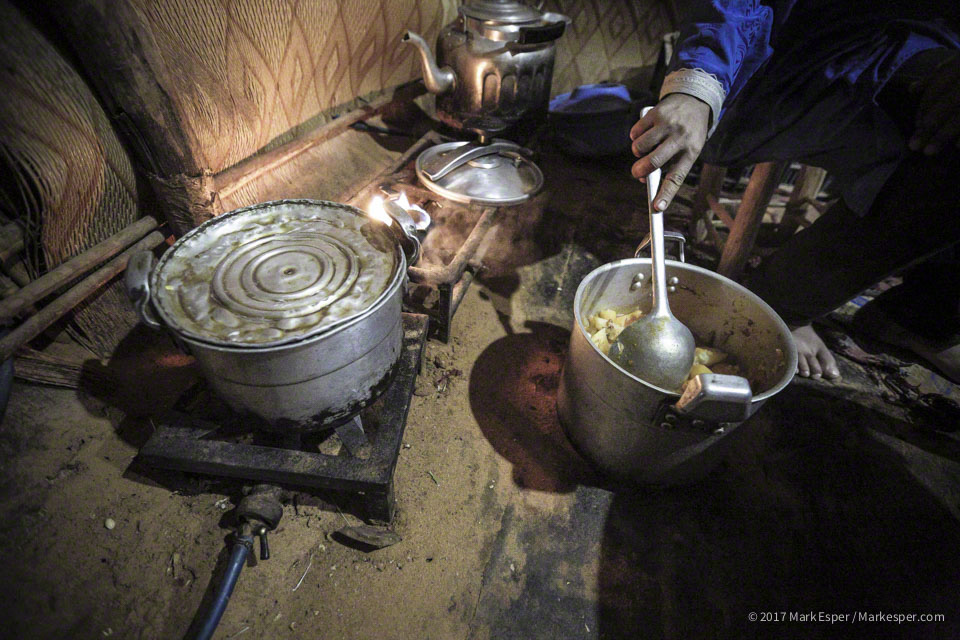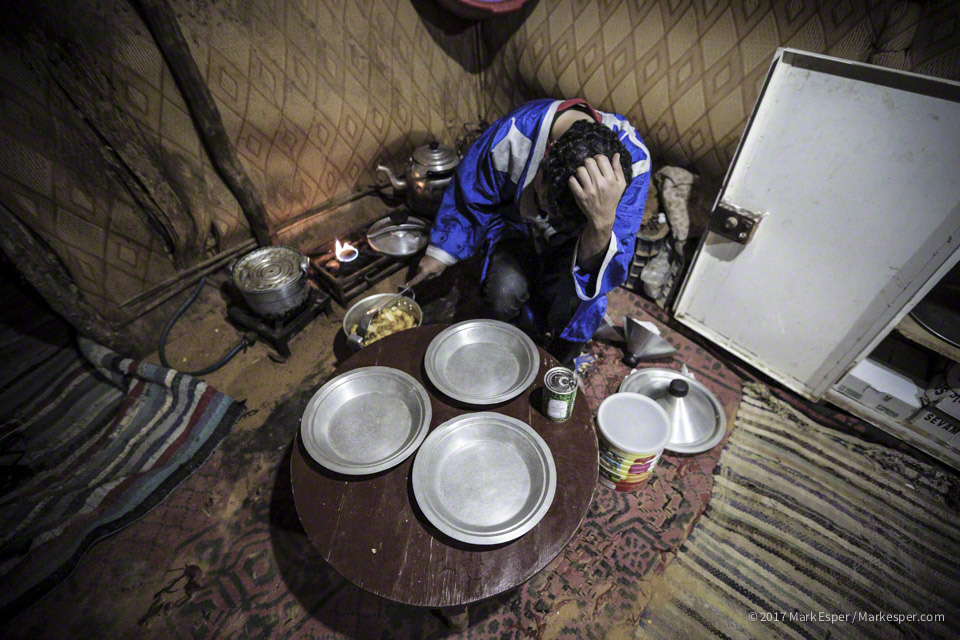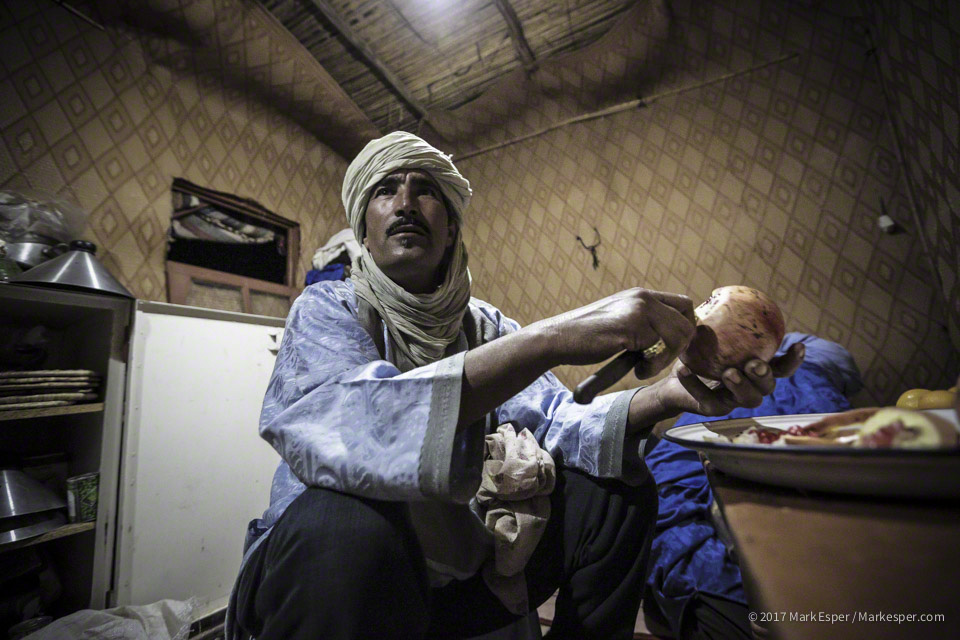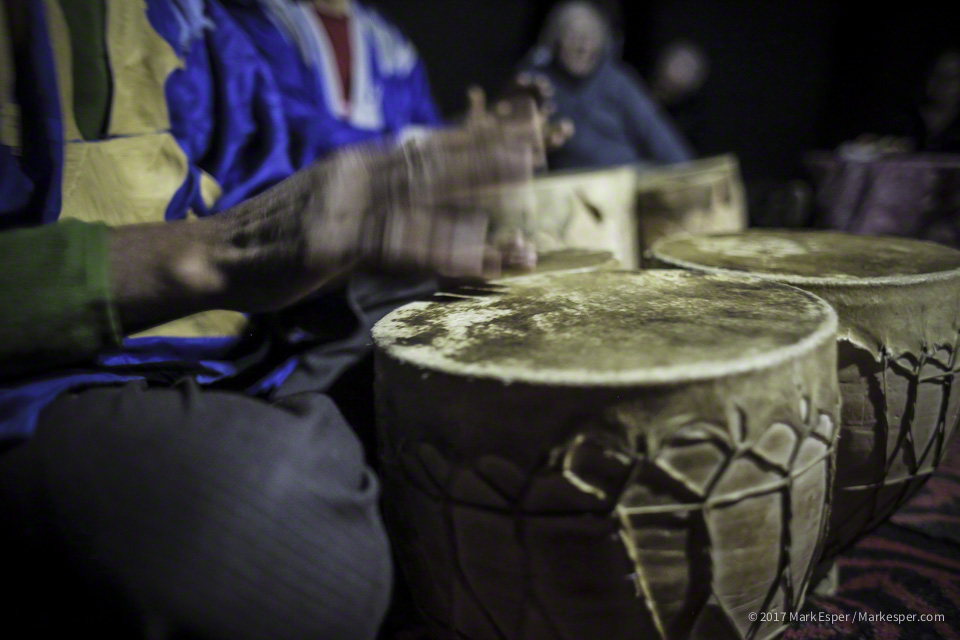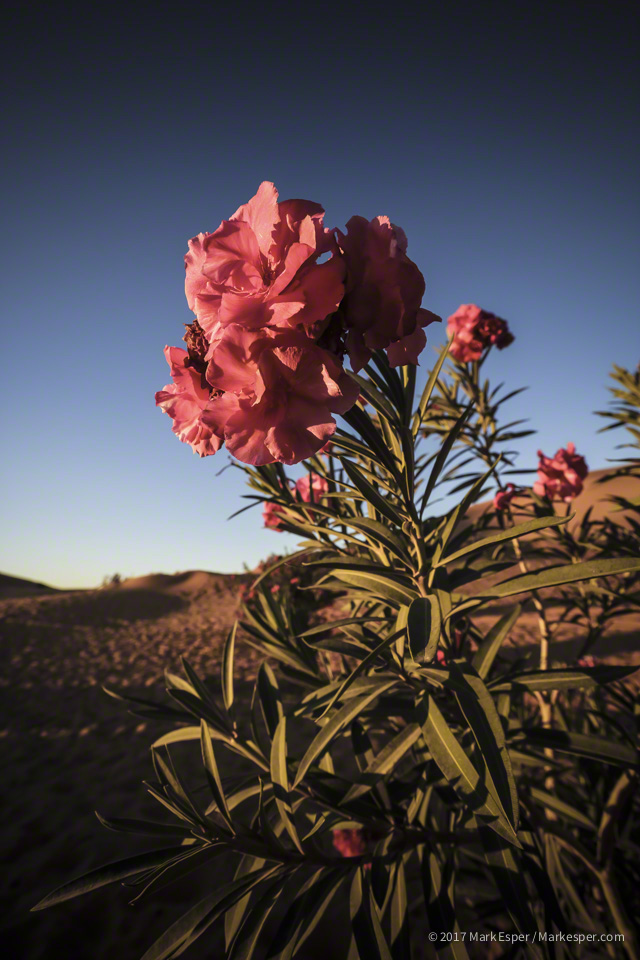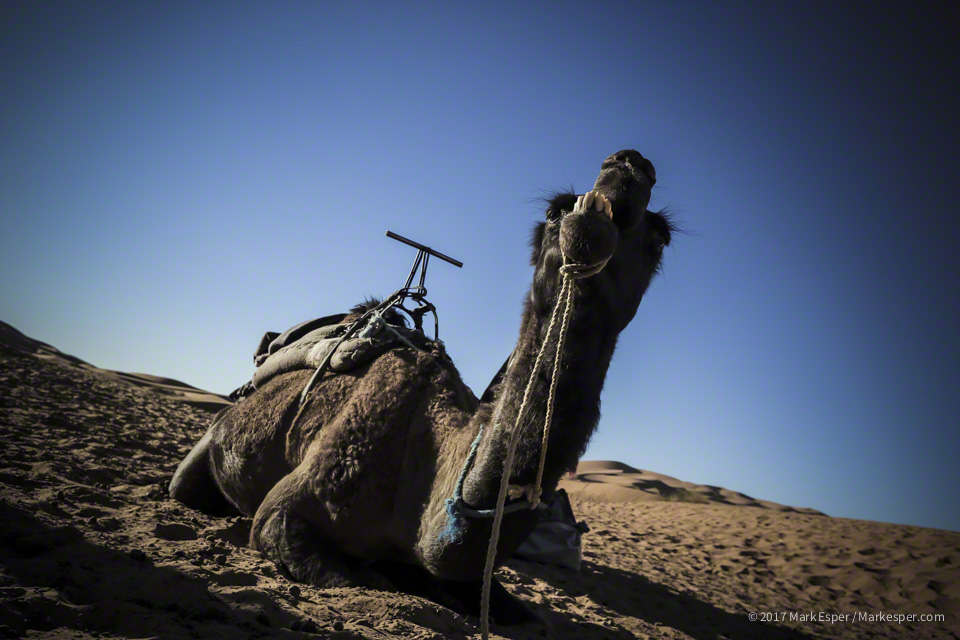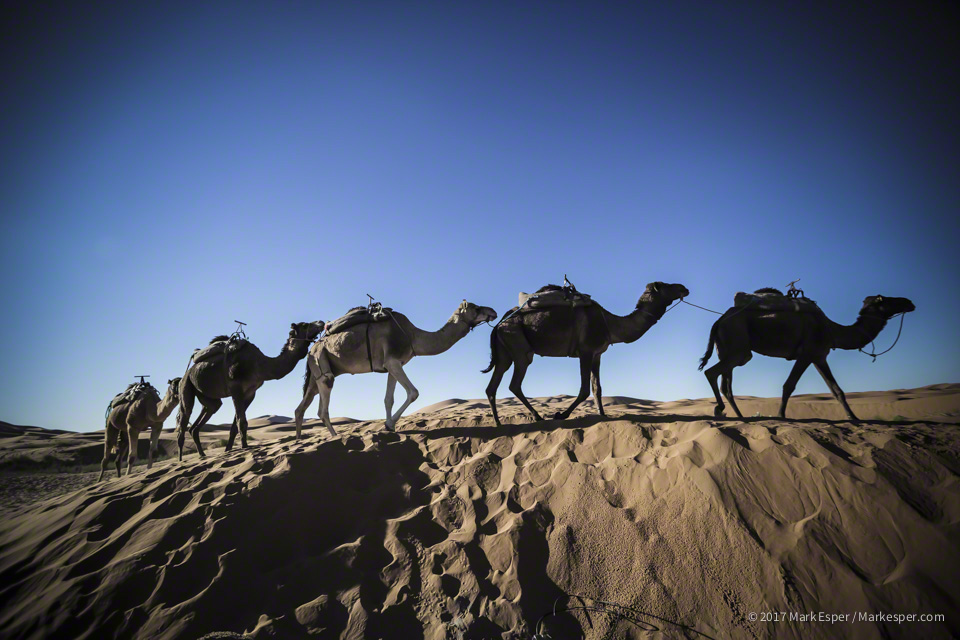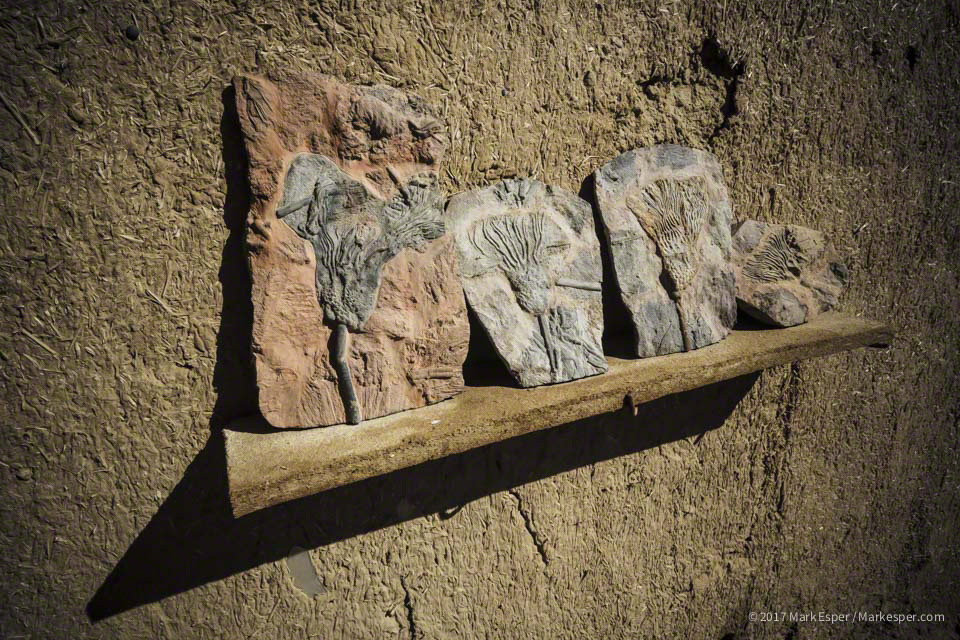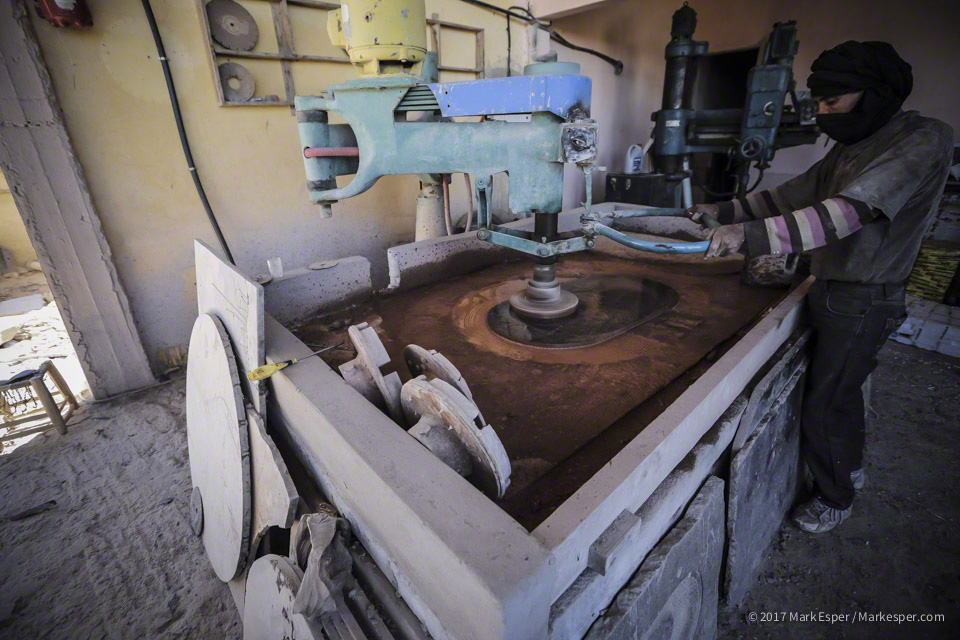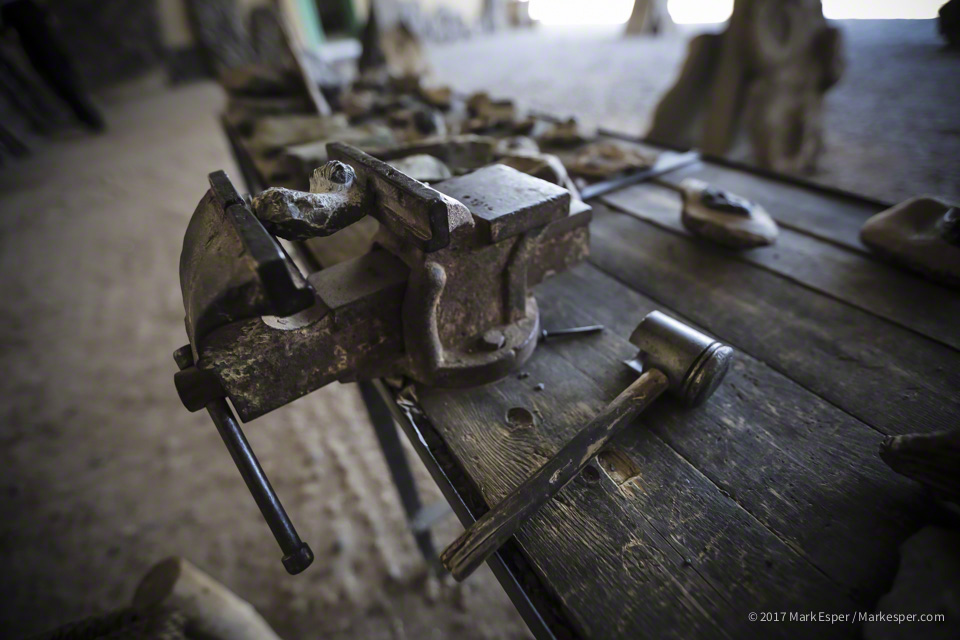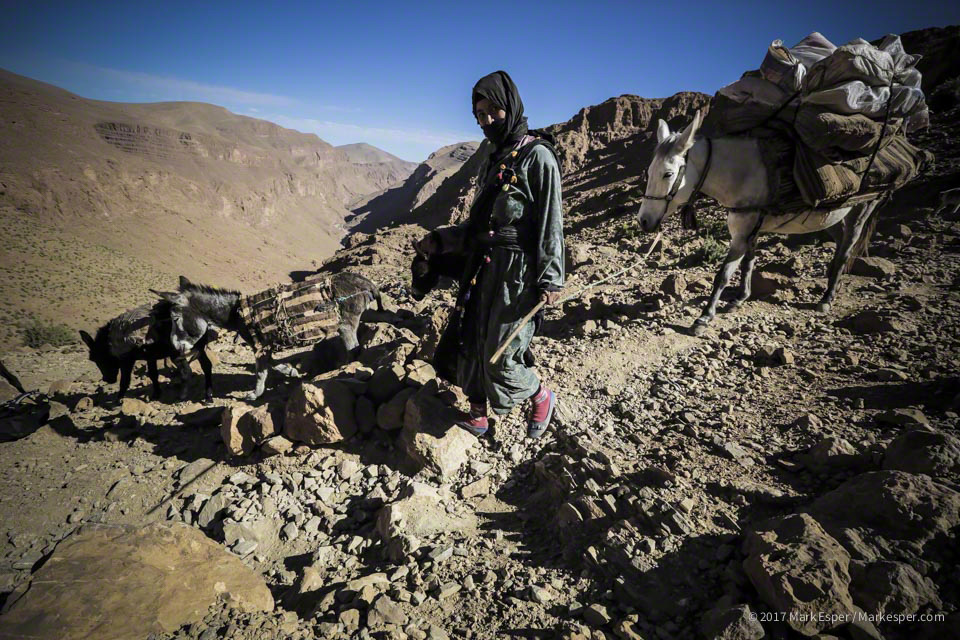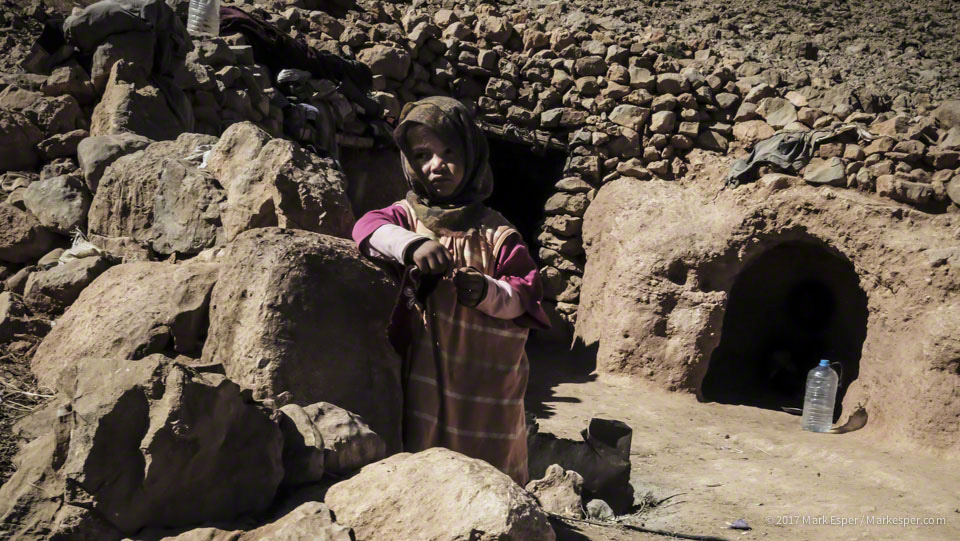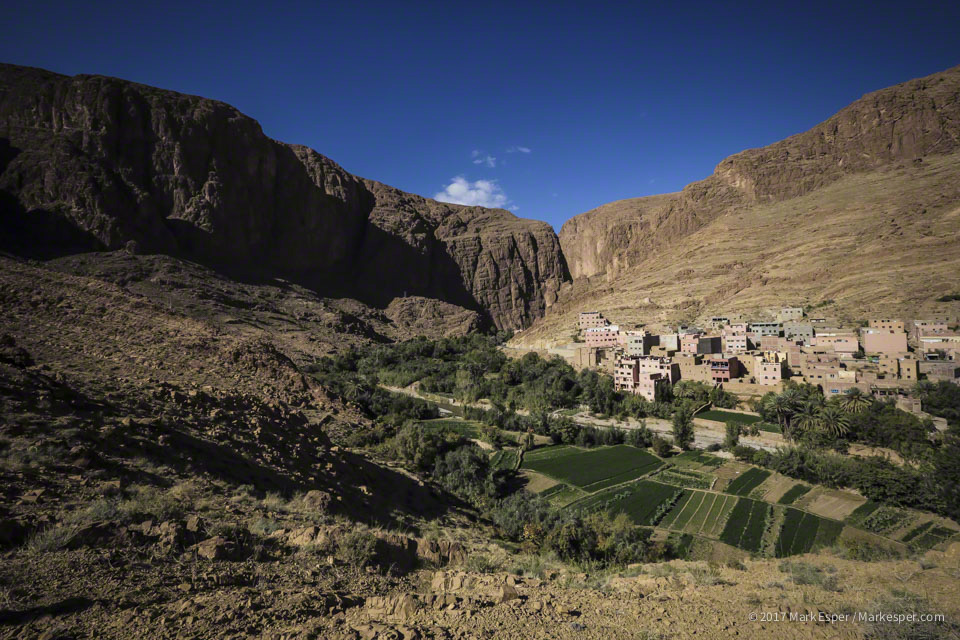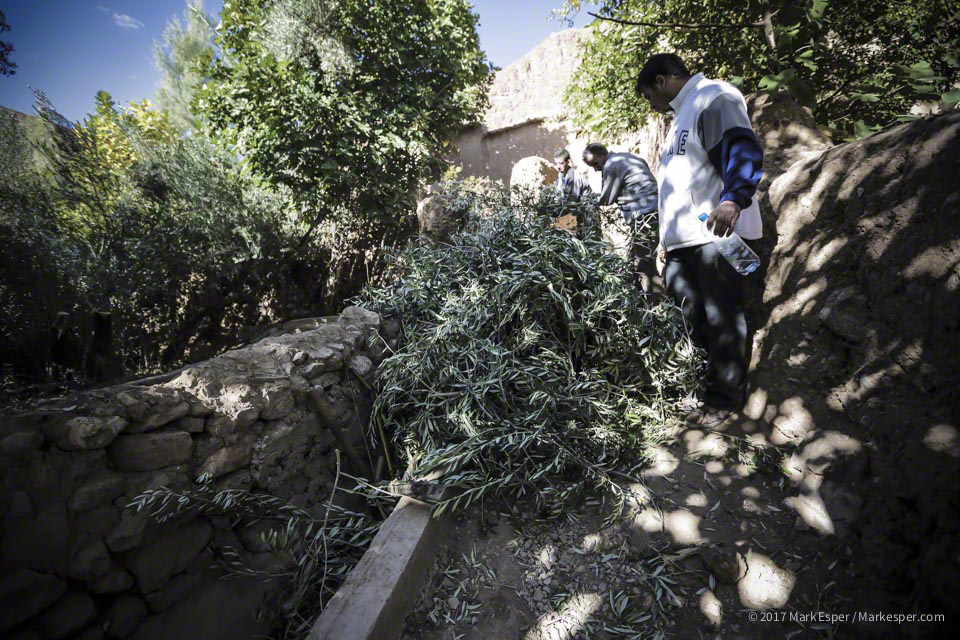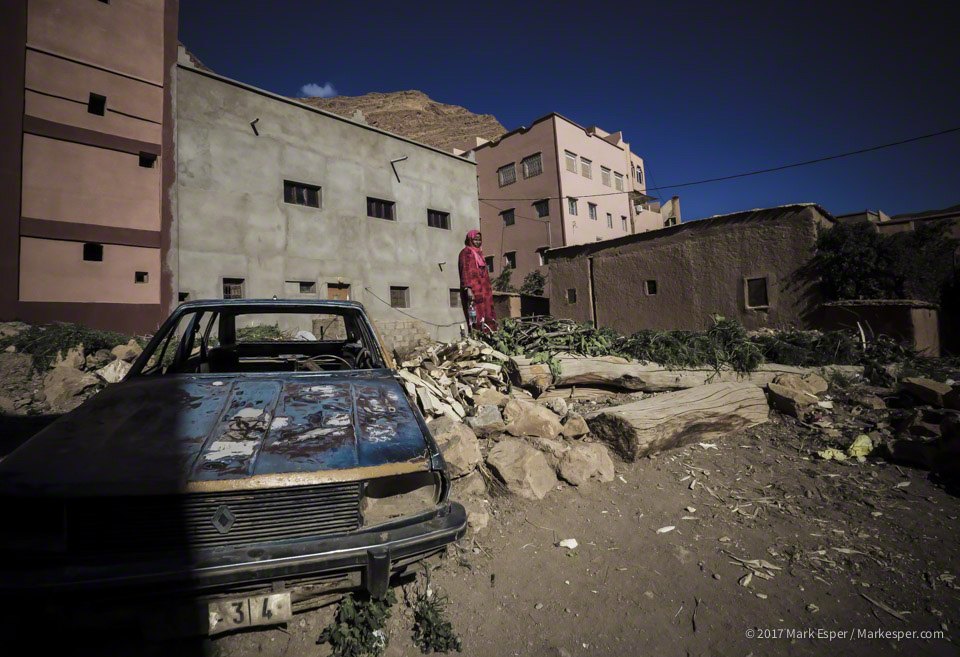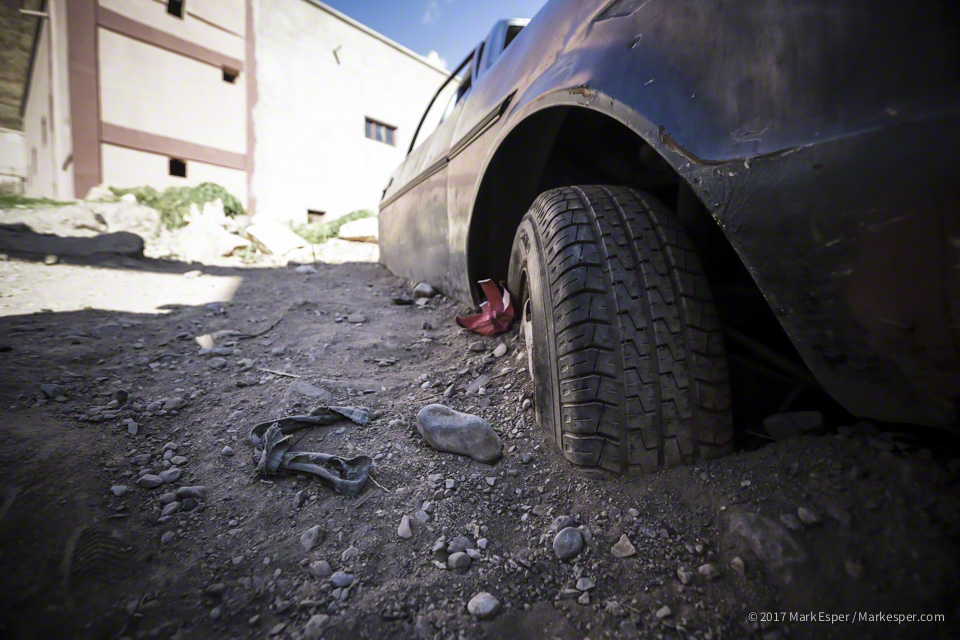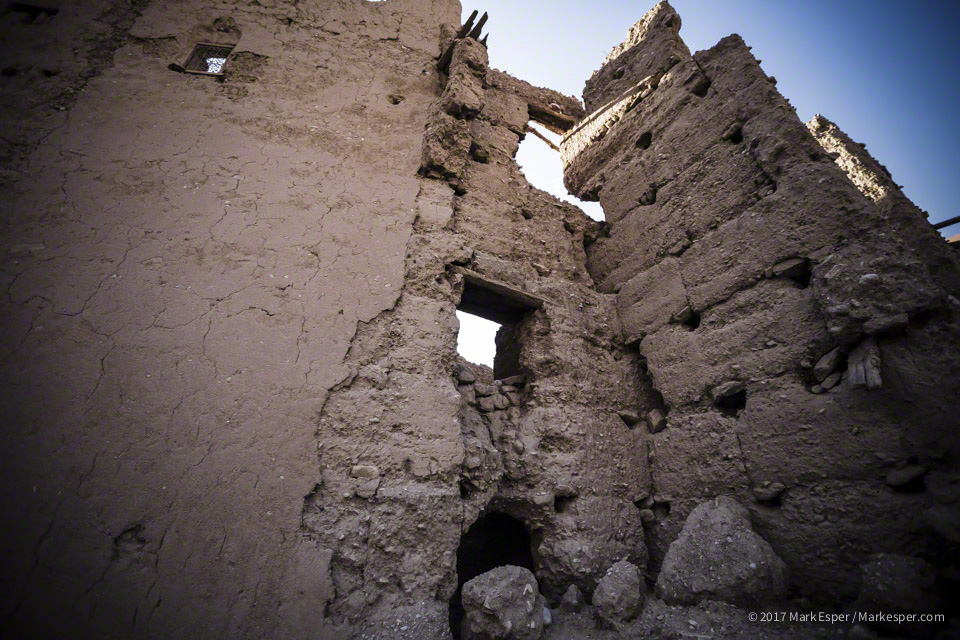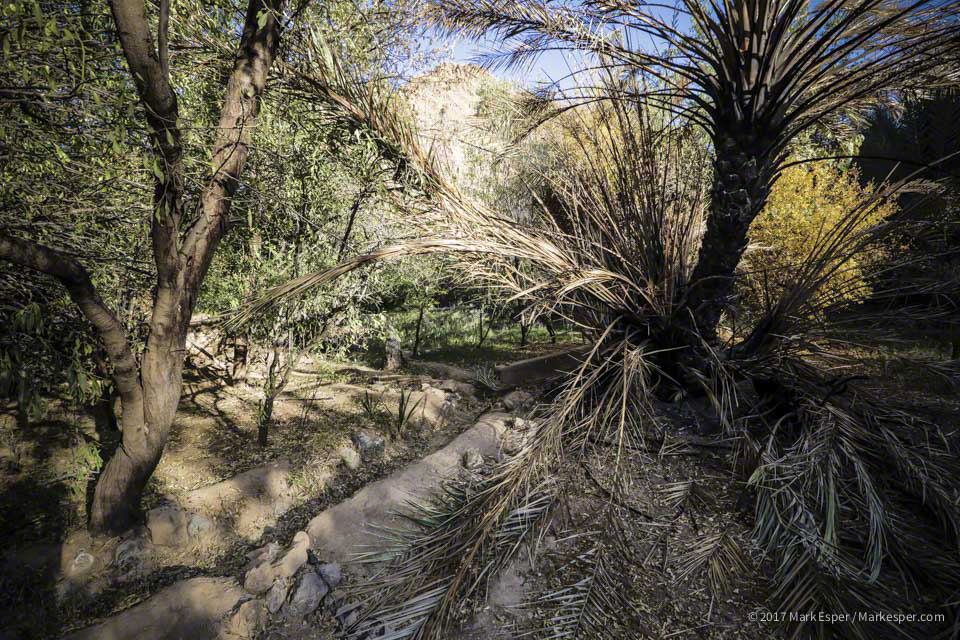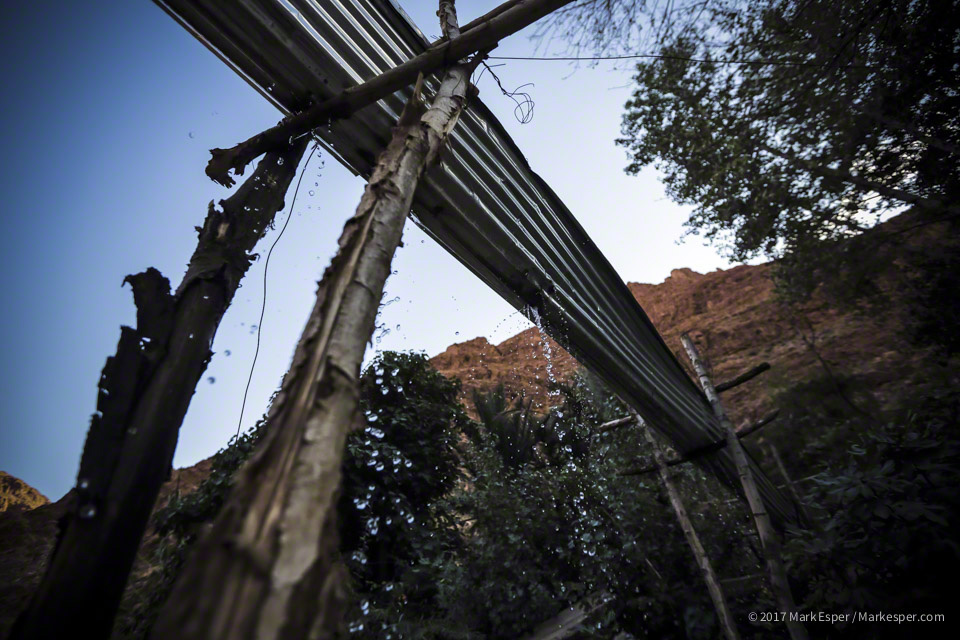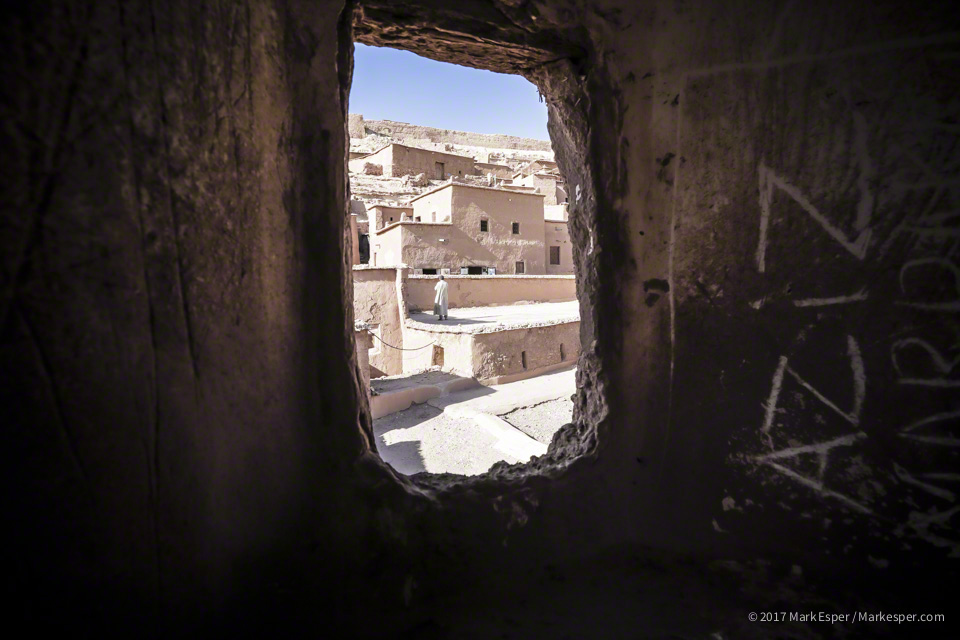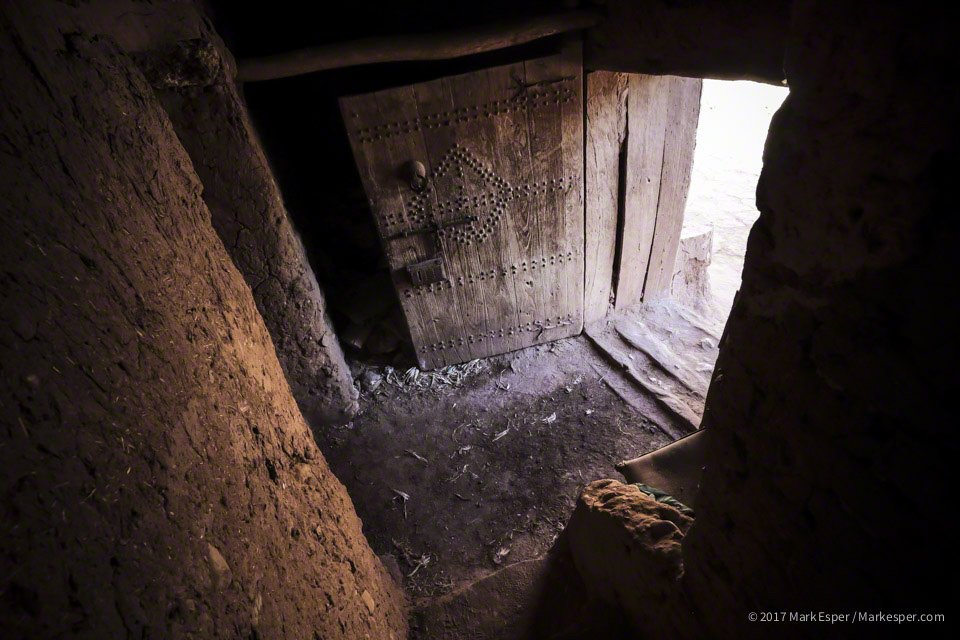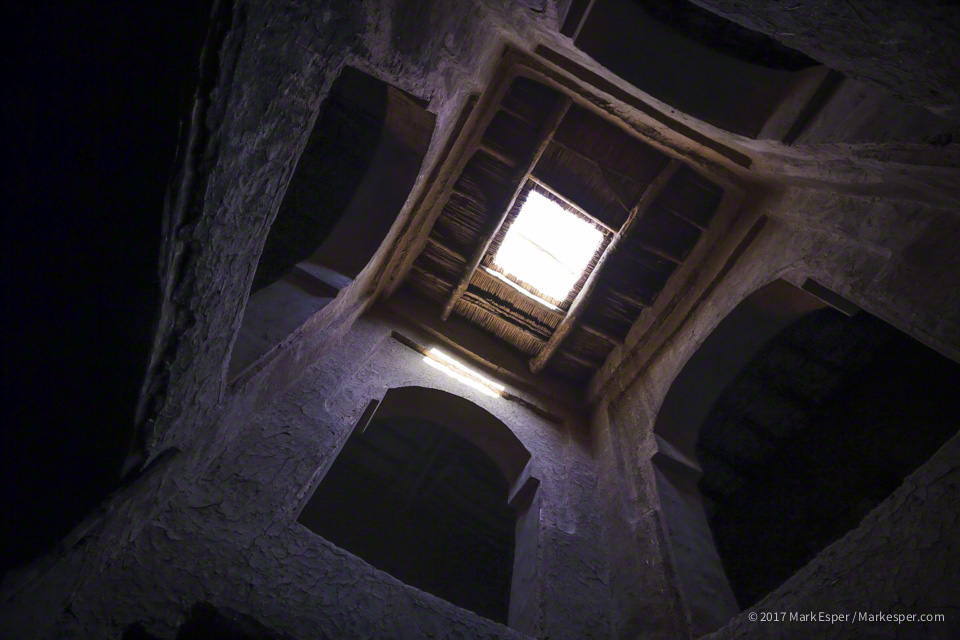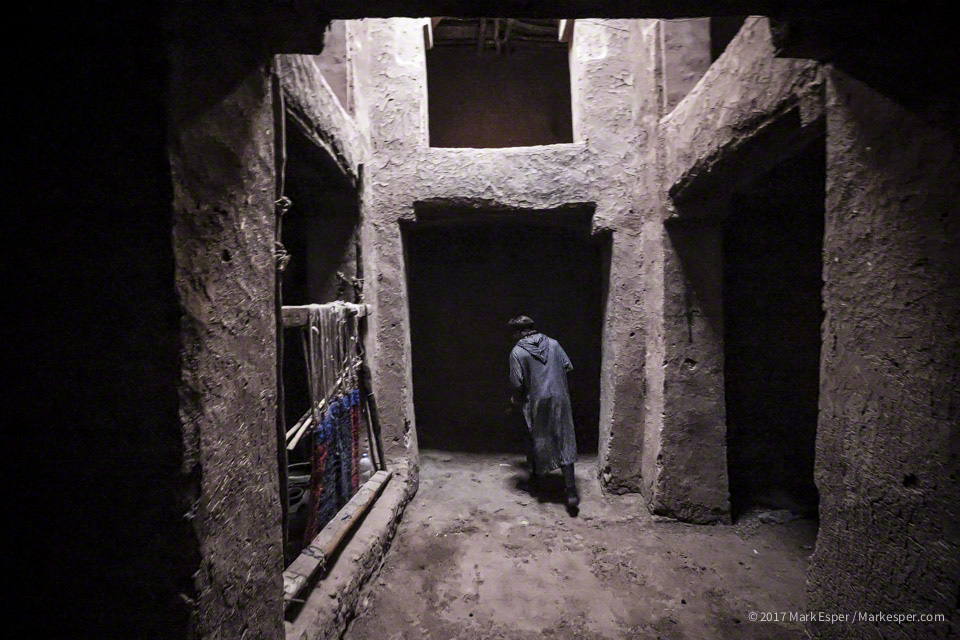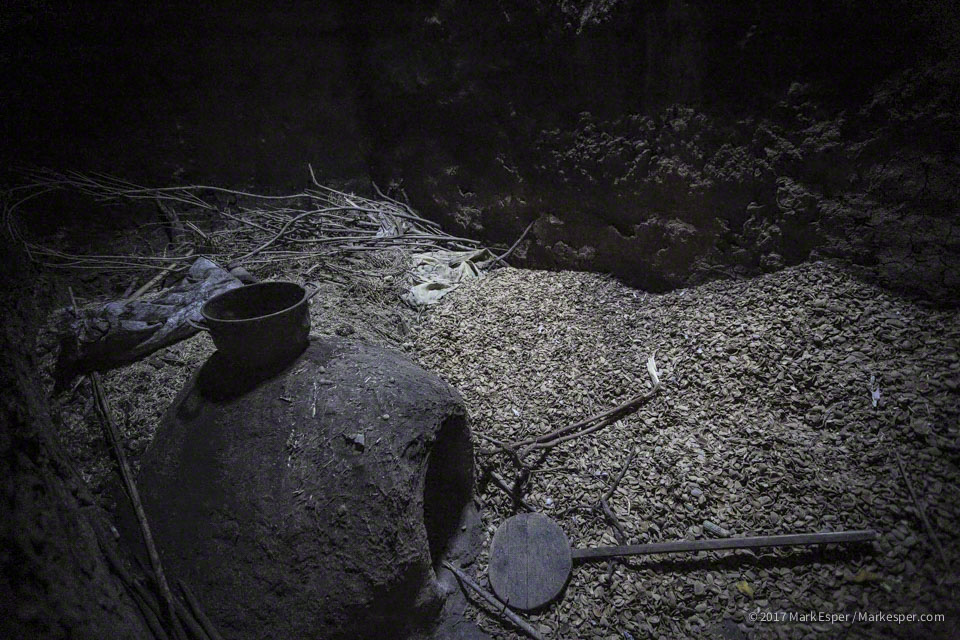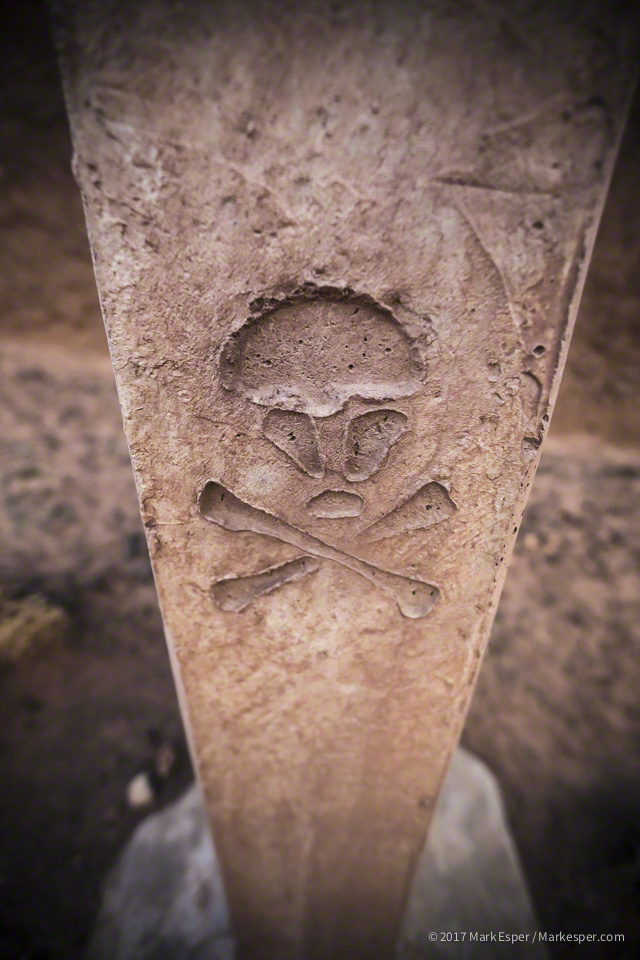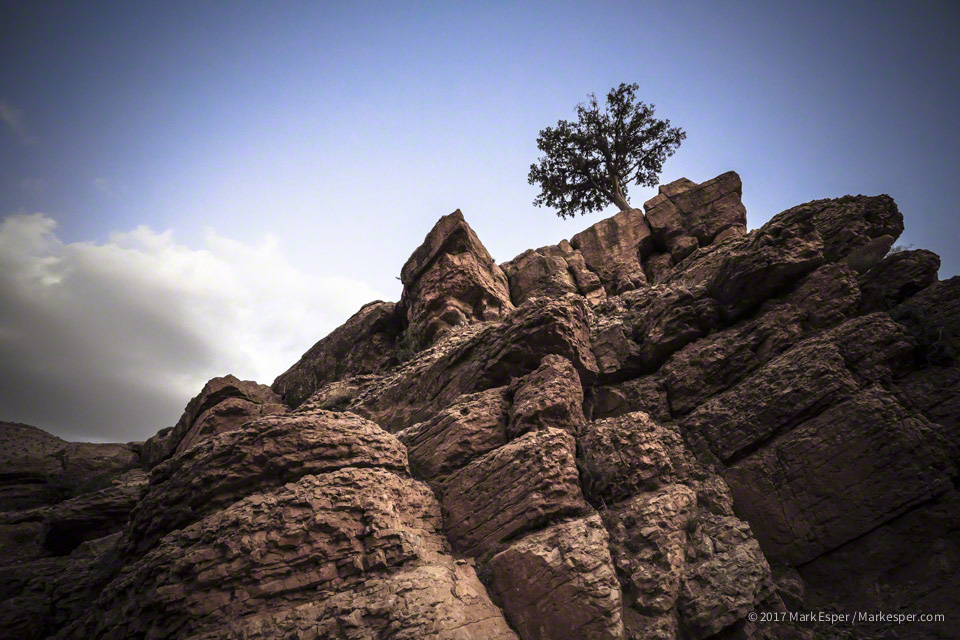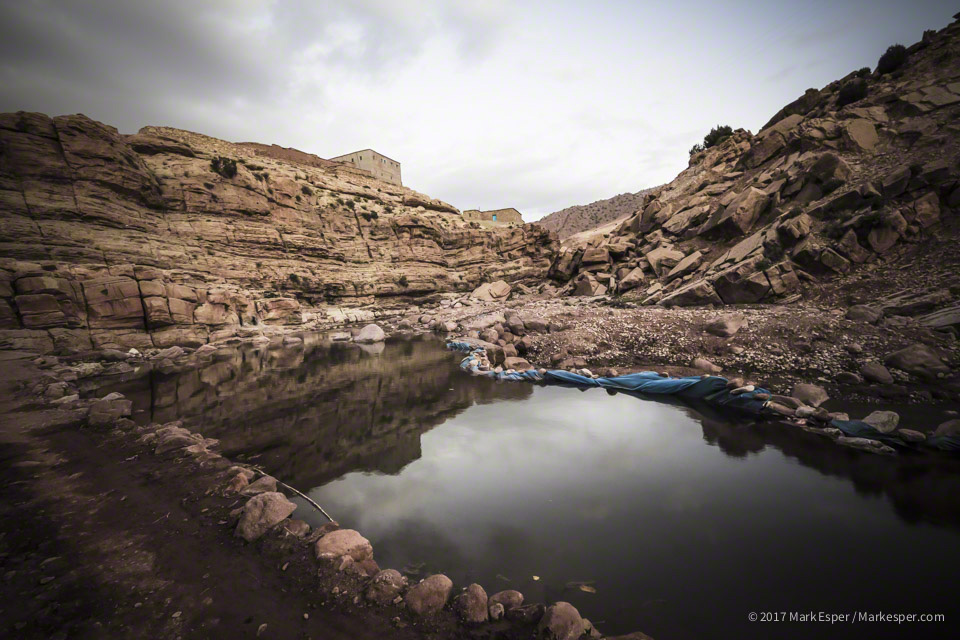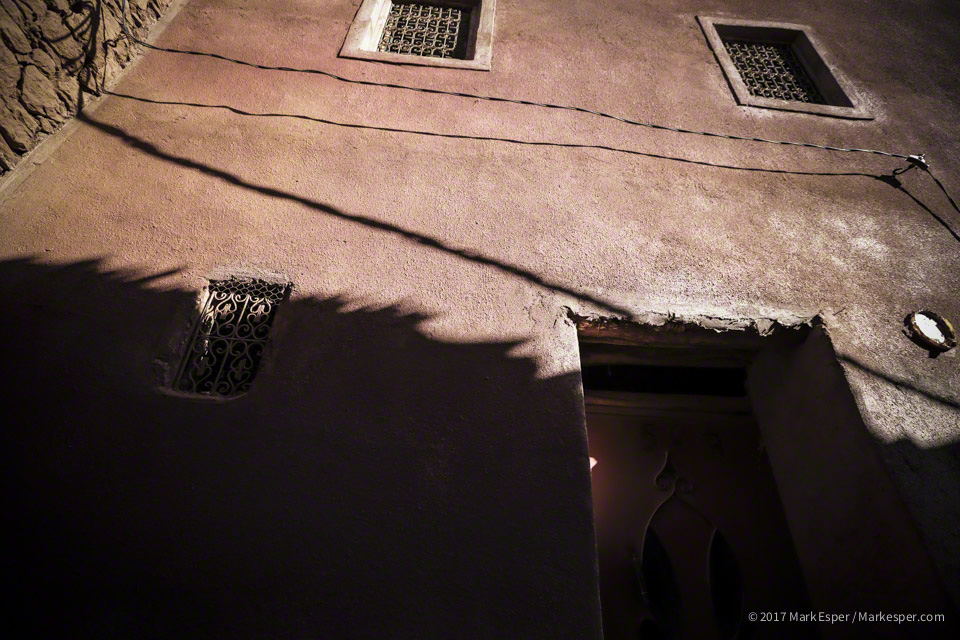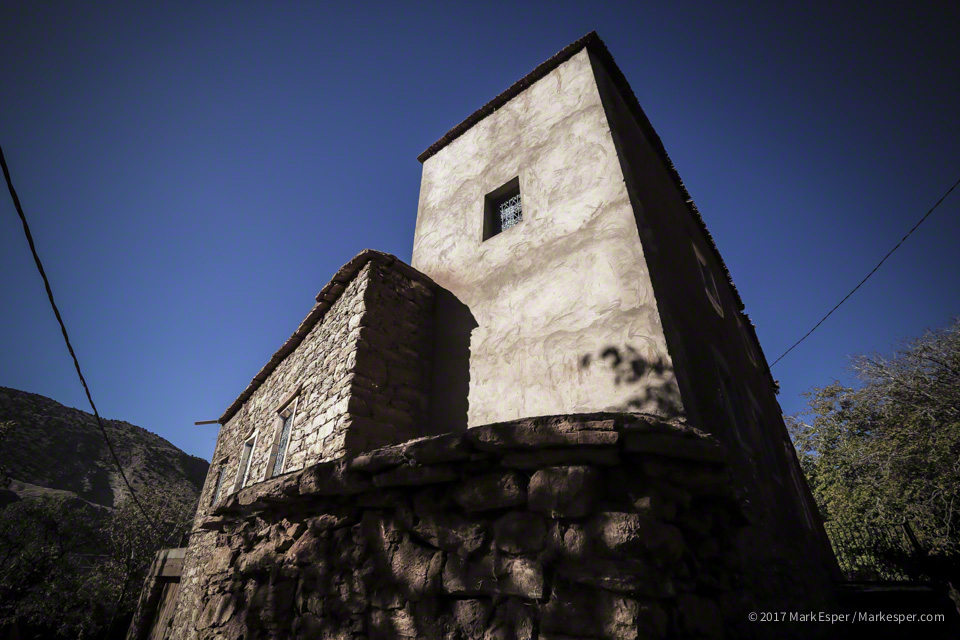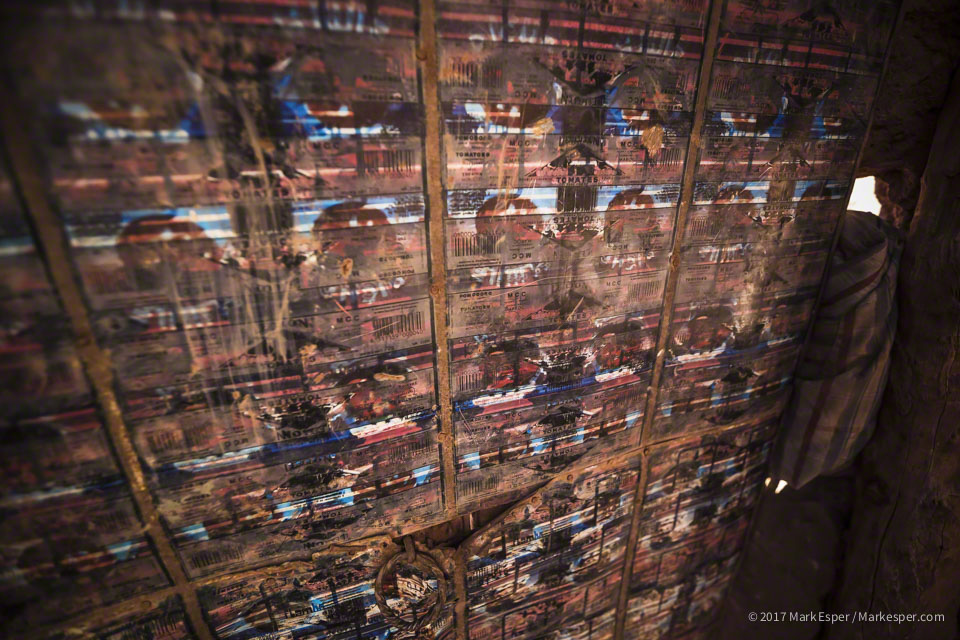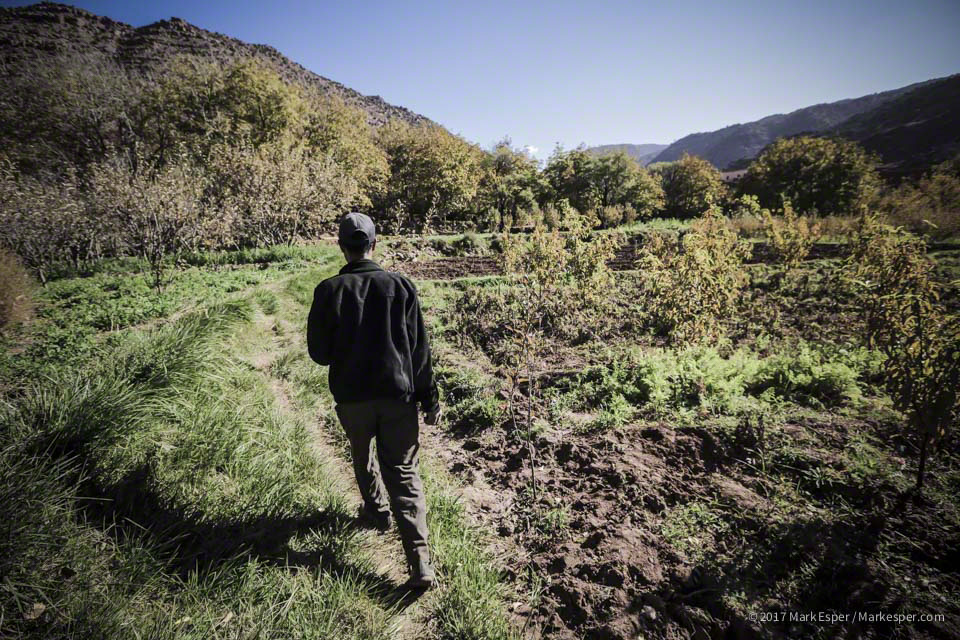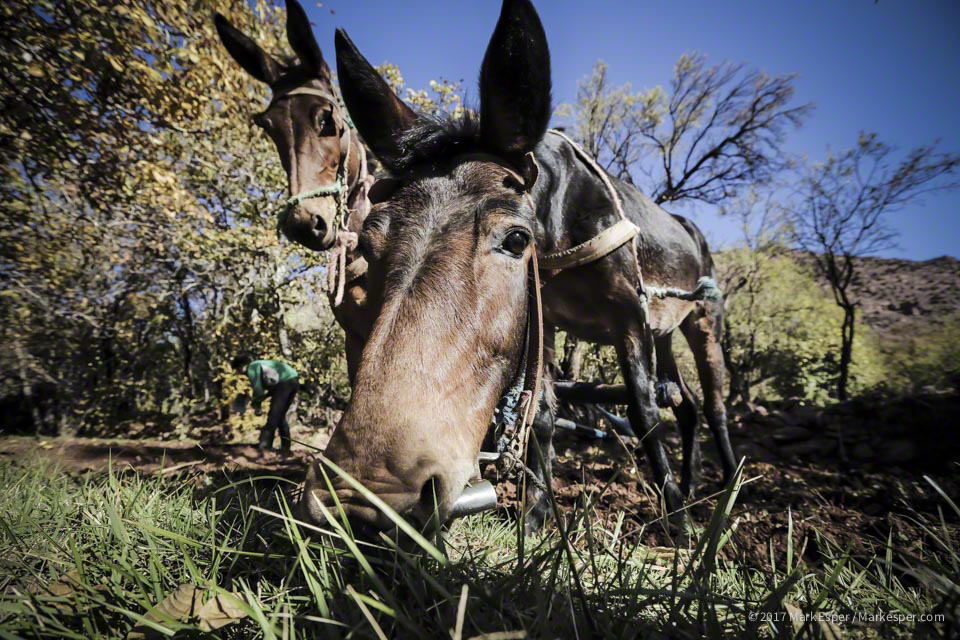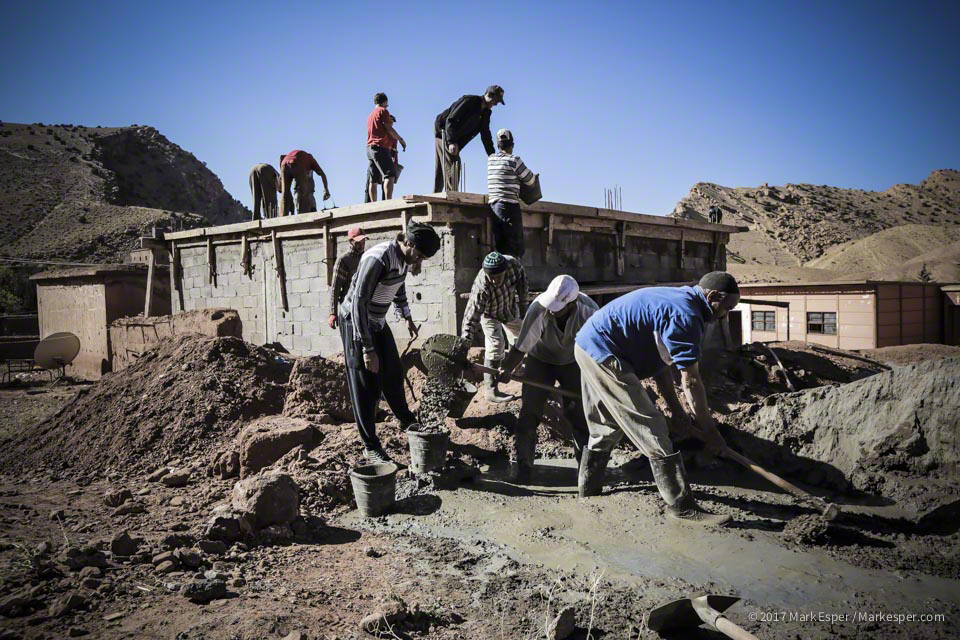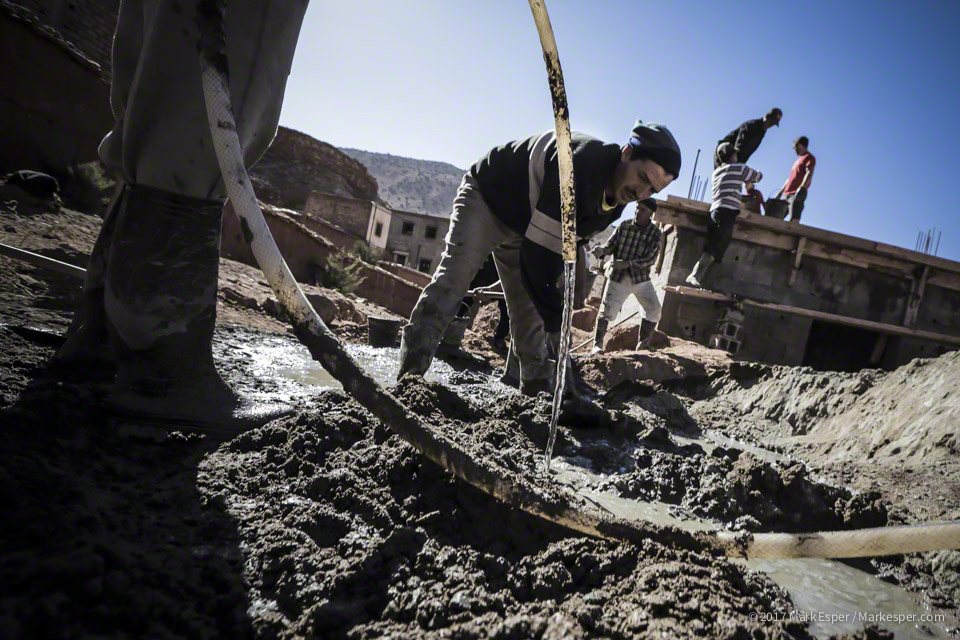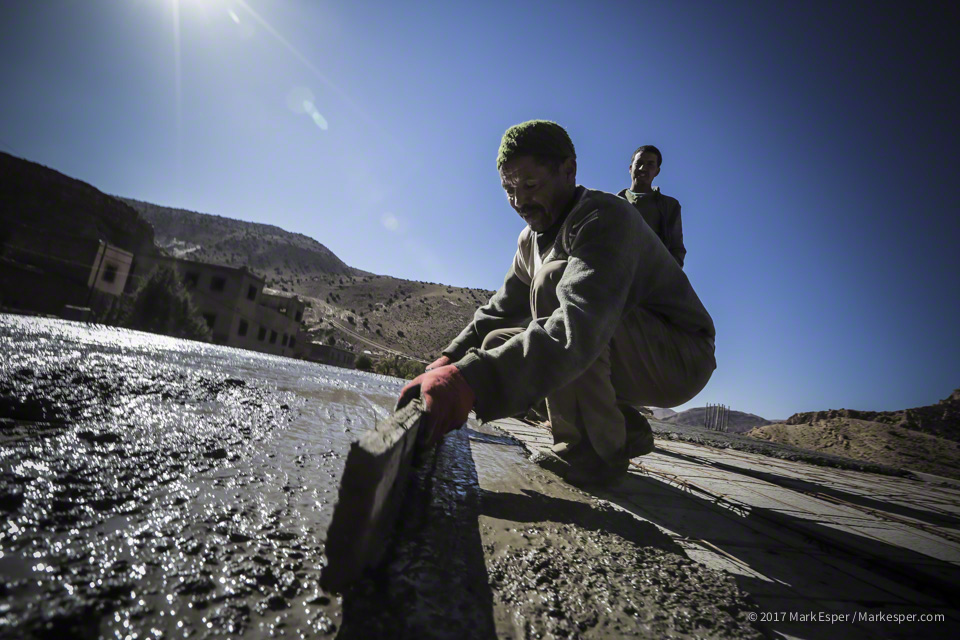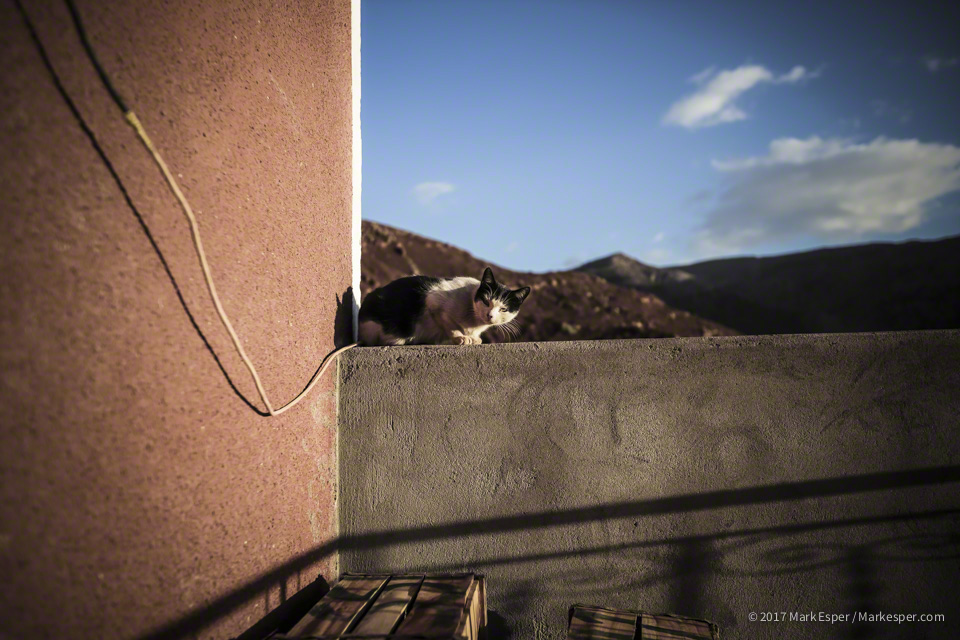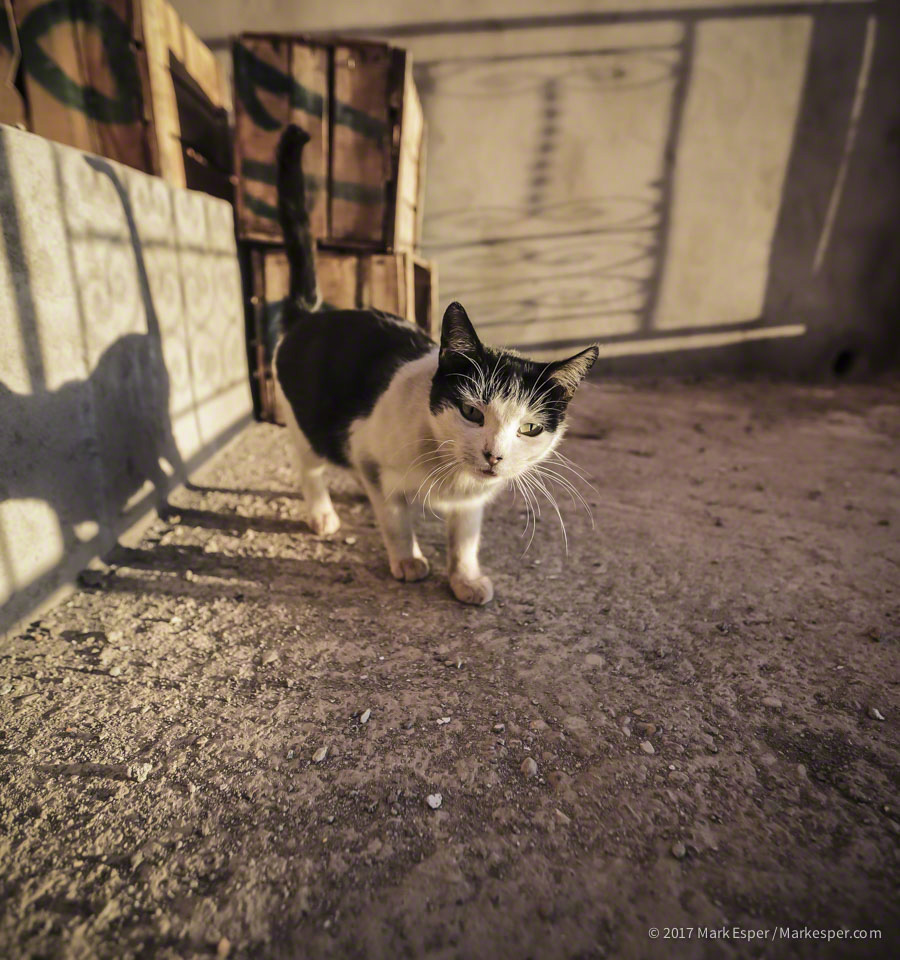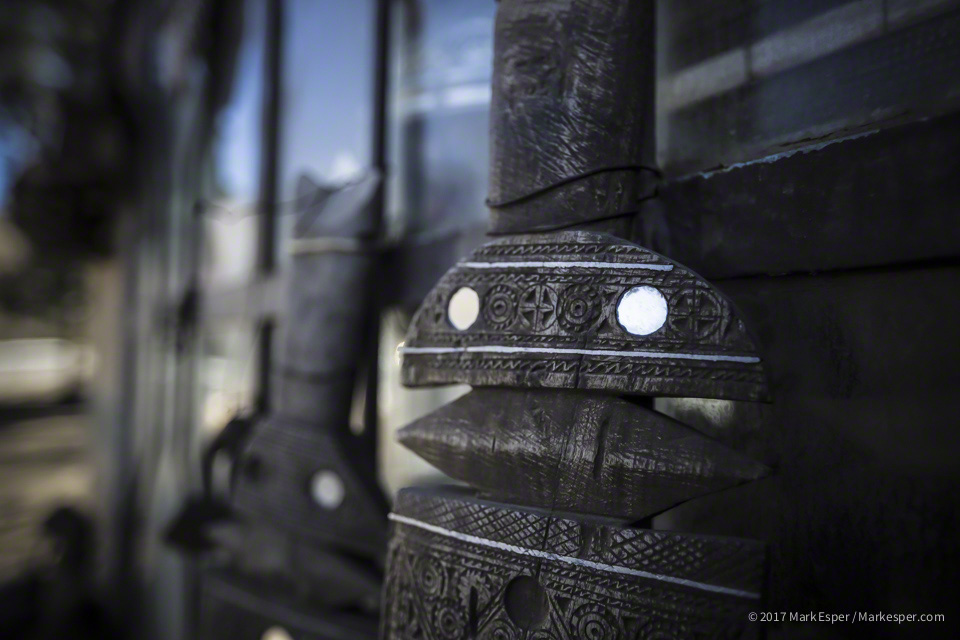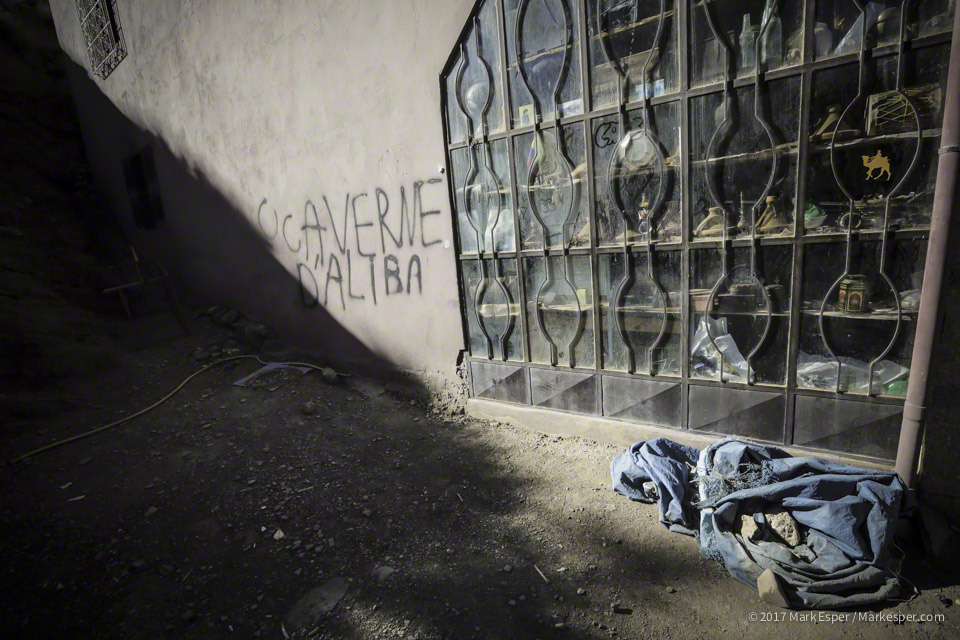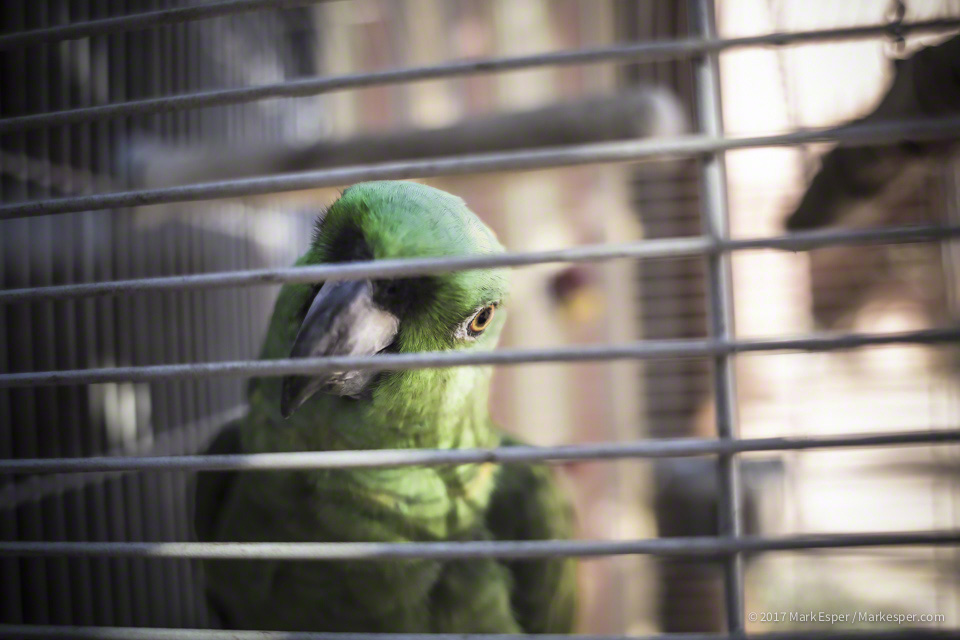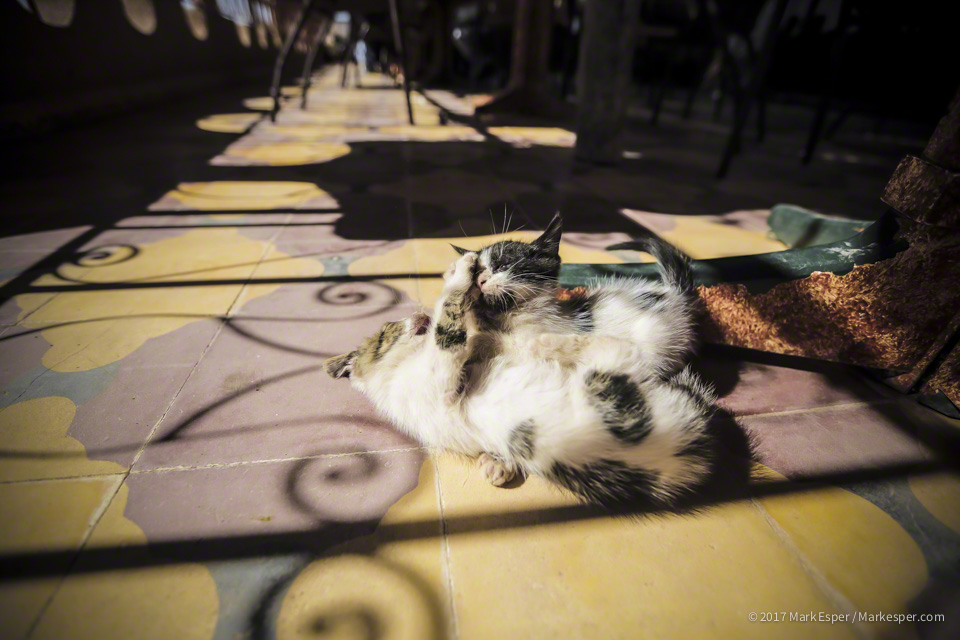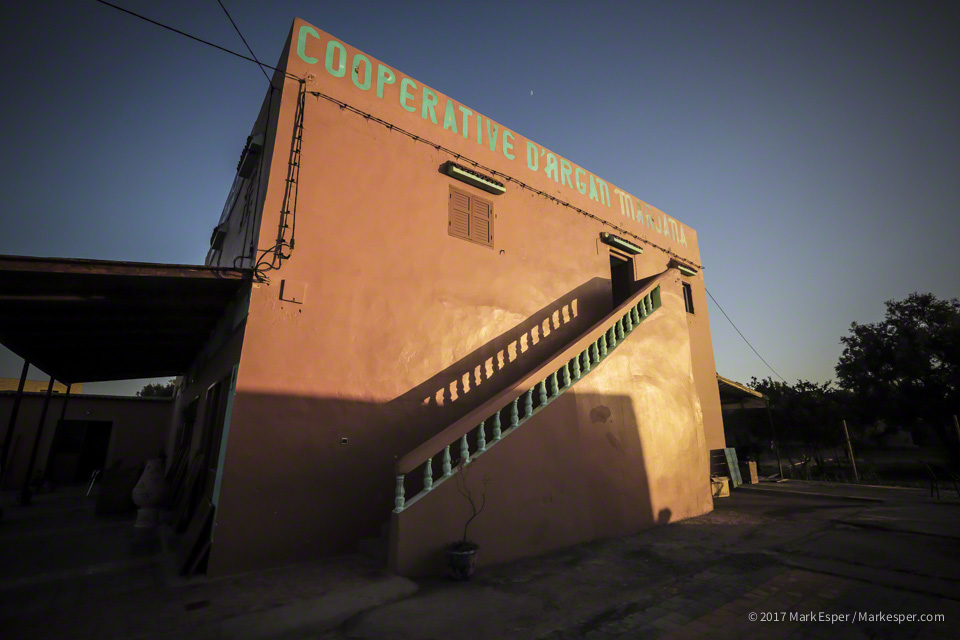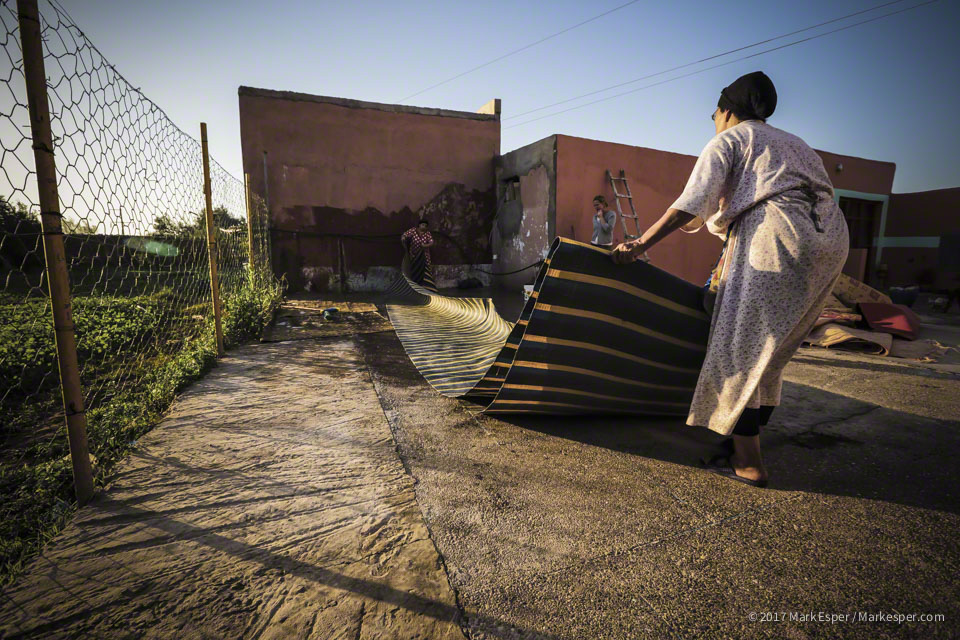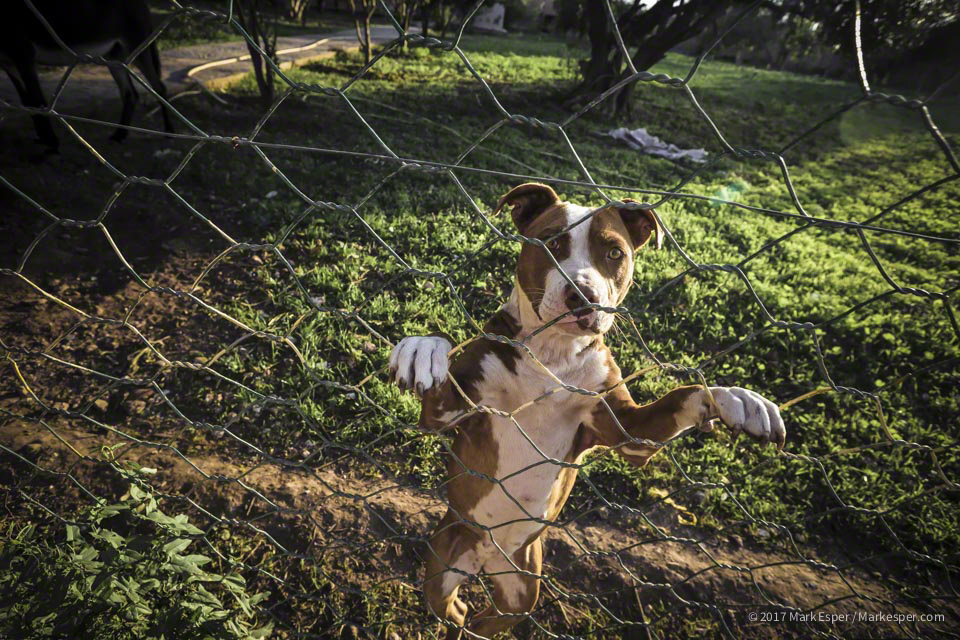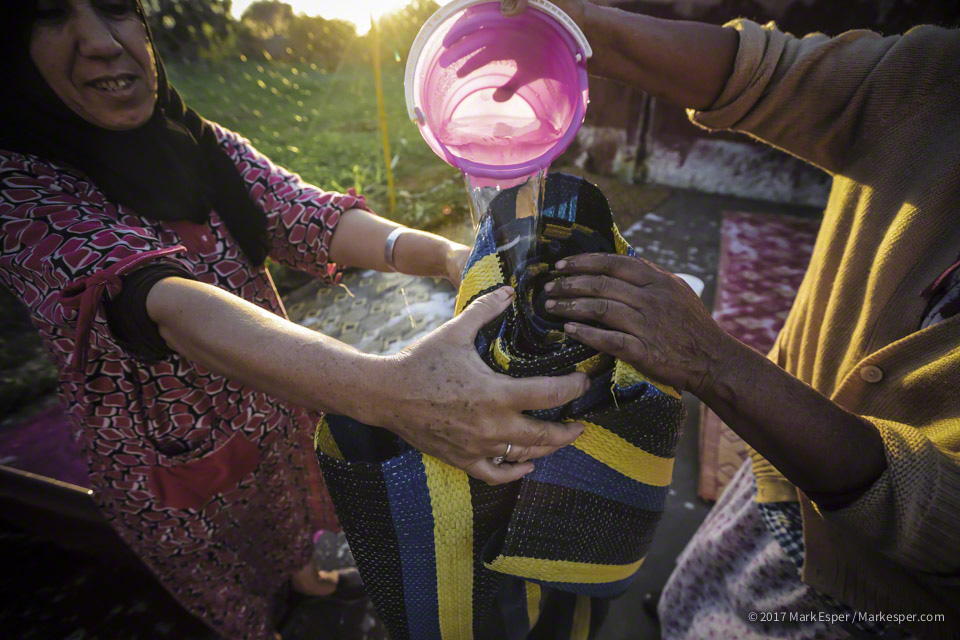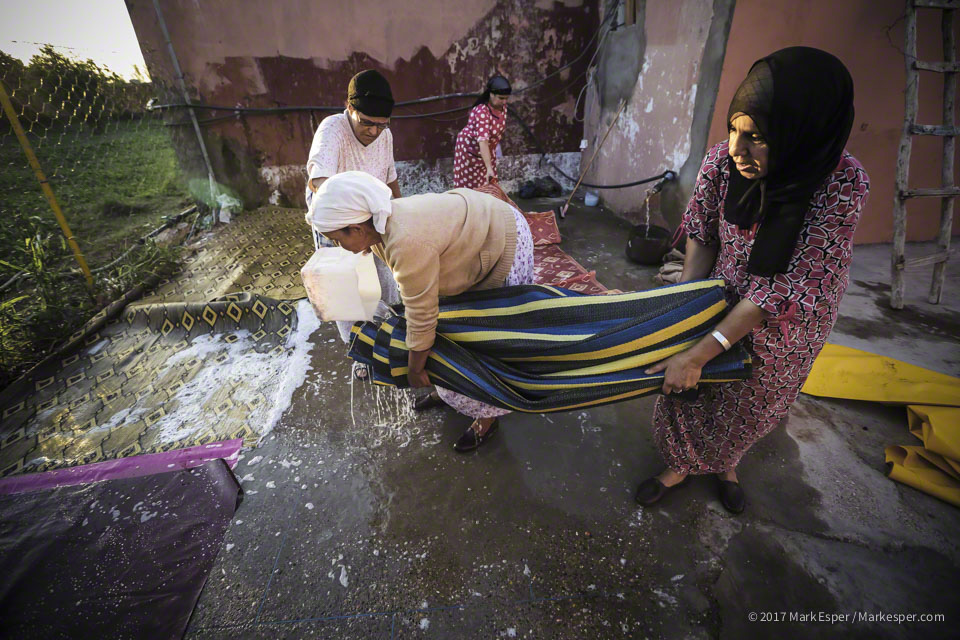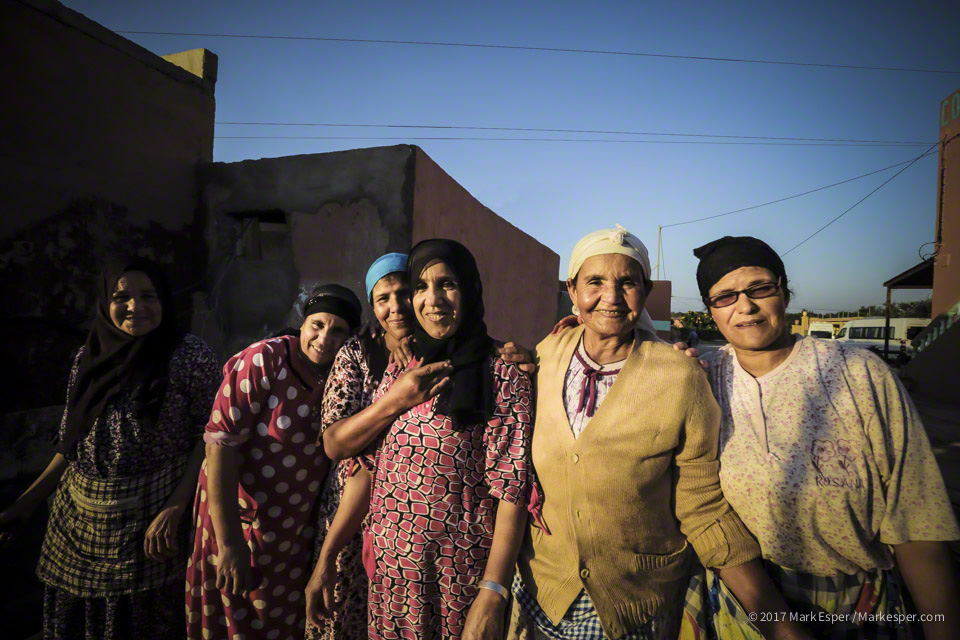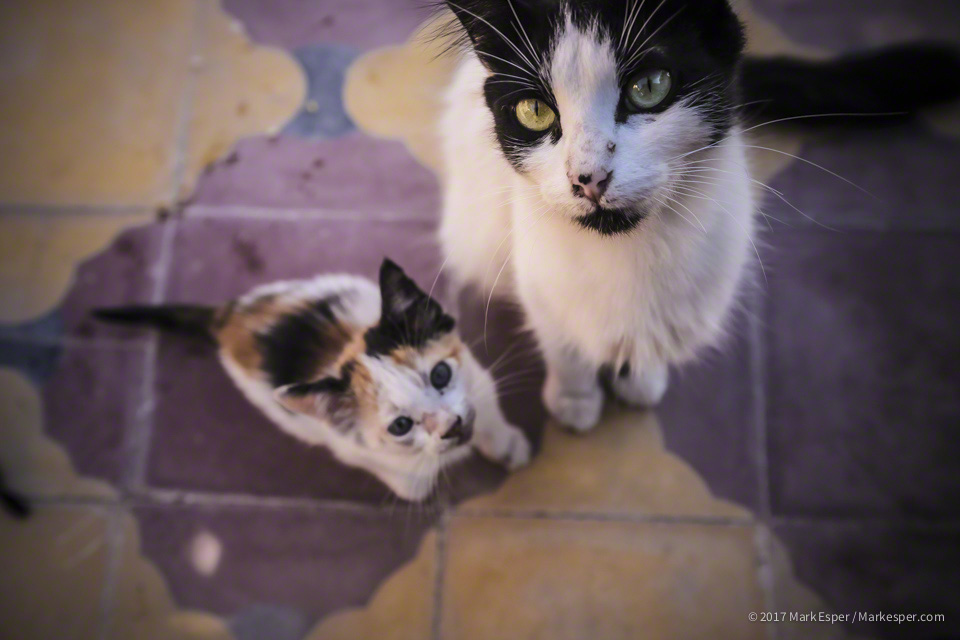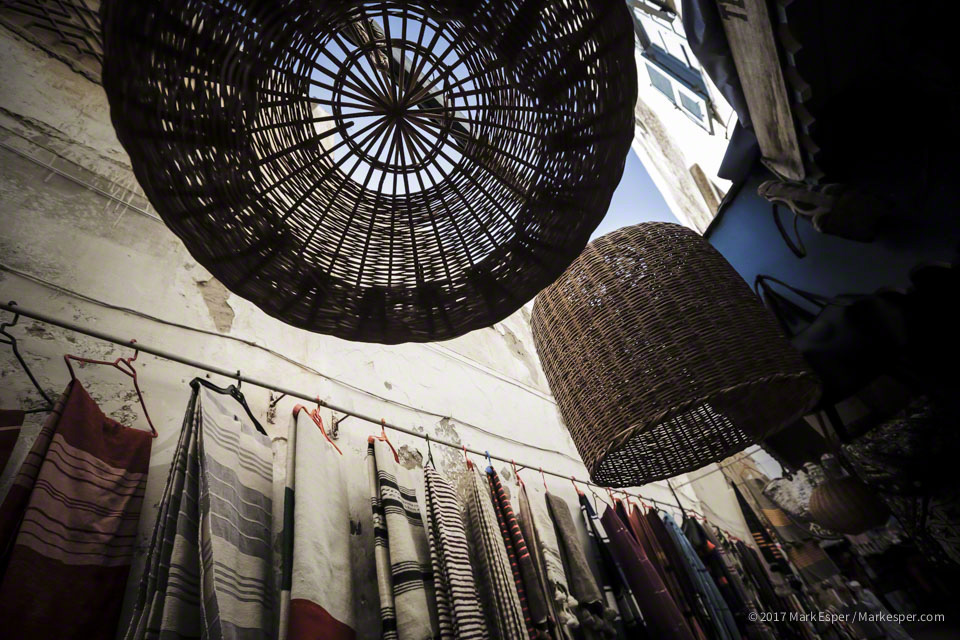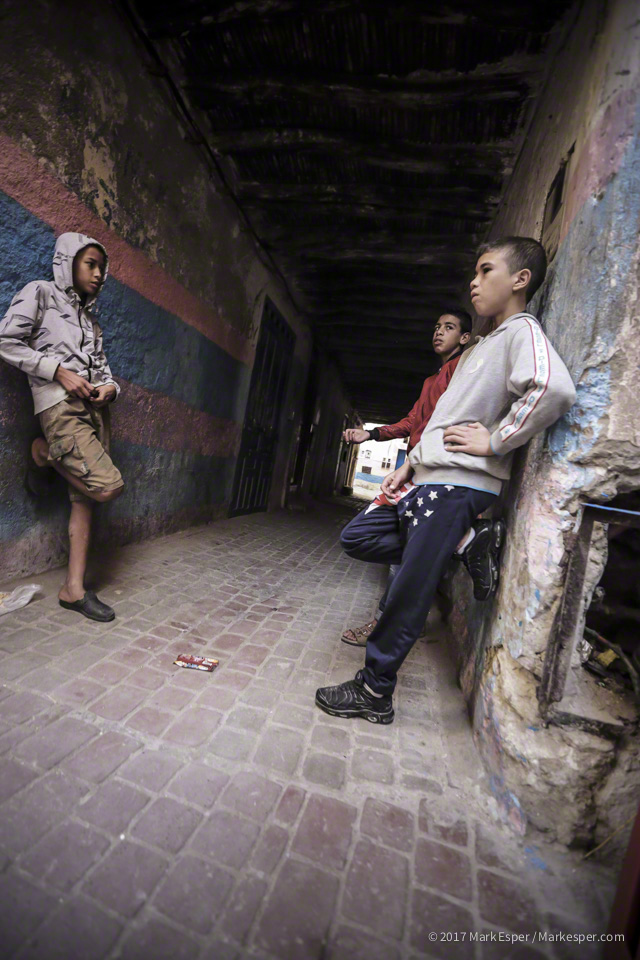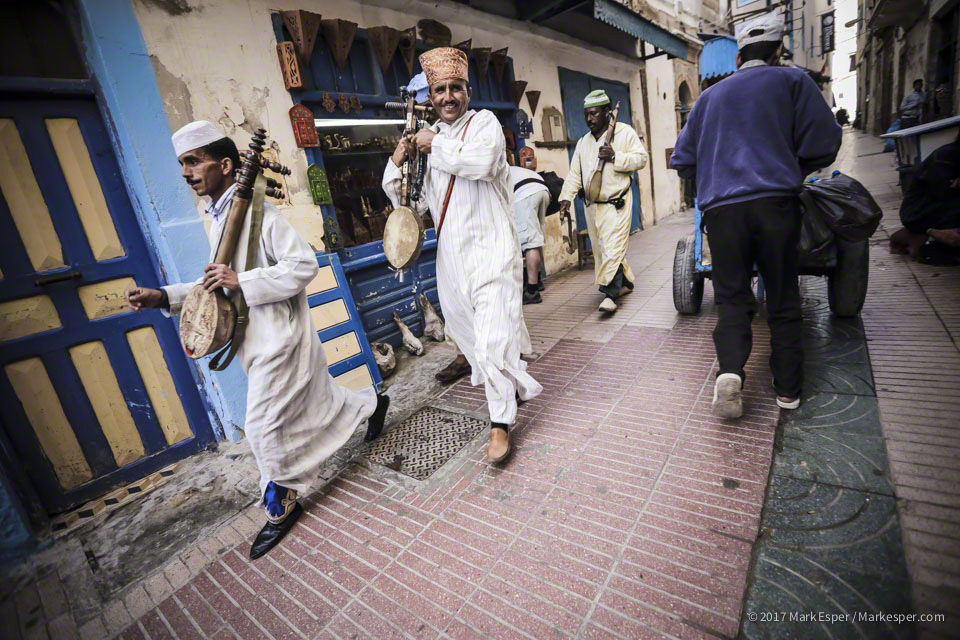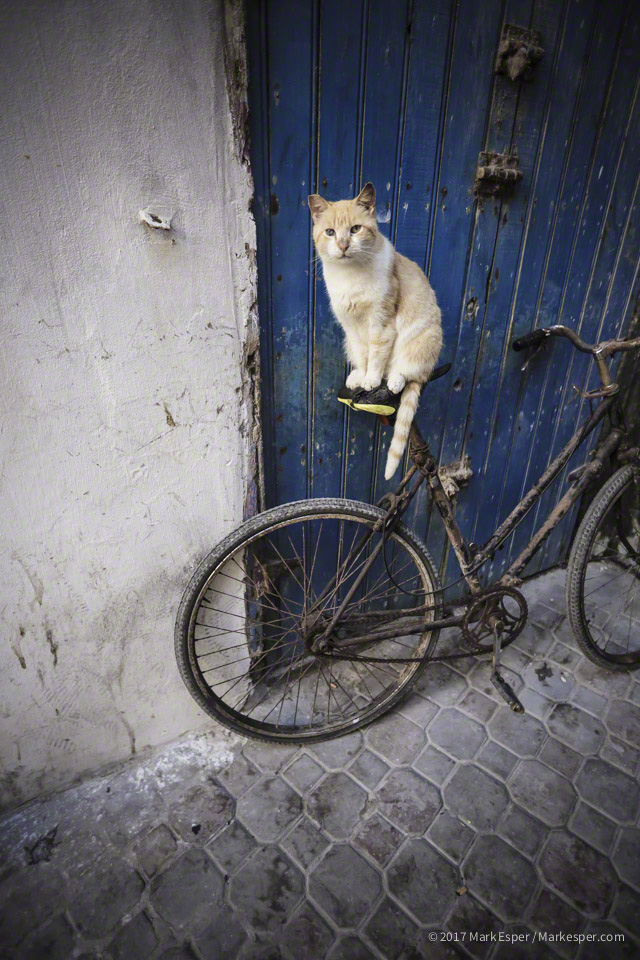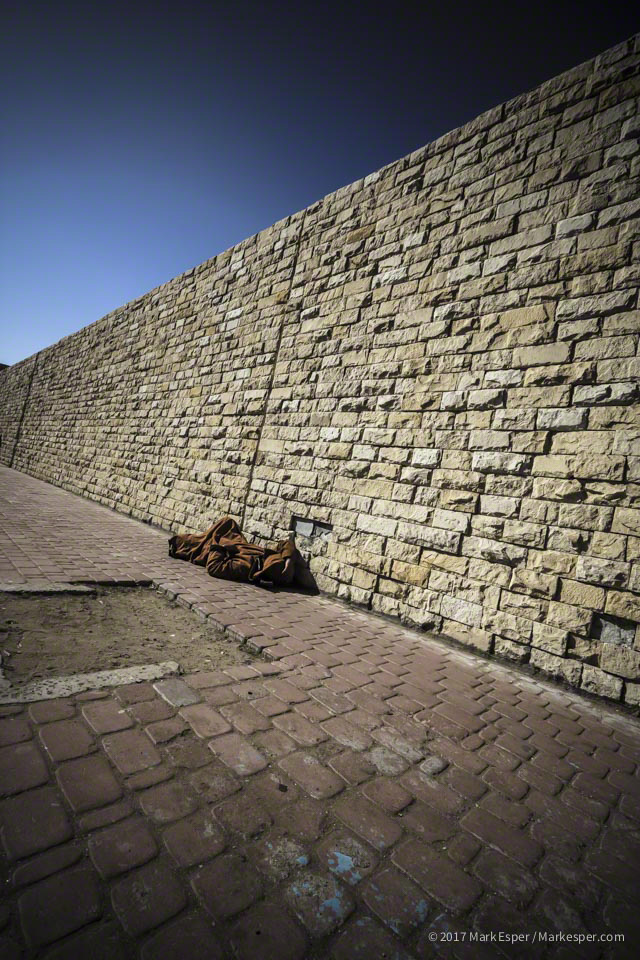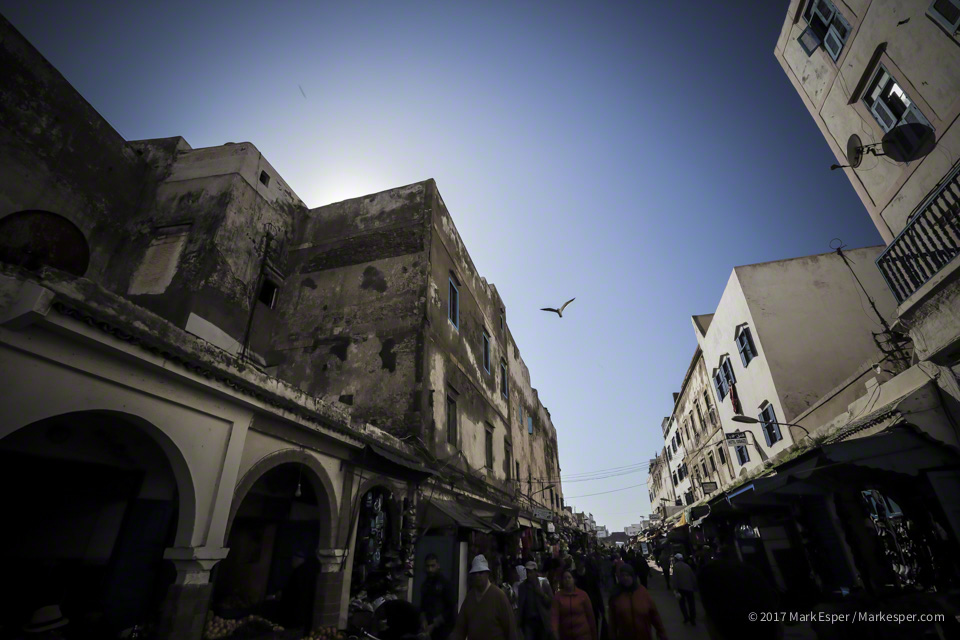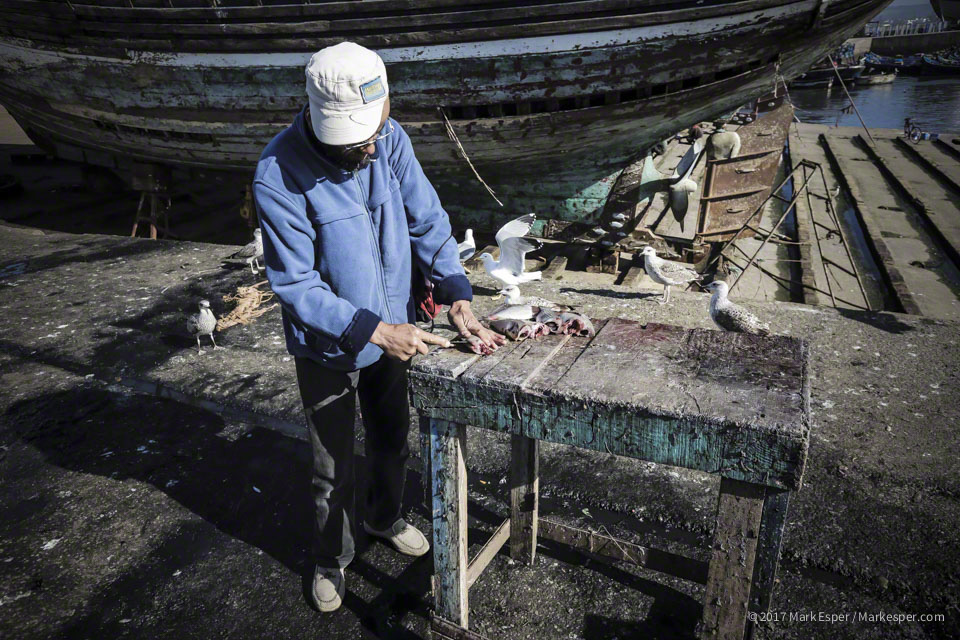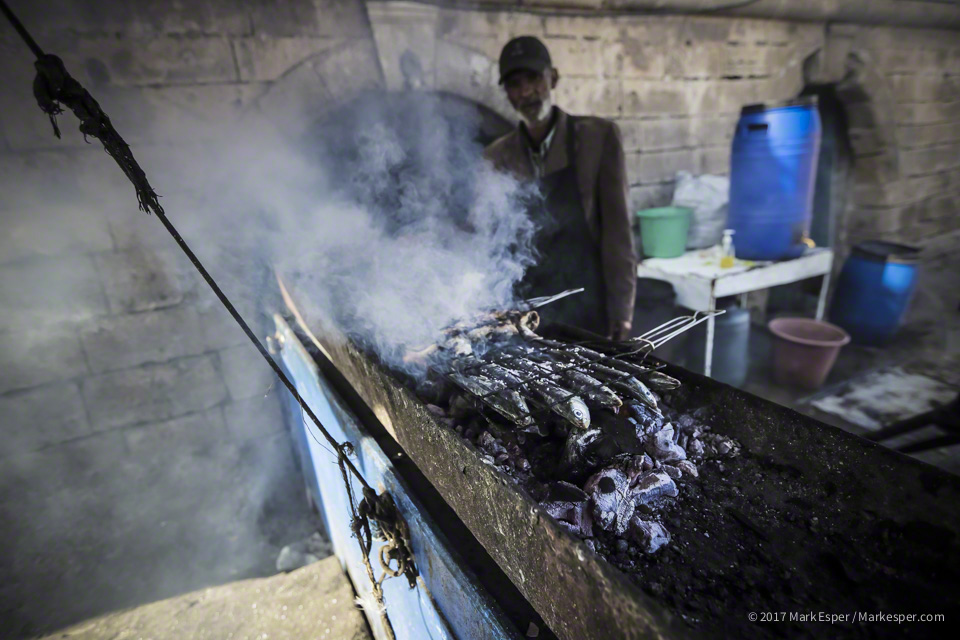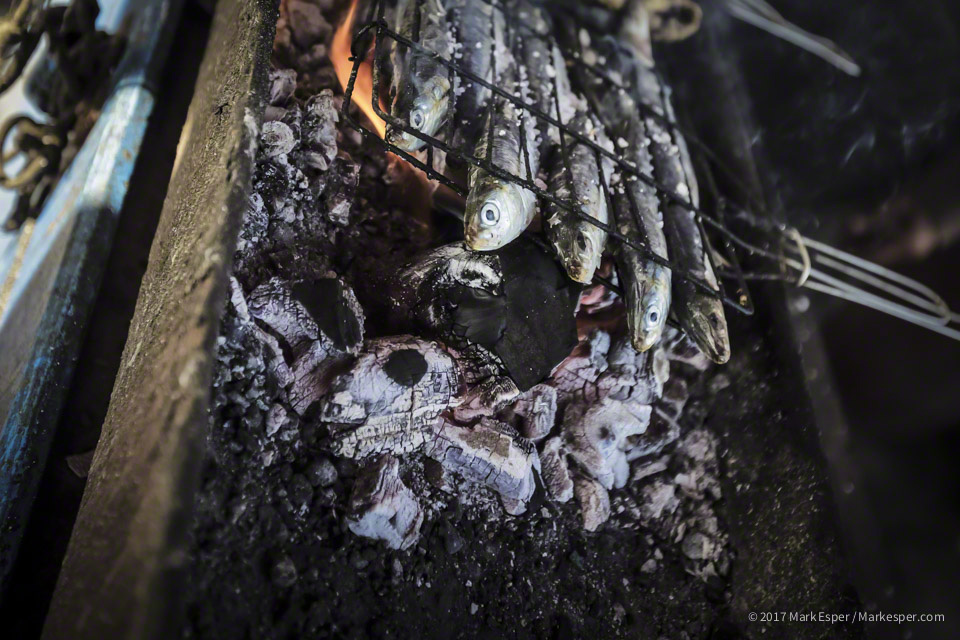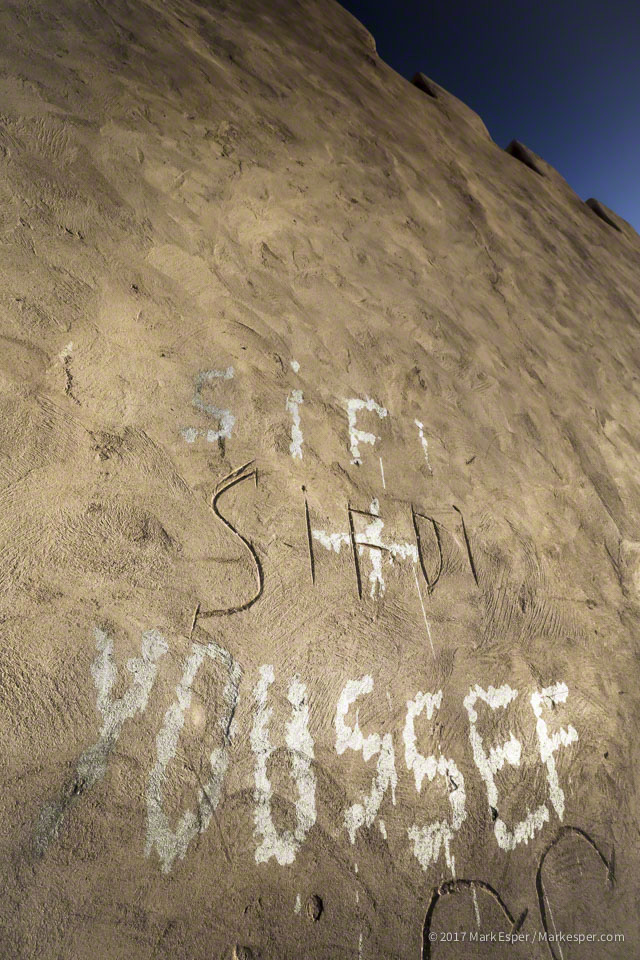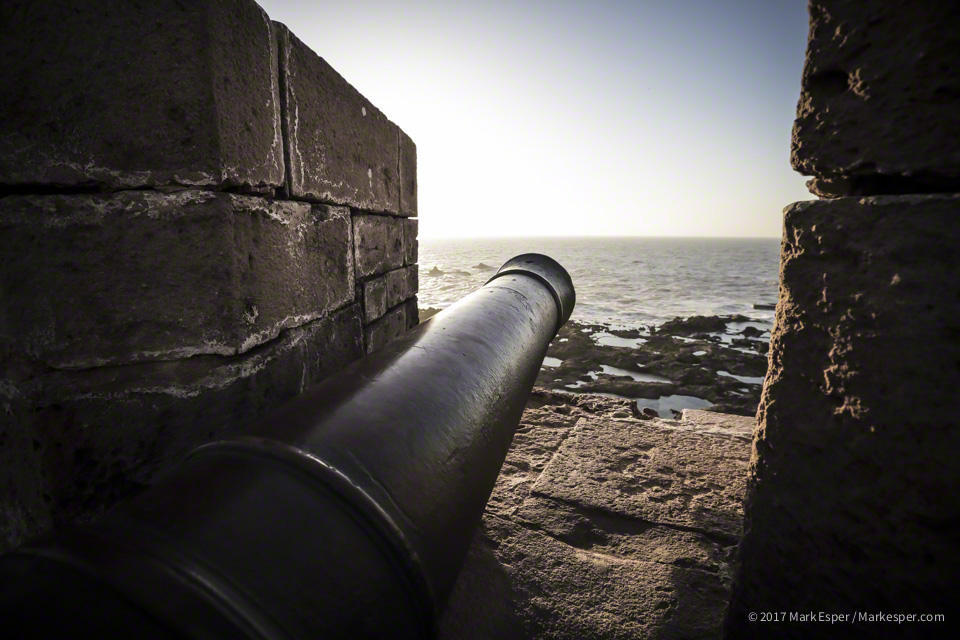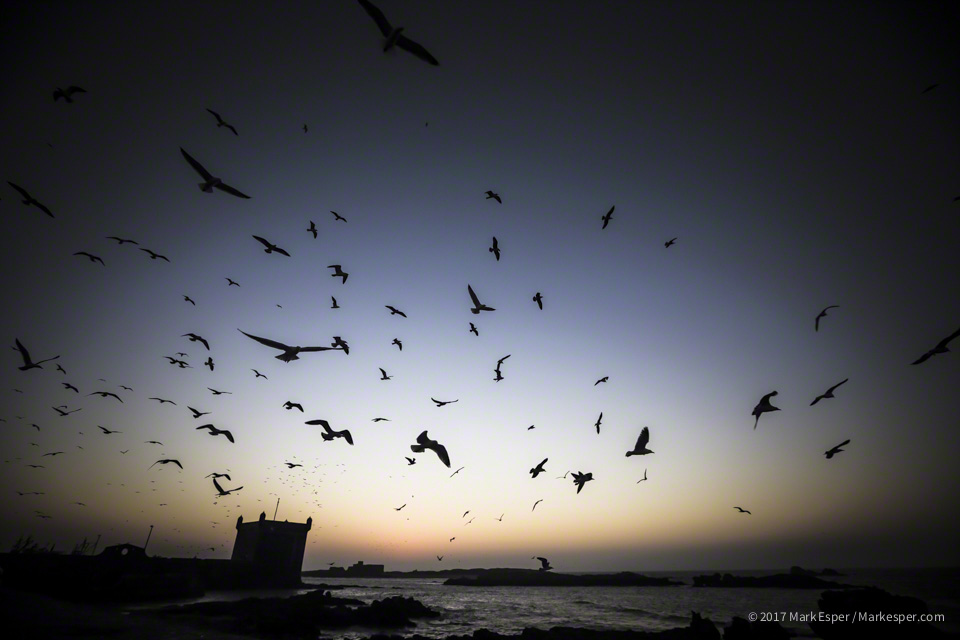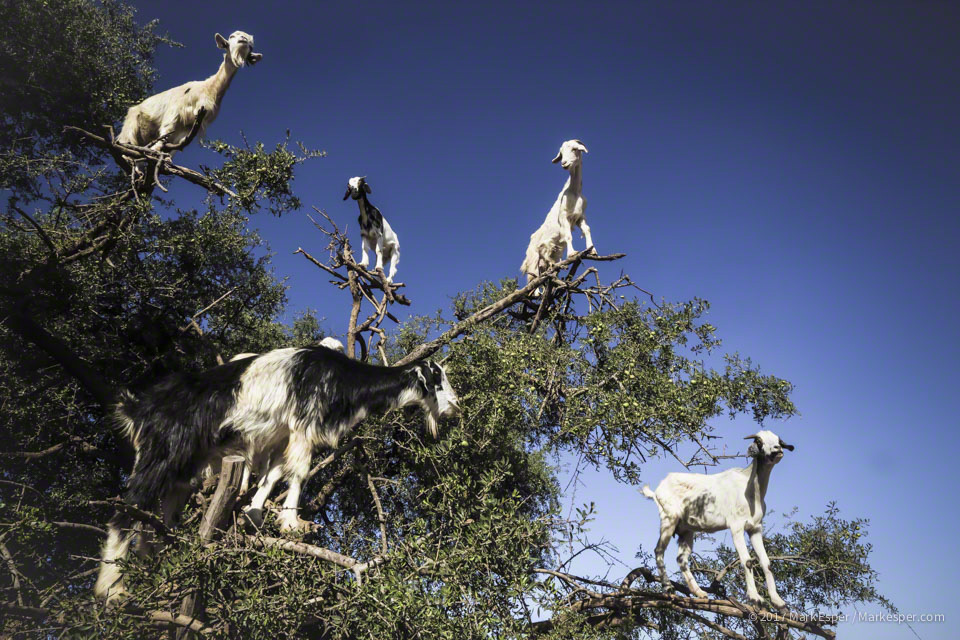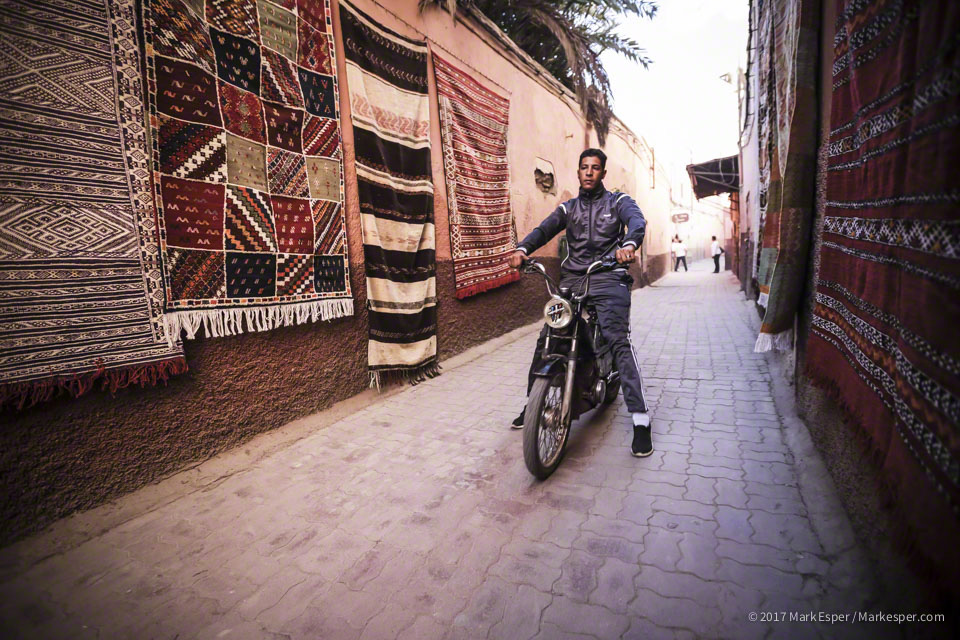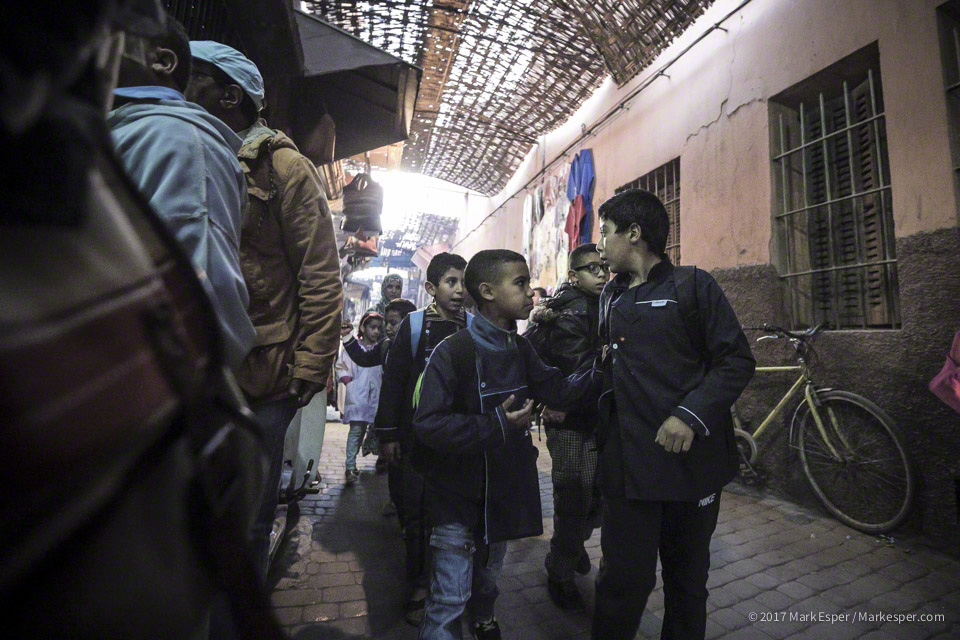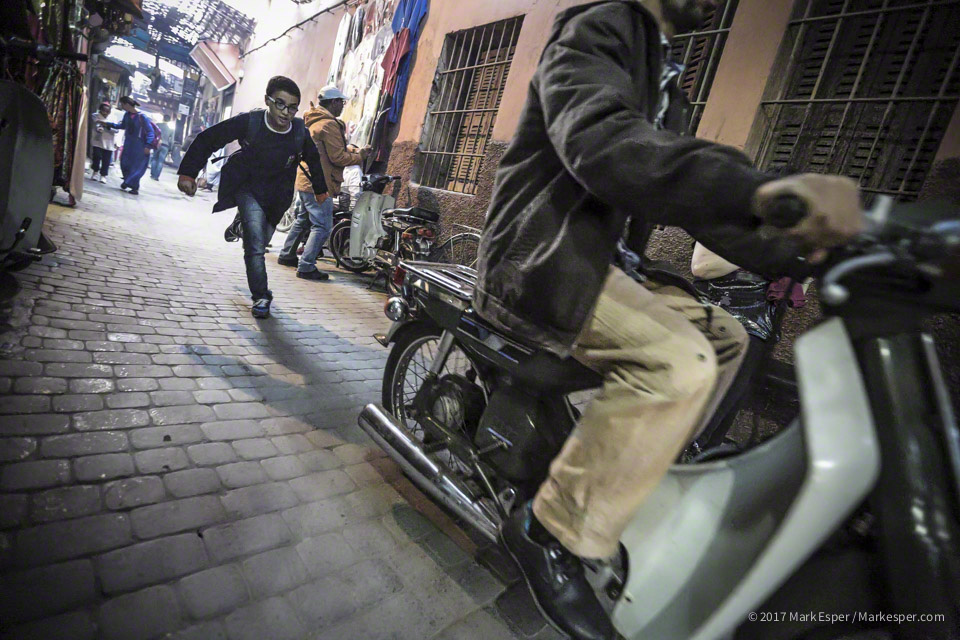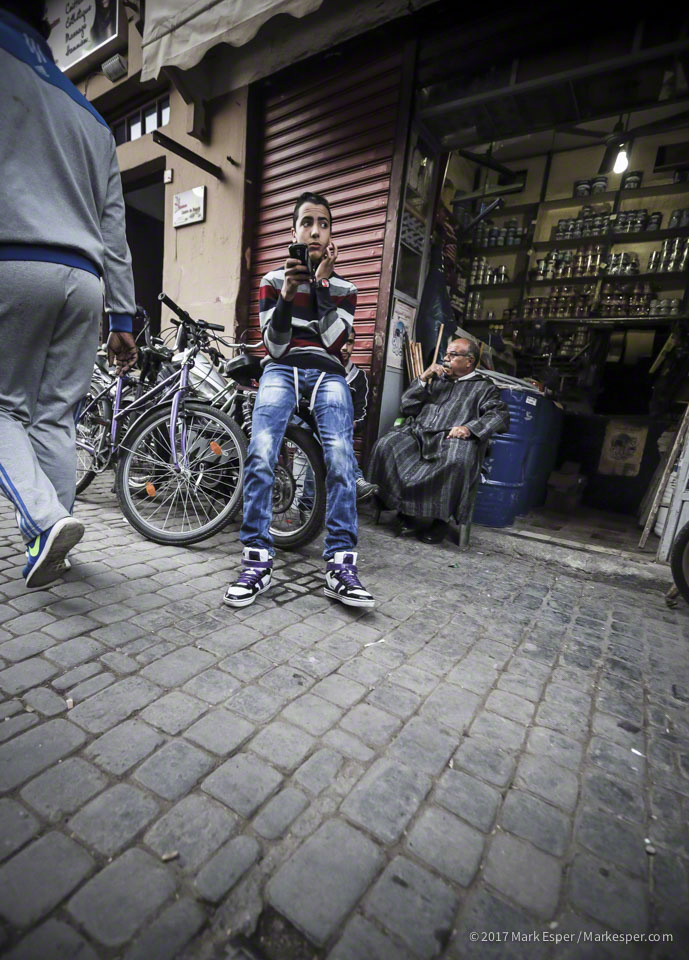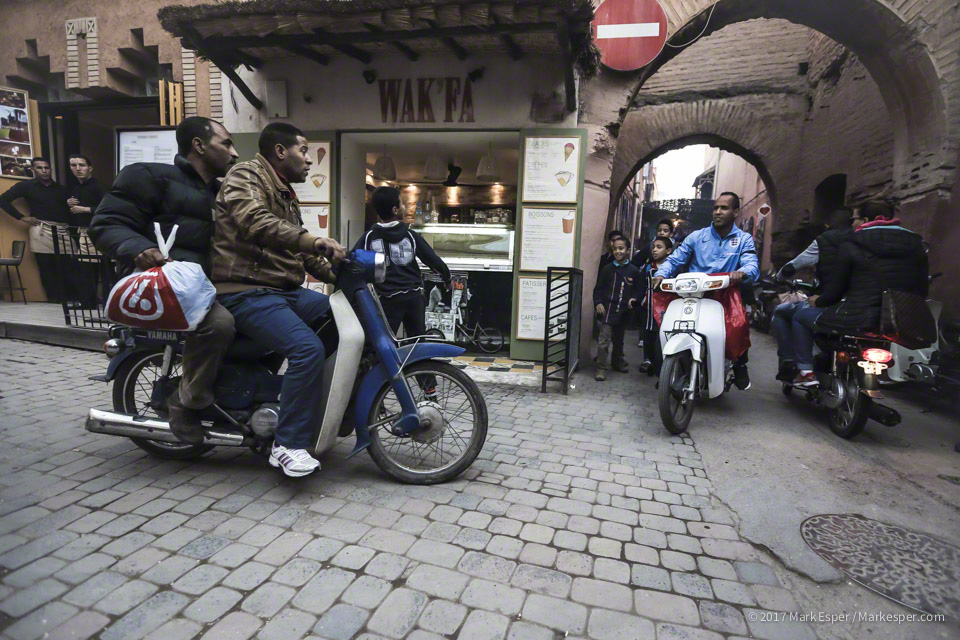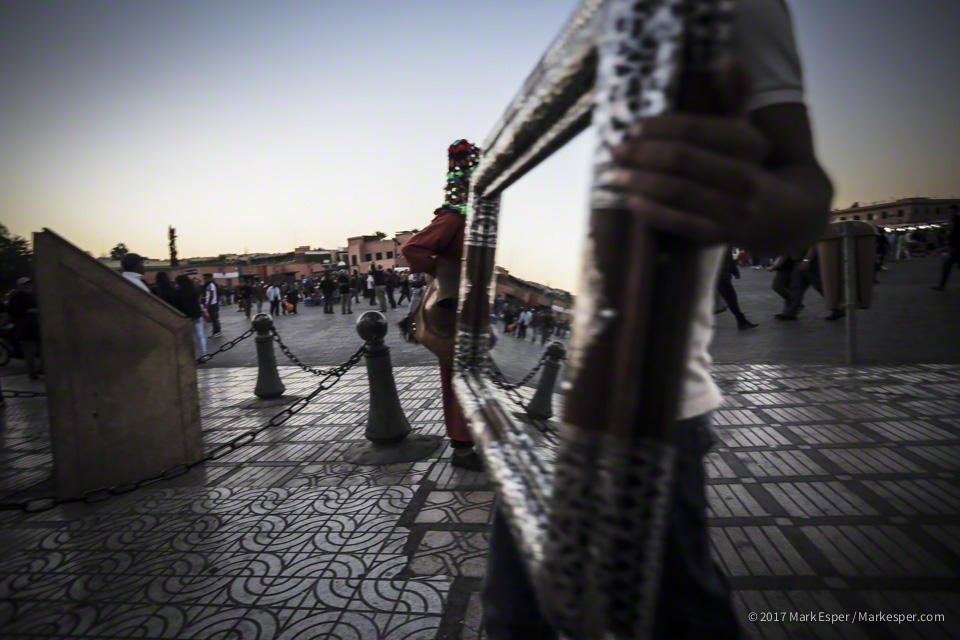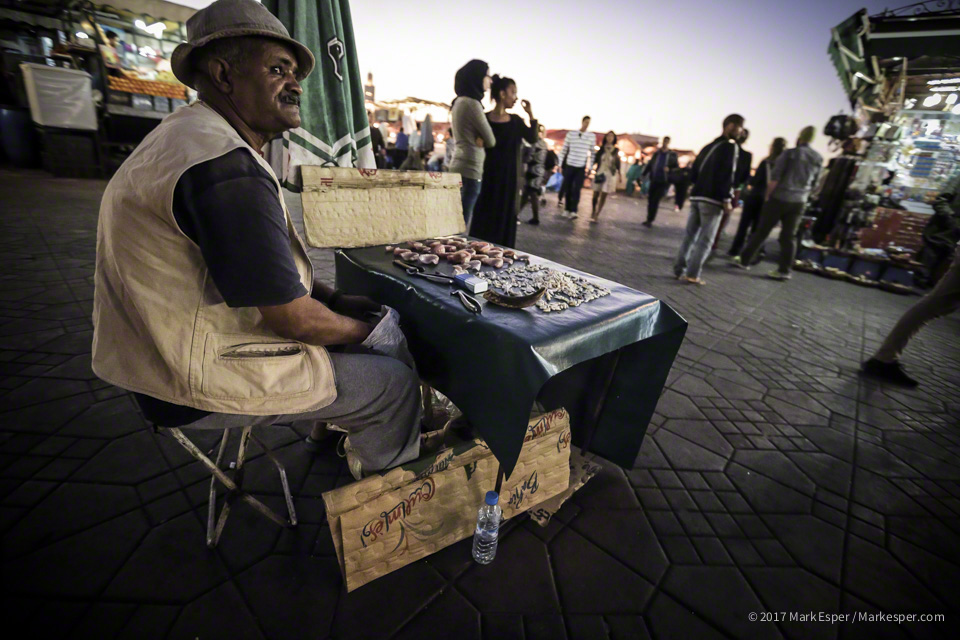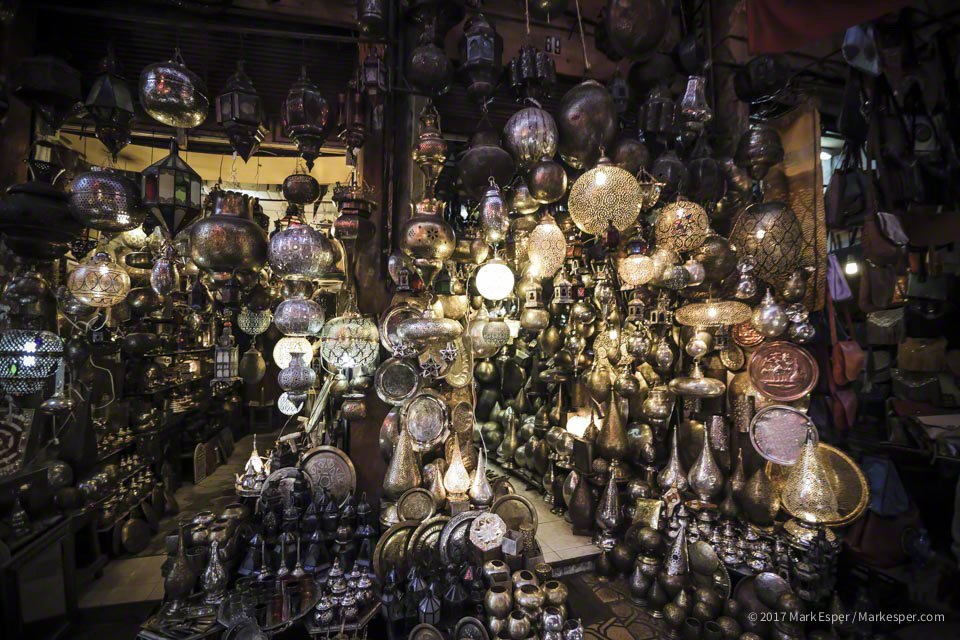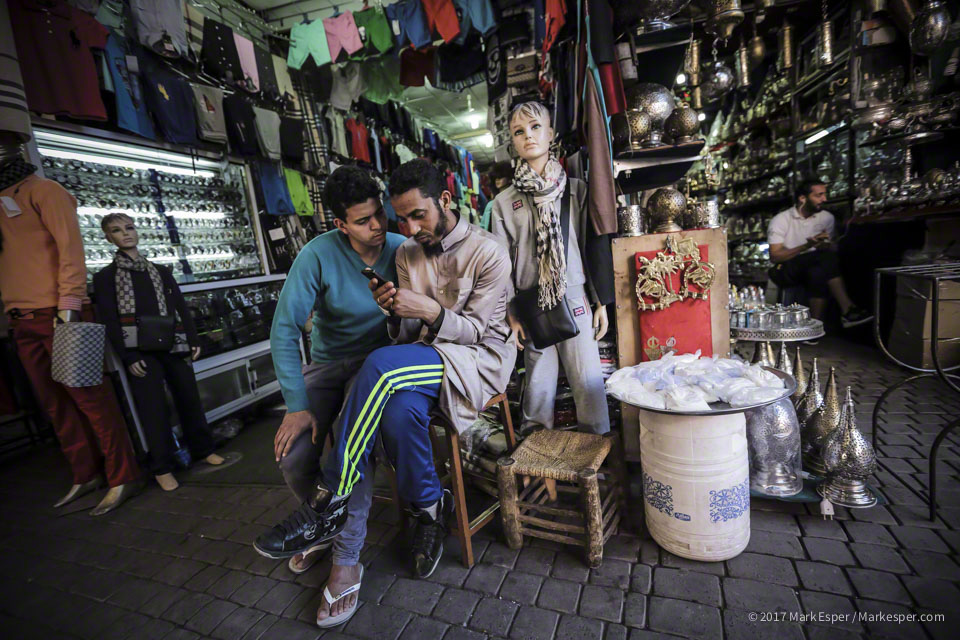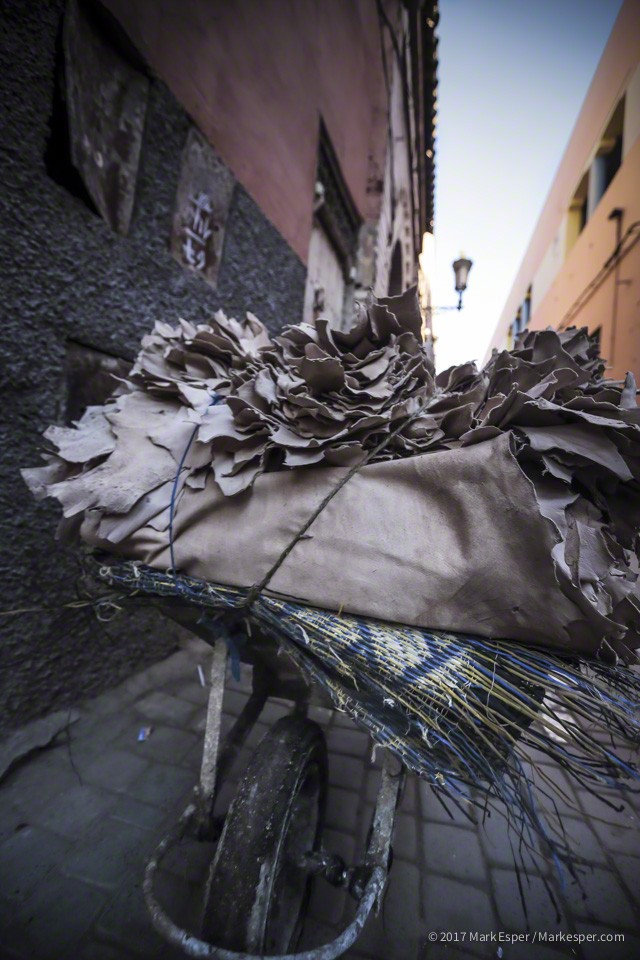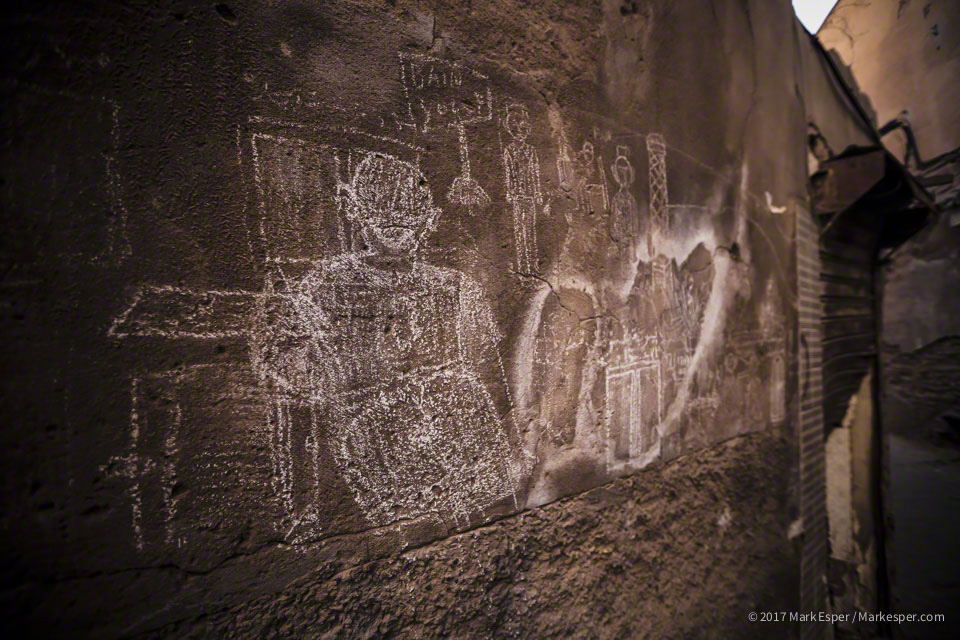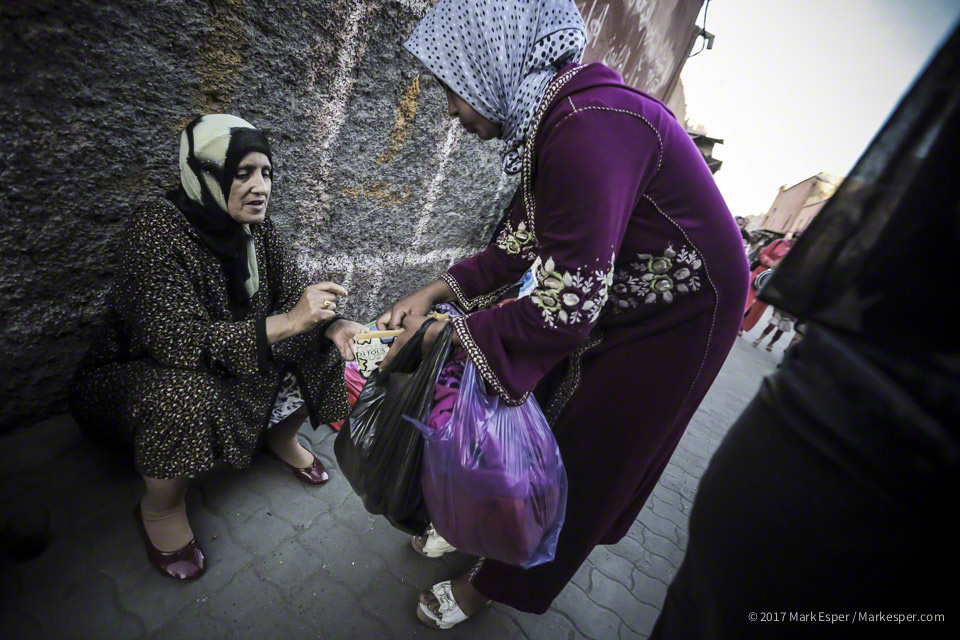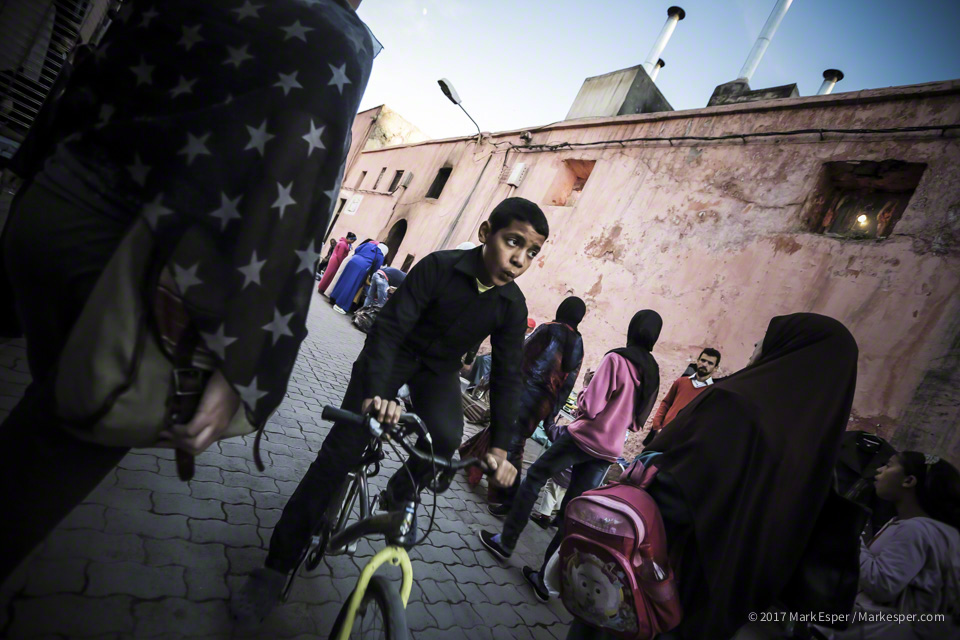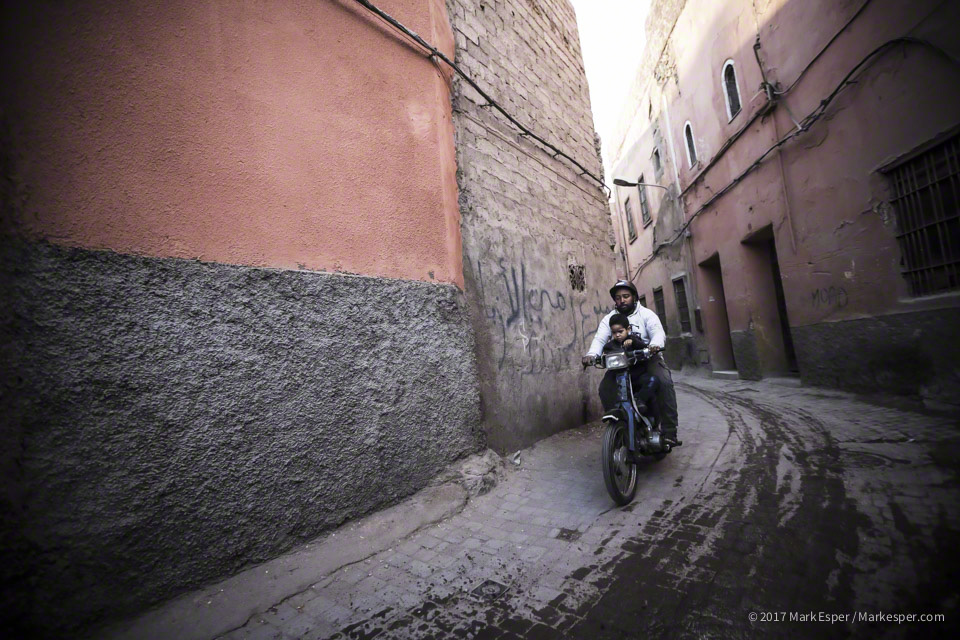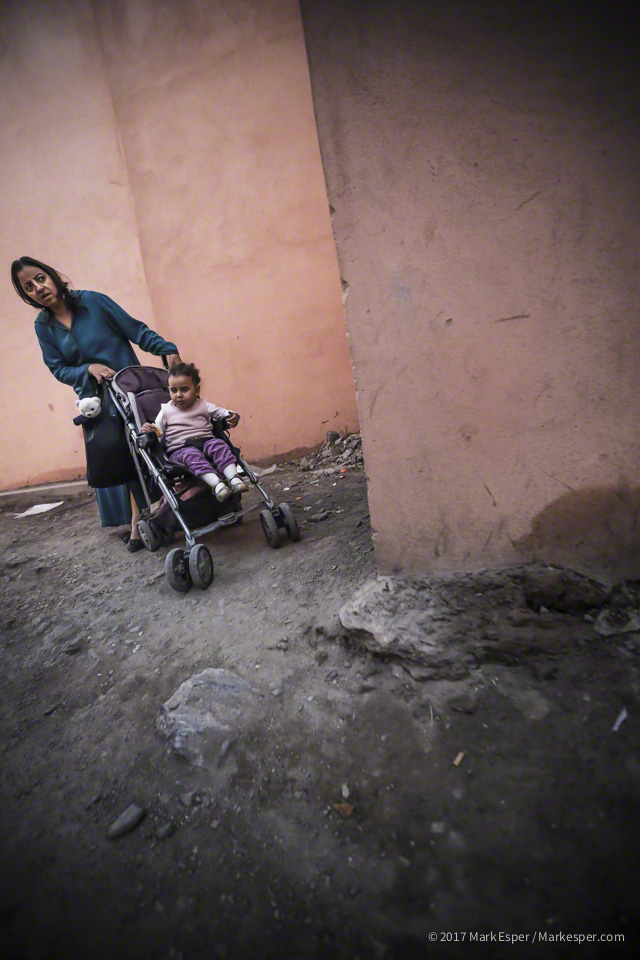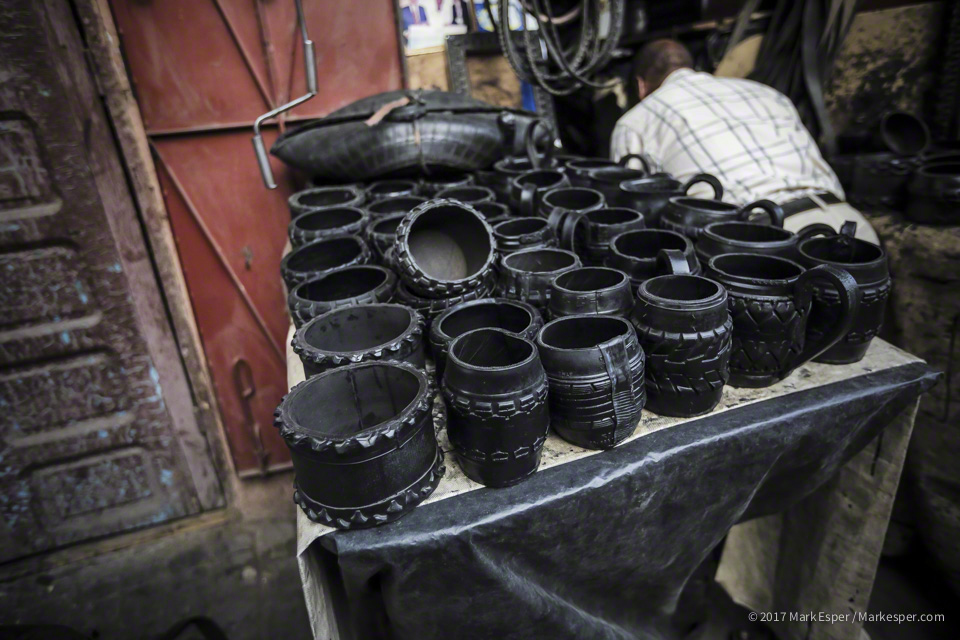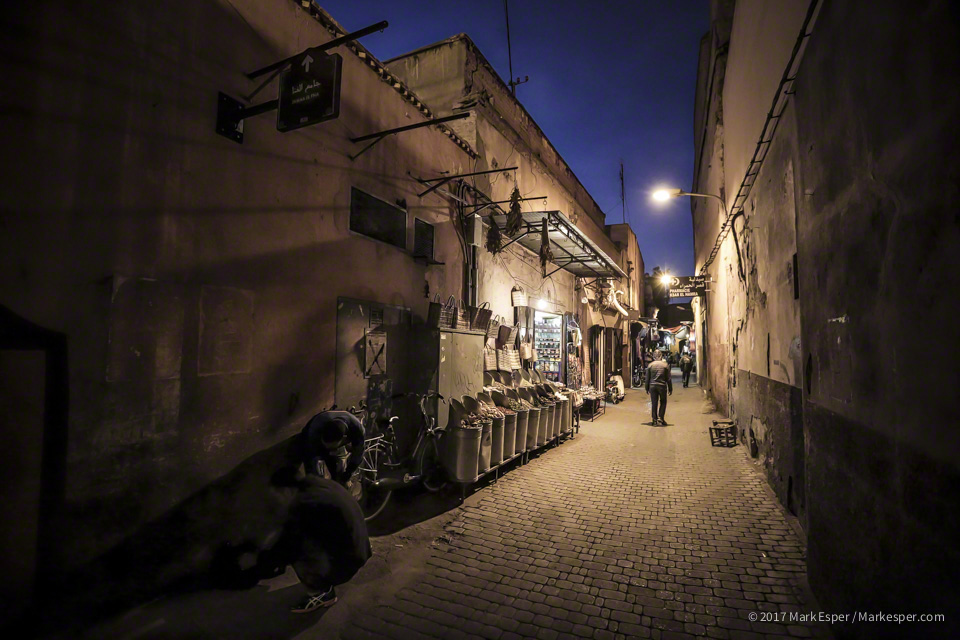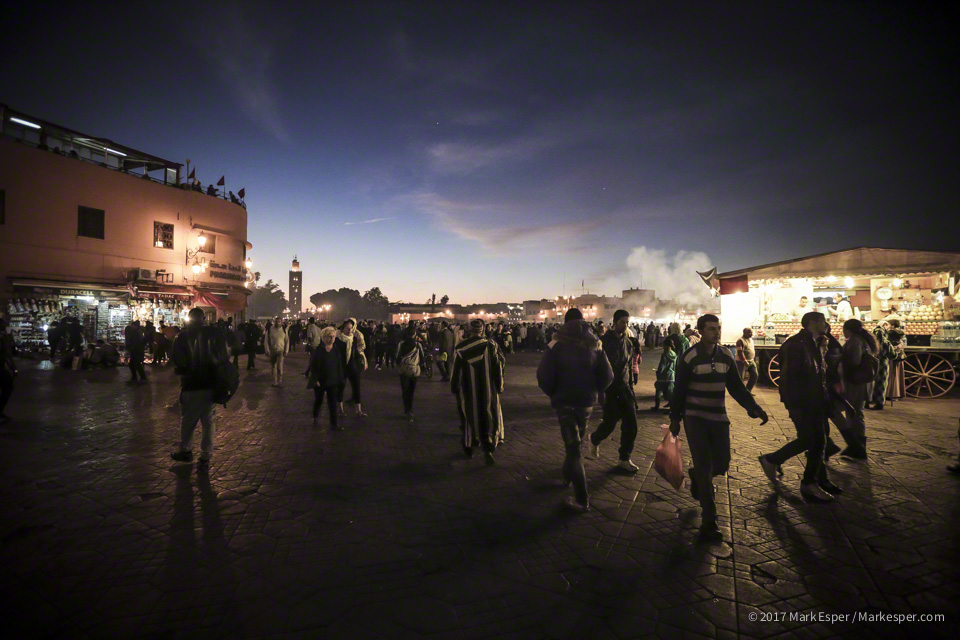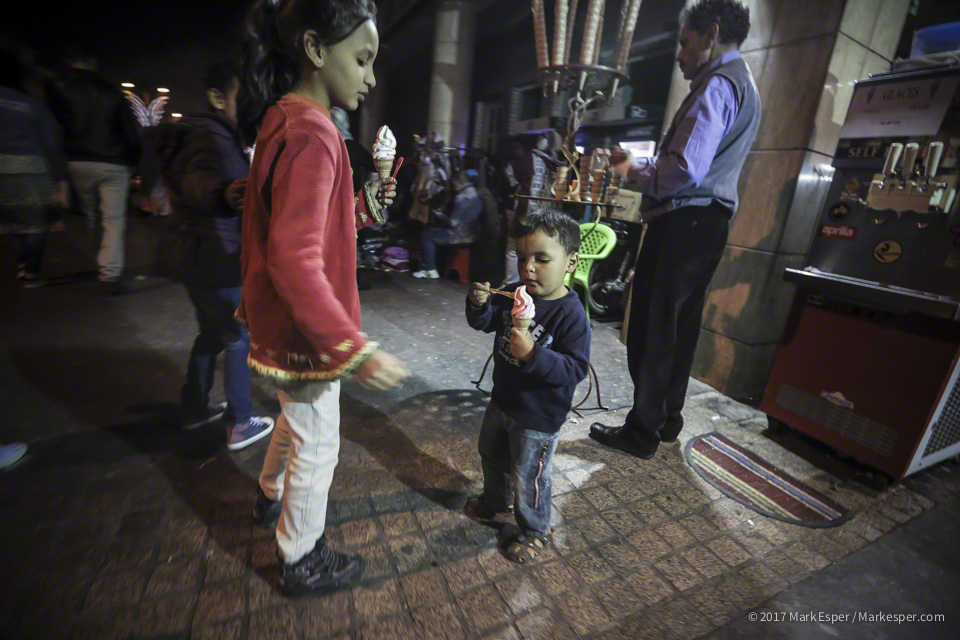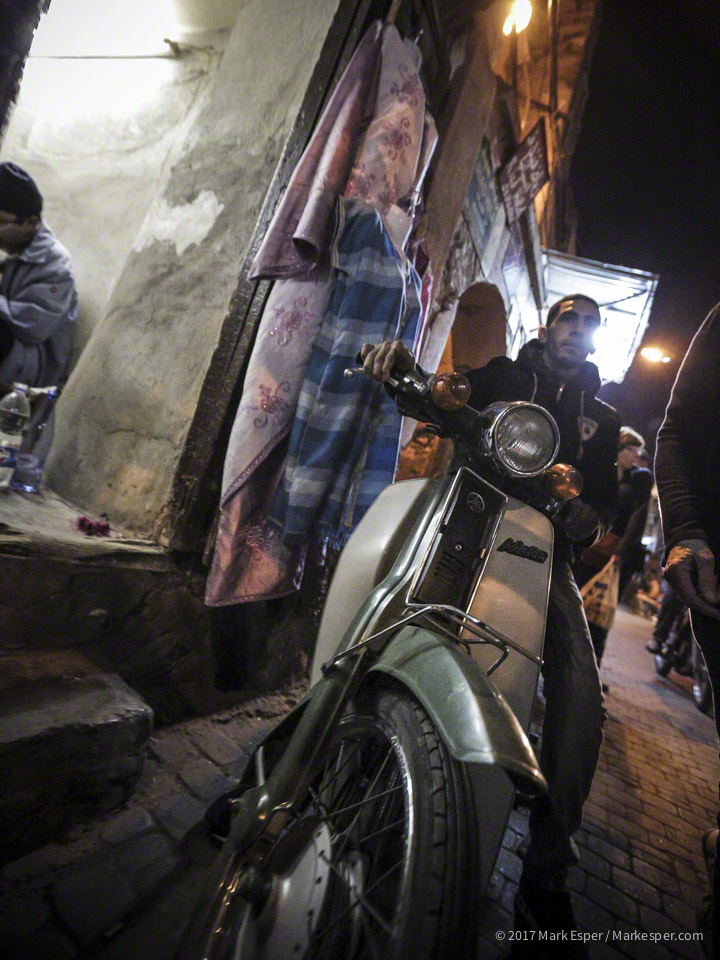Morocco (roughly translated as “the place the sun sets; the west”) is located in the Maghreb region of North Africa. Characterised by a rugged mountainous interior, Morocco is made up of large tracts of desert and a lengthy coastline along the Atlantic Ocean and Mediterranean Sea. With population of over 33.8 million its capital city is Rabat, and the largest one being Casablanca.
A historically prominent regional power, Morocco has a history of independence not shared by its neighbours. Since the foundation of the first Moroccan state by Idris I in 789, the country has been ruled by a series of independent dynasties. In 1912 Morocco was divided into French and Spanish protectorates, with an international zone in Tangier, and regained its independence in 1956.
Moroccan culture is a blend of Arab, indigenous Berber, Sub-Saharan African, and European influences. Morocco’s predominant religion is Islam, and the official languages are Arabic and Berber. The Moroccan dialect, referred to as Darija, and French are also widely spoken. Morocco is a member of the Arab League, the Union for the Mediterranean, and the African Union and has the fifth largest economy of Africa.
CASABLANCA
The Grande Mosque Hassan II
The Grande Mosque Hassan II is the largest mosque in Morocco. With the world’s tallest minaret at 60 stories high, it is topped by a laser light that is directed towards Mecca. With walls of hand-crafted marble, it has a retractable roof where a maximum of 105,000 worshippers can gather together for prayer: 25,000 inside the hall and another 80,000 outside. Completed in 1993, designed by Michel Pinseau and built by Bouygues, it rises above the Atlantic Ocean, the building being built both on land and over the sea.
RABAT
Mausoleum of Mohammed V
The Mausoleum of Mohammed V is located on the Yacoub al-Mansour esplanade in Rabat, Morocco. The building is considered a masterpiece of modern Alaouite dynasty architecture, with its white silhouette, topped by a typical green tiled roof, green being the colour of Islam. It contains the tombs of the Moroccan king and his two sons, late King Hassan II and Prince Abdallah. A reader of the Koran is often present, having a purpose-built seat.
MEKNES
City of a Thousand Minarets
Meknes is located in northern central Morocco and the sixth largest city by population in the kingdom.
Founded in the 11th century by the Almoravids, Sultan Moulay Ismaïl turned Meknes into an impressive city in surrounded by high walls with great doors, blending Islamic and European styles. Meknes saw its golden age with Ismail’s accession to the Sultanate of Morocco. He constructed numerous edifices, gardens, monumental gates, mosques (whence the city’s nickname of “City of a Hundred Minarets”) and the large line of wall, having a length of 40 kilometres (25 miles). His many building projects were made possible by a large number of European slaves taken at sea, with as much as 30 000 slaves were working on his palace every day.
VOLUBILIS
On The Edges of The Roman Empire
Volubilis is a partly excavated Berber and Roman city in Morocco situated near the city of Meknes, commonly considered as the ancient capital of the kingdom of Mauritania. Growing rapidly under Roman rule, it gained a number of major public buildings, including a basilica, temple and triumphal arch. Its prosperity, which was derived principally from olive growing, prompted the construction of many fine town-houses with large mosaic floors. It fell to local tribes around 285 and was never retaken by Rome because of its remoteness and indefensibility, however it continued to be inhabited for another 700 years. Today it is a UNESCO World Heritage Site.
FEZ
Morocco’s Second Largest City
Founded over a thousand years ago, Fez has many mosques and theological colleges including the 9th century Al Quaraouiyine University, whose architecture is similar to that seen in Moorish Spain. The medina in Fez is one of the largest in the world, an immense and confusing warren of souks home to thousands of craftsmen with their tiny shops opening onto the narrow alleyways. Noisy and pungent, hot and claustrophobic, the medina of Fez is a totally absorbing and unique experience with traders selling leather, brass and copper souks.Fez is listed as a World Heritage Site and is believed to be one of the world’s largest urban pedestrian zones (car-free areas). The University of Al Quaraouiyine, founded in 859, is the oldest continuously functioning university in the world.
ZIZ VALLEY
Across The Atlas Mountains
The Ziz Gorges are a series of gorges in Morocco defined by two gates at the southern and northern ends. Crossing the Middle Atlas Mountains, through the cedar forests and its monkeys (Barbary apes), the Ziz gorge and valley brings you out to the Hamada, (flat stony desert). Formed by the Ziz River cutting through the Atlas Mountains, ancient fossils are commonly excavated and sold in the Ziz Valley.
SAHARA DESERT
The Dunes of Merzouga
The Sahara Desert is the largest sand sea in Morocco, famed for its pink dunes which take on a spectacular rose colour at sunset. ‘Erg Chebbi’ is one of Morocco’s two Saharan ‘ergs’ — large seas of dunes formed by wind-blown sand. Merzouga, the local tourist centre, is located near the edge of the dune. A two hour camel trek through the dunes from there will bring you to a simple Bedouin camp where you can sleep under the stars and enjoy a camp fire meal. At a height of up to 150 meters in some places. Erg Chebbi offers an amazing view across the dune sea at sunset.
TODGHA GORGE
Morocco’s Mountainous Canyons
High in the Atlas Mountains lies the town of Tinerhir. Famed for its fossil excavations and arts and crafts workshops, Tinerhir leads the way to Morocco’s equally famous Todgha Gorge. Carved out by huge, ancient glacier rivers, Todgha’s cliff-sided canyons chart the last 40 km of the river’s course. The last 600 metres offers the most spectacular. Here the canyon narrows to a flat stony track, in places as little as 10 metres. With sheer and smooth rock walls up to 160 metres (525 ft) high on each side.
AÏT BENHADDOU
A Village Made of Earthen Clay
Aït Benhaddou is an ighrem (or fortified village) along the former caravan route between the Sahara and Marrakech in present-day Morocco. Whilst most live in more modern dwellings on the other side of the river, there are still four families living in the ancient interior. As a great example of Moroccan earthen clay architecture, Aït Benhaddou walls houses half a dozen Casabas (or merchants houses) and other individual dwellings. Since 1987 Aït Benhaddou has been a UNESCO World Heritage site with many films having been shot there, including Ridley Scott’s ‘Gladiator’.
TIJZHA VALLEY
Morocco’s Pastoral Heritage
Heading up into the hills on mule tracks, the High Atlas Mountains acts as a fitting backdrop to Tijhza Valley, where rural life continues as it has done for hundreds of years. With beautiful mountain views all around, Tijhza is just one of four villages in this remote valley that has been supported by UNESCO for over ten years on various projects requested by the Village Association, including building a water tower and a school. According to the last census in 2004 census, Tijhza has a population of 2,217 although it does not feel like it walking through its quiet streets and pathways.
JOURNEY TO ESSAOUIRA
Telouet and Argan Oil
A short drive from the foot of Tijzha Valley is the palace of Telouet. This Casbah stands abandoned and crumbling along the former caravan route from the Sahara over the Atlas Mountains to Marrakech. At an elevation of 1,800 m it was once the seat of the El Glaoui family’s power. Although it is now steadily becoming more damaged and falling into collapse, restoration work started in 2010 to restore the property. Just outside Essaouira is the Co-operative D’Argan which is run exclusively by women. Here they gather and process the kernels of the argan tree that is endemic to Morocco. Argan oil is used to dip bread in at breakfast or to drizzle on couscous or pasta. It is also used for cosmetic purposes. And, as with so much of Morocco, cats are everywhere.
ESSAOUIRA
Historic Port of Culture
Essaouira is a city in the western Moroccan economic region of Marrakesh-Safi, on the Atlantic coast. Its name means “the little rampart”, a reference to the fortress walls that still enclose part of the city. Now a thriving fishing port and tourist destination, archaeological research shows that Essaouira has been occupied since prehistoric times. The bay at Essaouira is partially sheltered by the island of Mogador, making it a peaceful harbour protected against strong marine winds.
JOURNEY TO MARRAKECH
The Caravan Trail
Driving towards Marrakech from Essaouira it is not uncommon to see a goat in a tree. Essaouira is a centre of argan oil production. It has become a tourist attraction due to the tree-climbing goats who are unique to the region, as argan trees are the only type the goats climb.
MARRAKECH
The Red City
Marrakech is a major city of the Kingdom of Morocco. Fourth largest city in the country, after Casablanca, Fez and Tangier it has been inhabited by Berber farmers since Neolithic times, but the actual city was founded in 1062. Due to its red walls, it has been given the city the nickname of the “Red City” or “Ochre City”. Marrakech grew rapidly and established itself as a cultural, religious, and trading centre for sub-Saharan Africa; The huge, open Jemaa el-Fnaa is the busiest square in Africa. Marrakesh has the largest traditional market (souk) in Morocco, with some 18 souks selling wares ranging from traditional Berber carpets to modern consumer electronics. Craft making employs a significant percentage of the population, who primarily sell their products to tourists.
Mark Esper
August 2017
Status: Available
Prints: Selected prints are available for online purchase.
Image Licensing: Mark Esper. All Rights Reserved.
